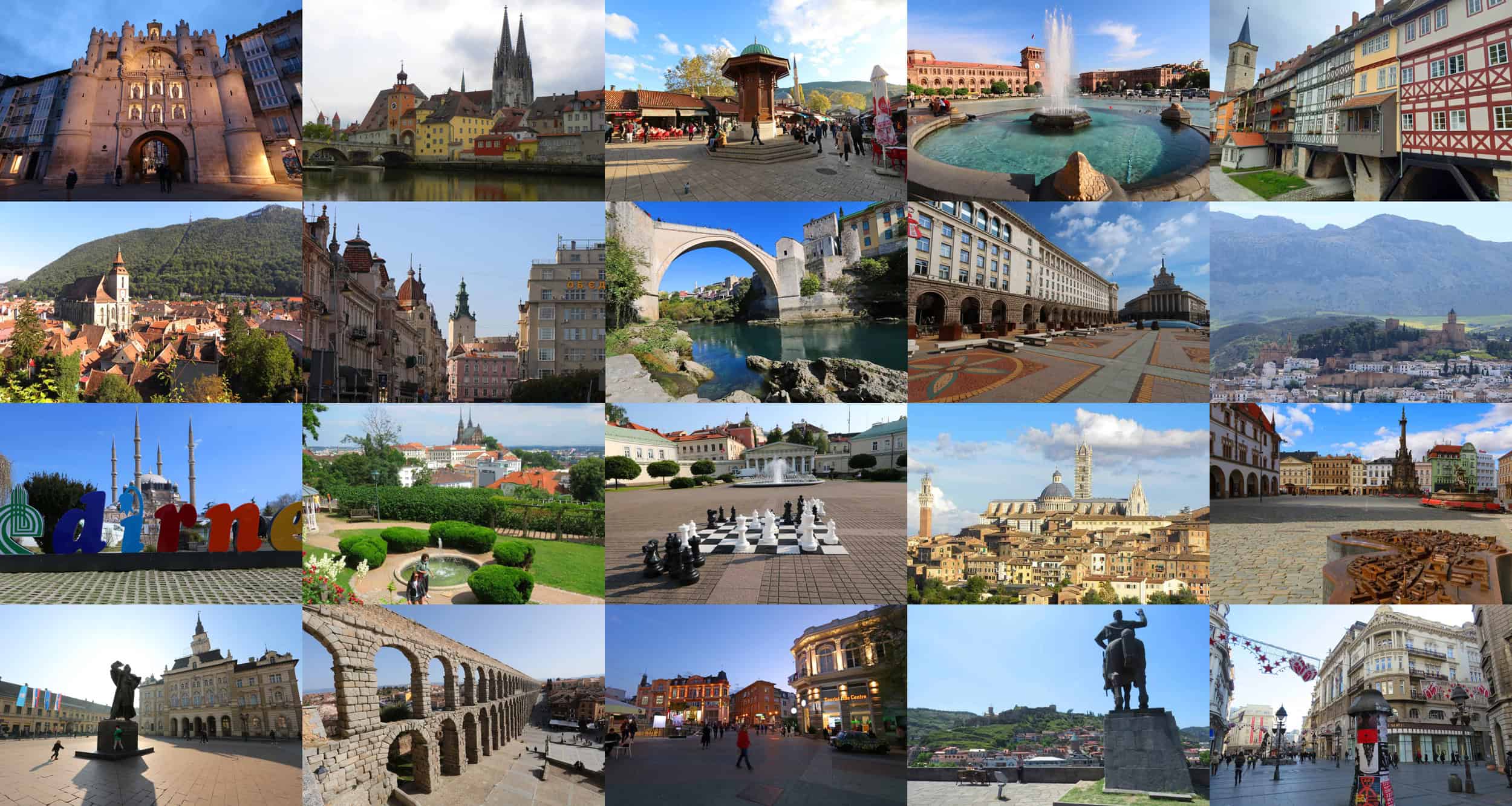
24 Underrated European cities that you should Visit.
Europe has an overtourism problem. But that “overtourism” is in fact concentrated among the usual suspects: Rome, London, Paris, Barcelona, Amsterdam, Prague, Budapest, etc. For those willing to get off the beaten path, there are many beautiful cities around Europe that get few tourists.
In this post I cover 24 underrated European cities that you should visit. These are all places that we’ve been. There are many more that I haven’t covered (feel free to add your own recommendations in the comment section at the bottom of this page).
24 Underrated European cities that you should Visit
In no particular order….
1. Antequera (Spain)
I have to start with the city that we lived in for a year. Antequera has some incredible attractions, a combination of historic sites and natural beauty that make this city one of the most underrated cities in Europe. Somehow, because of it’s position between the big 3 Andalusian “highlight cities” (Seville, Granada and Cordoba), Antequera is forgotten.
Antequera has a Unesco site: the Dolmens of Antequera (stone-made tombs dating back almost 6,000 years). It has a Moorish Castle overlooking the city, tons of gorgeous churches and squares, and lots of viewpoints. It is a beautiful historic city, one of the most beautiful in Spain. See A Do-it-yourself walking tour of Antequera.
Outside the city is the Torcal de Antequera Natural Park which has some of the most impressive karst geography in Europe. Also not far away is the Caminito del Rey, one of Spain’s most famous outdoor adventures.
2. Vilnius (Lithuania)
It was the highlight of our trip to the Baltics last year. Tallinn (Estonia) might have the prettiest old town but it’s jam-packed with tourists. Riga (Latvia) attracts a younger demographic who come to party. For us Vilnius was just the right mix, an attractive city full of churches, pretty squares and green spaces….and few tourists.
There is no one standout attraction in Vilnius. The Cathedral, The Palace of the Grand Dukes of Lithuania, Gediminas Tower, and the Church of St. Anne and Bernardine Complex are the most famous highlights. Rather, Vilnius is a city where you walk and explore, seeing beauty everywhere. It’s a very liveable city with a coffee culture and some beautiful architecture. It’s also the best value destination among the 3 Baltic Capitals. See: What to See and Do in Vilnius (and what to skip).
3. Kutná Hora (Czech Republic)
People arrive at the outskirts of Kutná Hora to see the Sedlec Ossuary (the famous bone chapel) without ever visiting the town center. That’s a shame because Kutná Hora is a very pretty town with a Cathedral (Saint Barbara’s Church) that is a Unesco World Heritage site. Barborská street will remind you of the Charles Bridge in Prague with its 13 statues lining the route to the church.
When people think of day trips from Prague they think of Český Krumlov. Český Krumlov is beautiful but very, very touristy. That’s why I recommend Kutná Hora. It’s a peaceful, pretty town with some impressive highlights. And to top it off, it’s easier to get to than Český Krumlov.
See: Why you should Visit Kutná Hora.
4. Erfurt (Germany)
It’s one of the best preserved medieval centers in Germany and is full of canals, bridges, churches and those half-timbered houses so typical of Germany.
It also has some impressive highlights: The Krämerbrücke (ie. Merchant’s bridge) was built in 1325 and is the longest inhabited bridge in all of Europe. Erfurt Cathedral is one of the most impressive Cathedrals in Germany and Petersberg Citadel is one of the largest fortresses in Europe.
A very, very attractive city that gets very few foreign visitors. See Why Erfurt might be Germany’s most underrated tourist destination.
5. Yerevan (Armenia)
It doesn’t seem obvious but Armenia and Georgia are widely considered as part of Europe.
Yerevan is a fascinating destination. It’s culture, history and cuisine make it unique. Major highlights include Republic Square, the Yerevan Cascade and the Mother Armenia monument. It’s a city of museums (the Armenian Genocide Museum, the Mesrop Mashtots Institute of Ancient Manuscripts, the History Museum of Armenia), fountains, pink coloured buildings and Soviet-era architecture. The food and brandy are fantastic. And it’s all with the backdrop of Mount Ararat.
See: Why Visit Yerevan? And why it’s proof that people don’t know what they’re talking about…
6. Tbilisi (Georgia)
Right next to Armenia is Georgia and its capital Tbilisi. Another fascinating city and quite different than Yerevan.
Highlights in Tbilisi: Rike Park, the Bridge of Peace, Metekhi church, taking the cable car to the fortress on Narikala Hill, the Mother of Georgia statue, the sulphur baths, Leghvtakhevi waterfall, Sioni Cathedral, the Anchiskhati Basilica…there are many things to see in the city. Then there’s the cuisine, eating things like khachapuri, churchkhela and khinkali.
See Exploring the highlights in and around Tbilisi
7. Sofia (Bulgaria)
Sofia is among our favorite Balkan capitals. It’s a city of Roman ruins, Soviet-era architecture and impressive Orthodox churches. See the Largo, Independence Square and the statue of St. Sofia, the Roman ruins at Serdika metro station, the Alexander Nevsky Cathedral and St Nedelya Church. There’s more.
We enjoyed Sofia. It’s a liveable city with wide streets, lush parks, and beautiful architecture. It’s a relaxed place. It’s also one of Europe’s cheapest cities which is another reason to visit.
See Visiting Sofia (Bulgaria). One of our favorite Balkan capitals…
8. Lecce (Italy)
Lecce is a gorgeous city known as the “Florence of the South”. A small city of 100,000, it is full of charm – a (mostly) walled city full of churches, palaces, a Roman forum. But it’s more than about any one sight. Lecce is so well preserved that you can walk around its squares and narrow streets and feel like you’ve stepped back to the 17th century. The food is fantastic, the best we’ve eaten anywhere in Italy (which is saying a lot, we always love the food in Italy).
Lecce is also a great base to explore Puglia and further, places like Polignano A Mare, Monopoli, Ostuni, Gallipoli, Galatina…
9. Burgos (Spain)
Burgos was the capital of the unified kingdom of Castile and León for five centuries. It has one of Spain’s top Cathedrals and is also an important stop on the Camino de Santiago, the pilgrimage trail to Santiago de Compostela. It’s actually one of the most beautiful cities that we’ve seen in Spain.
Highlights: Burgos Cathedral, the Arco de Santa María, Iglesia San Gil Abad, the Monasterio de Santa María la Real de Las Huelgas, the Paseo del Espolón (a large promenade next to the river filled with cafés, restaurants and green spaces), Plaza Mayor. There’s more. A very underrated city.
More: Visiting beautiful Burgos
10. Edirne (Turkey)
Before Constantinople (now Istanbul) became the capital of the Ottoman empire, it was Edirne (then Adrianople) that was their first capital.
Located 20km from the Bulgarian border, Edirne is a small city with 3 incredible mosques. More than that, it is an attractive and easily walkable place with a typically Turkish old town. You won’t see very many (if any) Western tourists here. Having crossed the border, you’re suddenly in another world.
More: What to see in Edirne
11. Olomouc (Czech Republic)
We were blown away by Olomouc. Known as the “undiscovered gem of the Czech Republic”, it used to be the capital of Moravia (the Czech Republic’s eastern province). But this small city is probably most famous for having been Mozart’s childhood home when the smallpox broke out in 1767.
It’s a gorgeous place with a huge concentration of incredible churches, a UNESCO world heritage site (the Holy Trinity Column), and some of the prettiest (and most colorful) squares and buildings that we’ve seen anywhere. Olomouc has the second largest and second oldest historic preservation zone in the Czech Republic (after Prague).
More: Why you HAVE to Visit Olomouc
12. Eger (Hungary)
A small city in Northeastern Hungary, Eger is known for wine and thermal baths. You’ll see lots of churches and a castle famous for having repelled overwhelming Turkish forces in 1552 (in fact, Eger has the northernmost minaret to have been built in Europe).
It’s a pretty and green city that’s perfect for relaxing. There are public thermal baths as well as hotels with their own baths (see where we stayed). Eger is in Hungary’s premier wine growing region and just outside town is a place named “the Valley of the Beautiful Women”. It’s full of wineries and wine cellars. We spent a week in Eger and really enjoyed the city.
More: Things to Do in Eger
13. Valencia (Spain)
Valencia is a beautiful and cosmopolitan city that’s lively and liveable. It has one of Europe’s largest fresh markets, it has a 9.8 km park that runs through the city, and it has tons of history: you’ll find baroque palaces, 700 year old Catholic churches and lots of museums and galleries. You’ll also find the best of architecture in Valencia, from Gothic to Romanesque to Futuristic (the City of Arts and Sciences complex is one of Spain’s most amazing modern architectural wonders).
Highlights: Valencia Cathedral, National Museum of Ceramics, La Lonja de la Seda (the old silk exchange, a Unesco site), Plaza de Toros, The City of Arts and Sciences complex, The Central Market, The Quart and Serranos Towers, the Turia (the 9.8 km park)…Valencia is a large city (3rd largest in Spain) so there’s plenty more.
More: Valencia (and its highlights) in Photos
14. Sarajevo (Bosnia and Herzegovina)
Sarajevo is a fascinating city and one of my favorites in the Balkans (I’ve been twice). There are 3 distinct zones in the city: an Ottoman-era old town, an area dating from the Austro Hungarian empire, and a modern part of town where you’ll find shopping centers, office buildings and museums. This detailed guide to Sarajevo covers the highlights of the city. Sarajevo had a war in the 1990’s and a popular thing to do is taking a “siege tour” covering the almost 4 years the city was under Serbian bombardment.
Sarajevo gets few tourists, is very inexpensive and has friendly locals. The local wine (Blatina from the Herzegovina region) is fantastic.
15. Mostar (Bosnia and Herzegovina)
Mostar is 125 km from Sarajevo (you can get there on a very scenic 2 hour train ride).
Mostar is a fantastic small city, ideal for a long weekend. It’s a slice of the Middle East with a beautiful Ottoman-era old town featuring minarets, mosques and old bridges (Mostar’s Stari Most is the best known historical monument in all of Bosnia and Herzegovina). You’ll see tourists but most are day trippers from Croatia – mornings and evenings though you’ll be sharing the city with locals.
Like Sarajevo, Mostar is inexpensive and has great cuisine and wine.
More: Why Mostar needs more than just a day trip
16. Segovia (Spain)
One of my favorite Spanish cities is Segovia, located about an hour north of Madrid.
A Unesco World Heritage Site, its fortified historic center is located on a hill with views in all directions. Segovia has 3 incredible highlights: The Roman Aqueduct (built in the 1st century), the Cathedral of Segovia (considered one of Spain’s top Cathedrals), the Alcázar (a fortress/palace that was the primary residence of the monarchs of Castile). But it’s not just these highlights: Segovia is a joy to walk around, admiring the views and the fortifications surrounding the city. Very, very impressive.
17. Brno (Czech Republic)
Brno is the Czech Republic’s 2nd city, a mid-sized city in Moravia (Eastern Czech Republic). Brno is pretty, we liked the hills, its large squares, weird statues and the multitude of churches. The downtown core is mostly pedestrian-only, there are lots of parks and green spaces, and you’ll see cafés and bars everywhere.
Highlights? The Cathedral of St. Peter and St. Paul is one of the most spectacular cathedrals in the Czech Republic. Climb the Town Hall Tower, visit the Ossuary at the Church of St. James, and see Villa Tugendhat (a Unesco World Heritage Site). There’s lots to see around town and you can take daytrips around Brno to places like Mikulov and Lednice.
18. Belgrade (Serbia)
Belgrade is large, fun and cosmopolitan city. It’s a little gritty but that adds to the charm. We’ve been here a few times and always enjoy the city. What many don’t realize is that Belgrade is one of Europe’s oldest cities and has been ruled by many different empires over its history (including by the Romans).
Highlights include Kalemegdan Park and Belgrade Fortress, Knez Mihailova street (Belgrade’s main walking street), Skadarska Street, the neighborhood of Zemun. There are lots of Orthodox churches such as Saint Sava, Ružica, St. Mark’s, and St. Petka. There’s lots to see in Belgrade and it’s an inexpensive destination where you get lots of value for your money.
See our first post covering our impressions of Belgrade. A few years later we returned and did this post: 27 Pictures that will inspire you to visit Belgrade.
19. Novi Sad (Serbia)
Novi Sad is Serbia’s 2nd largest city with a population of about 250,000. It is located about 80km north of Belgrade, about an hour’s drive by bus. Novi Sad is a very relaxed kind of place that was chosen as European Capital of Culture in 2021. It has pedestrian streets, colorful buildings, and a multitude of squares and churches. You’ll find plenty of nice restaurants as well as a lot of sidewalk bars and cafes. Whereas Belgrade seems grey, imposing, and cold at first sight, Novi Sad almost has a Mediterranean vibe in comparison.
Highlights? The major one is Petrovaradin Fortress which is the 2nd largest fortress in Europe. In the very attractive main square of Novi Sad (Freedom Square), you’ll see the Name of Mary Church and a statue by famous Croatian sculptor Ivan Meštrović.
It’s a pretty city that combines well with a visit to Belgrade (which is very different).
More: A Guide to Novi Sad
20. Siena (Italy)
An hour away from popular Florence is Siena. A Unesco World Heritage site, it is a hilly, pretty city with one of the most beautiful piazzas in Italy (Piazza del campo), the 2nd highest tower in Italy (Torre del Mangia), and one of the most impressive Duomos (cathedrals) you’ll see anywhere.
A gorgeous small city that still falls under the radar of most people. And lots to see around Siena: Florence, San Gimignano, Castellina in Chianti, Radda in Chianti, Cortona…
More: Why you should visit Siena
21. Plovdiv (Bulgaria)
Co-winner of the designation of European City of Culture of 2019, Plovdiv has a charming old town. Referred to as “The City of the Seven Hills”, Plovdiv is one of the oldest cities in Europe. It’s laid back, atmospheric and has a bit of everything: Orthodox churches, mosques, Ottoman-style buildings, Soviet monuments and Roman ruins. It epitomizes Bulgaria’s diverse history.
Highlights include the Roman Stadium, Roman Amphitheatre, the Kapana district (for street art), Nebet Tepe (lookout Hill) for views, Plovdiv’s main street (Knyaz Alexander I), Stefan Stambolov Square and the Alyosha monument, a monument dedicated to the Soviet soldiers that liberated Plovdiv (and Bulgaria) from the Nazis during World War II (more great views from here).
More: Plovdiv Vs Sofia (and on what to See and do in Plovdiv…)
22. Brasov (Romania)
A pretty city in Romania’s Transylvania region, it is surrounded by the wilderness of the Carpathian Mountains.
The region was settled by the Germanic Saxons and the city was at the intersection of trade routes between the Ottoman Empire and Western Europe. It became a rich city which you see in the architecture – a mix of gothic, baroque and renaissance.
Highlights include the main square (Piața Sfatului), the Black Church (Romania’s largest Gothic Church), the defensive fortifications of the city and bastions, the White Tower and Black Tower, and Brasov Fortress which sits above the town. You can take a cable car up Tampa mountain and have views looking straight down at Brasov below. There are some great day trips around Brasov, the most impressive being the Fortified churches built by the Teutonic Knights in the early 1200’s and Râșnov Citadel. Very popular is Bran Castle (which is in my opinion a tourist trap). An hour away by train is the incredible Peles castle in Sinaia which you can’t miss.
More on why you should visit Brasov.
23. Regensburg (Germany)
Regensburg is one of the oldest cities in Germany and was once the capital of Bavaria. It’s a Unesco World Heritage Site.
Highlights include the Stone Bridge, built in the 1100’s. This stone bridge opened major international trade routes between Northern Europe and Venice and started Regensburg’s golden age. Regensburg became the cultural center of Southern Germany. The Knights of the 2nd and 3rd crusades crossed the bridge on the way to the Holy Land. The Dom (Cathedral) was built starting in 1275 and is the best example of Gothic architecture in southern Germany.
The town has many more attractions. There are tons of cobble-stoned streets, each with unique old buildings, parks, squares, cafes, and beerhalls. The old city is surrounded by a park which circles to the river and crosses over to the island. There, you find bicycle paths and a beer garden that is the best place to be on a summer day. A very impressive city.
More: Why you should Visit the beautiful Bavarian city of Regensburg
24. Lviv (Ukraine)
Now isn’t the time to visit Ukraine. It saddens our heart because we’ve spent 5 months here, it’s one of our favorite European cities.
Lviv is a charming mid-sized city full of churches and cobblestoned streets. You’ll see lots of stunning architecture, from Gothic to Renaissance to Baroque. It’s a fun city with lots of bars and cafés (Lviv in fact has more cafés per meter than anywhere we’ve been).
There’s tons to see: the main square (Market Square) is where life revolves and the city hall building has the highest tower in the city where you can go for views. There are numerous gorgeous churches including the 14th century Armenian Cathedral (but my favorite is the 17th century Bernardine Church). There are fortifications with a gate and a moat, palaces, one of Europe’s oldest cemeteries, and Castle Hill where you’ll get views over the city.
Lviv is gorgeous and I cover all it’s attractions in excruciating detail in this travel guide to Lviv.
When things get back to normal in Ukraine I strongly recommend a visit to Lviv.
What would YOU add to this list of Underrated European cities?
Related: The Most Beautiful City in the World? Our candidates…and winner
Related: Our Top “Travel Experiences” over the last 10 years

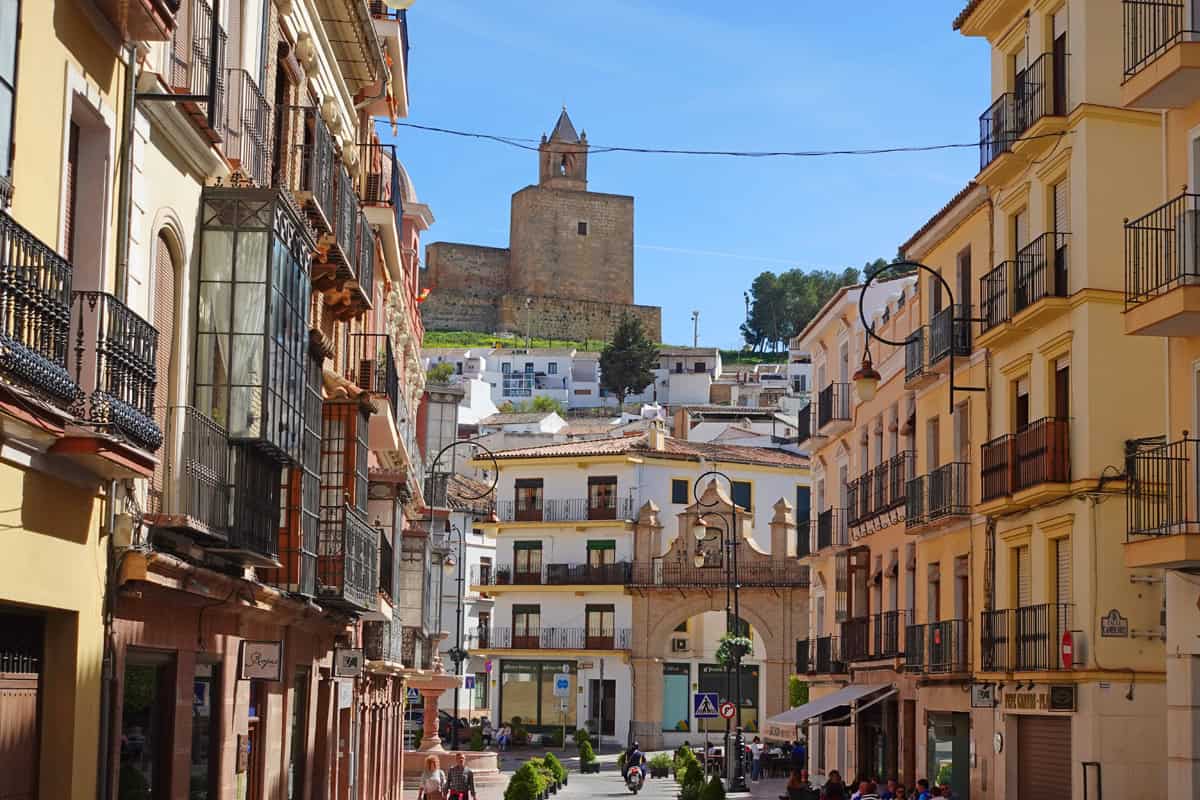
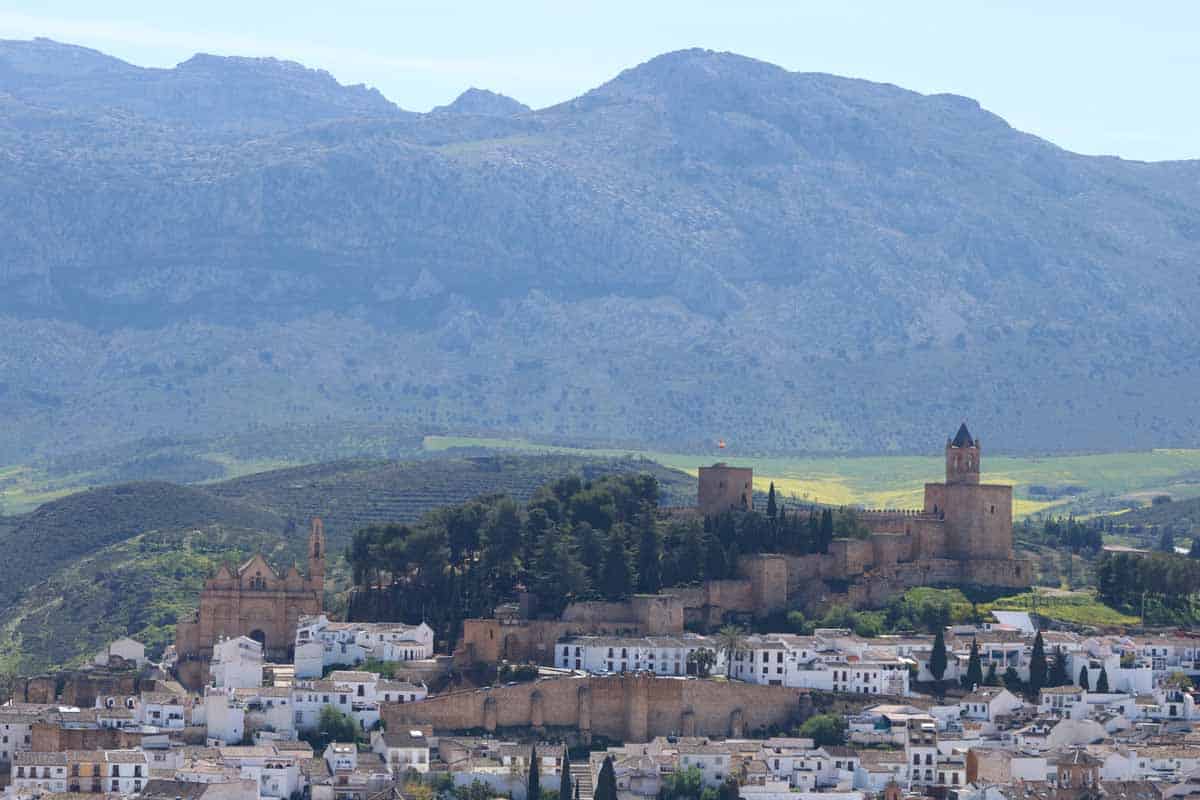
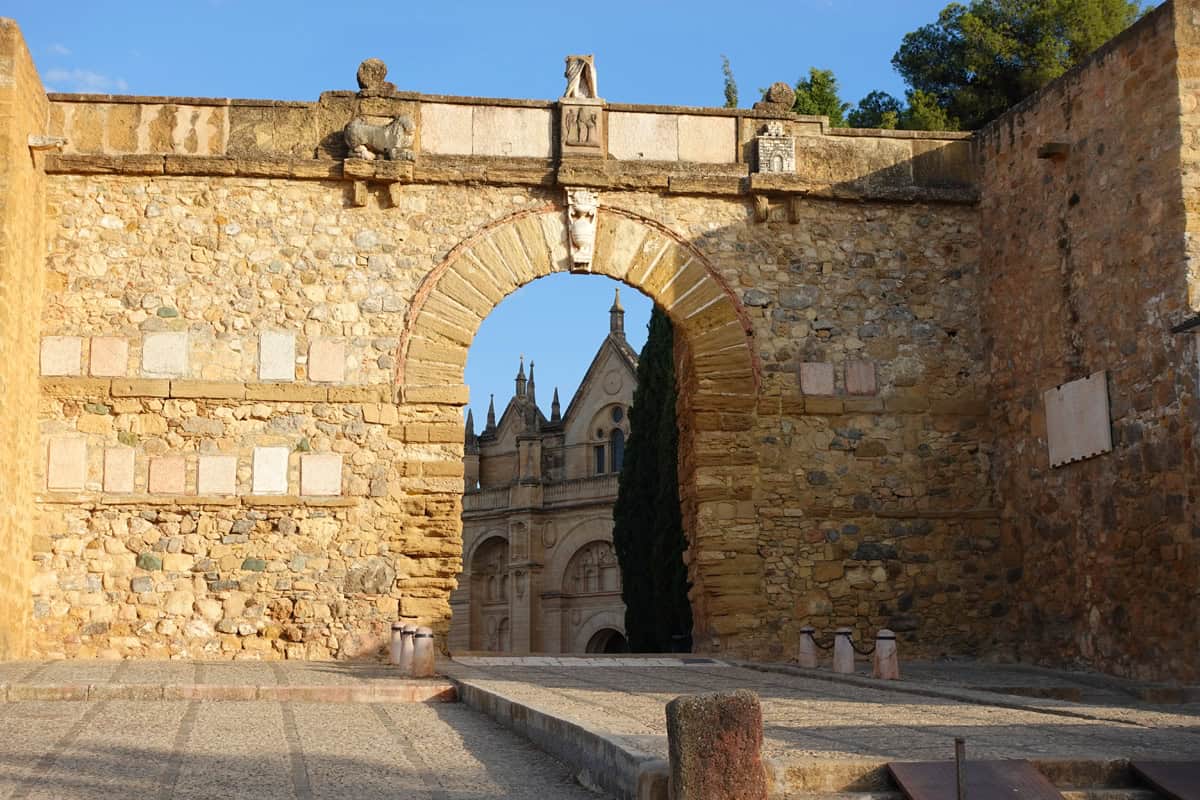
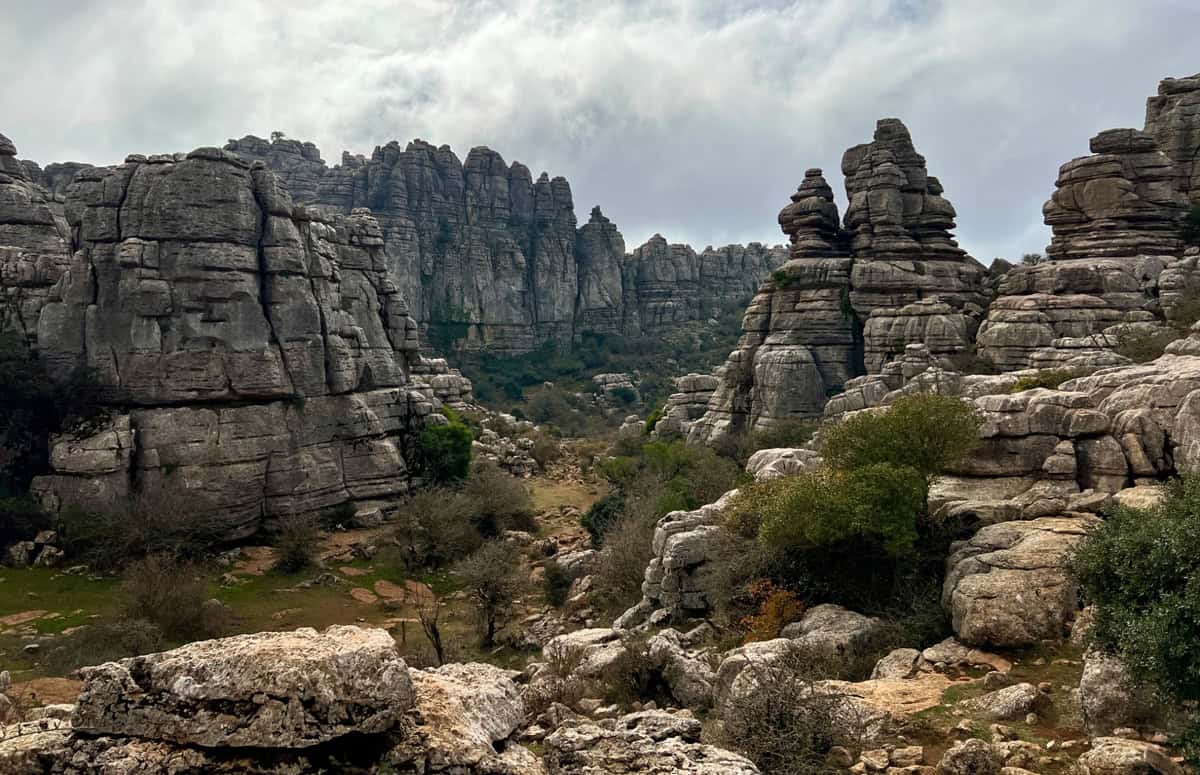
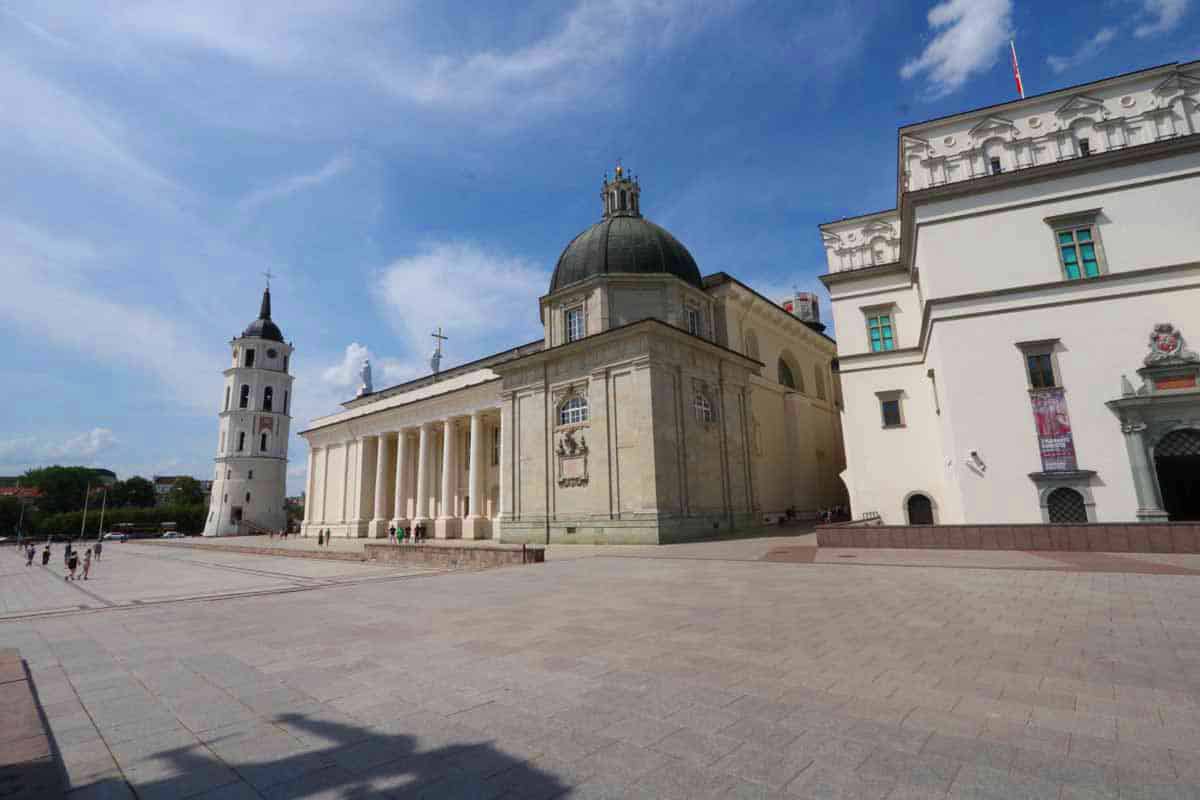
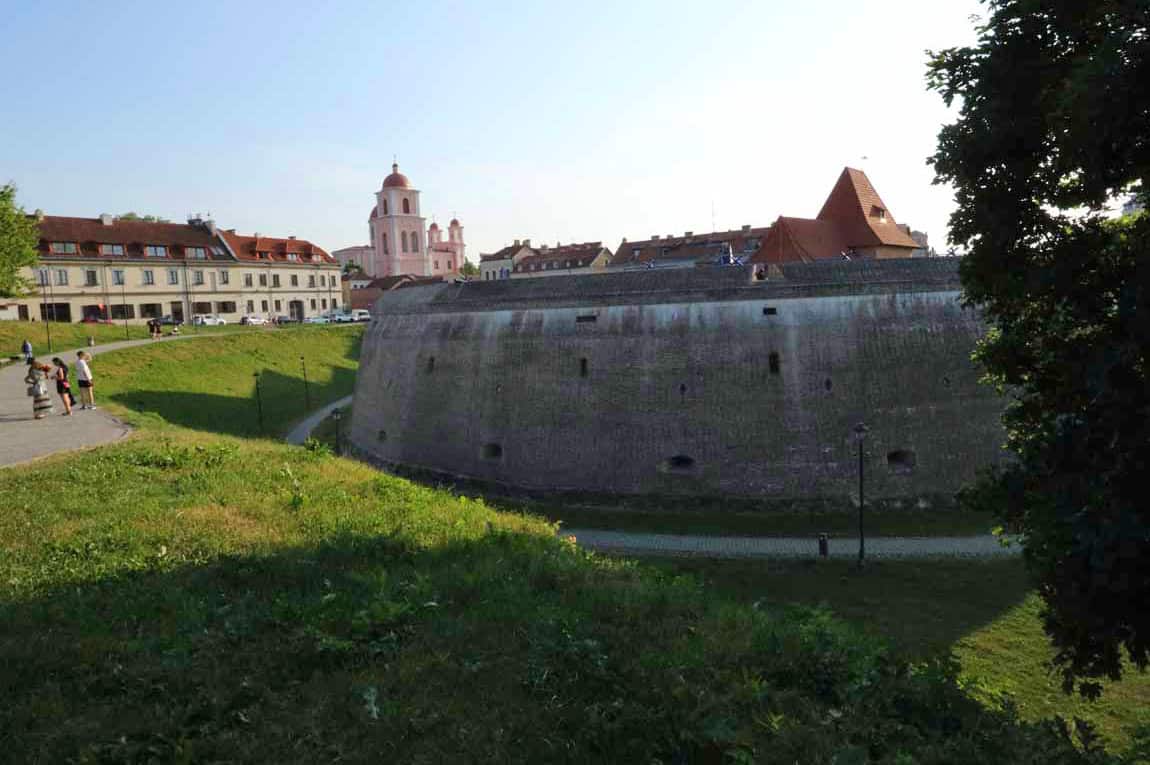
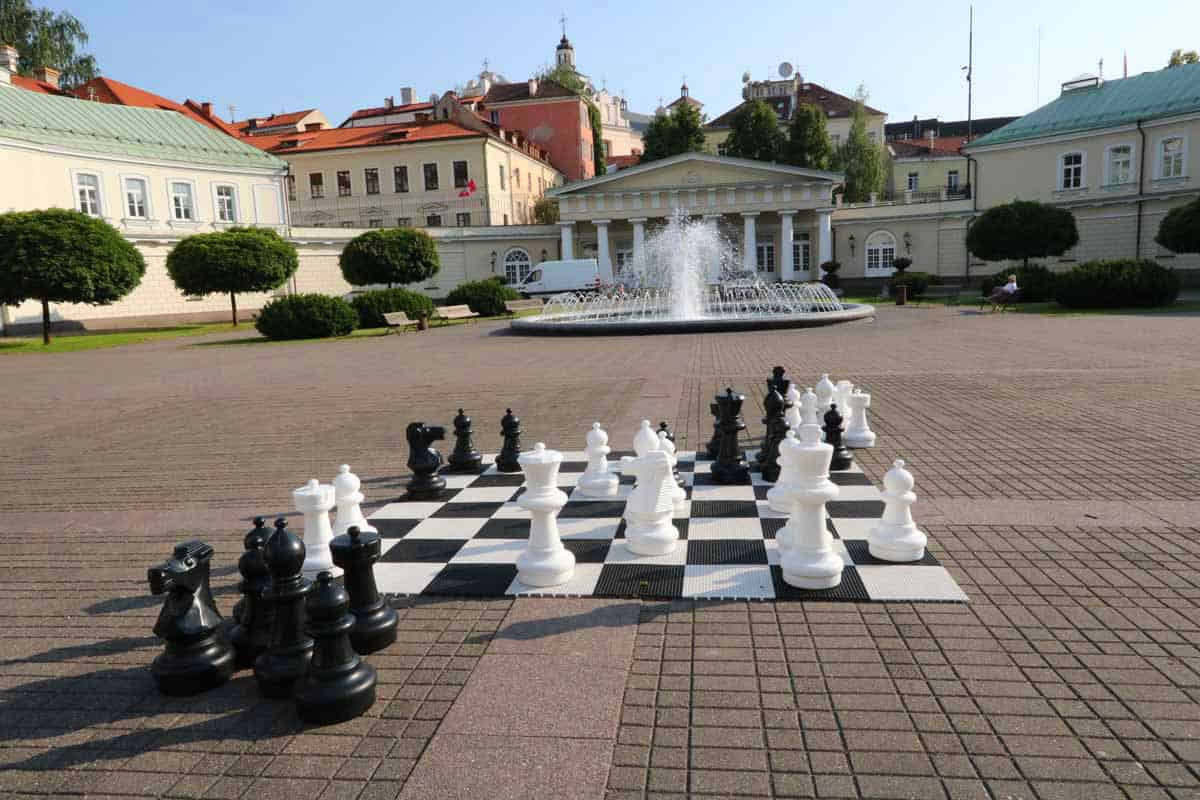
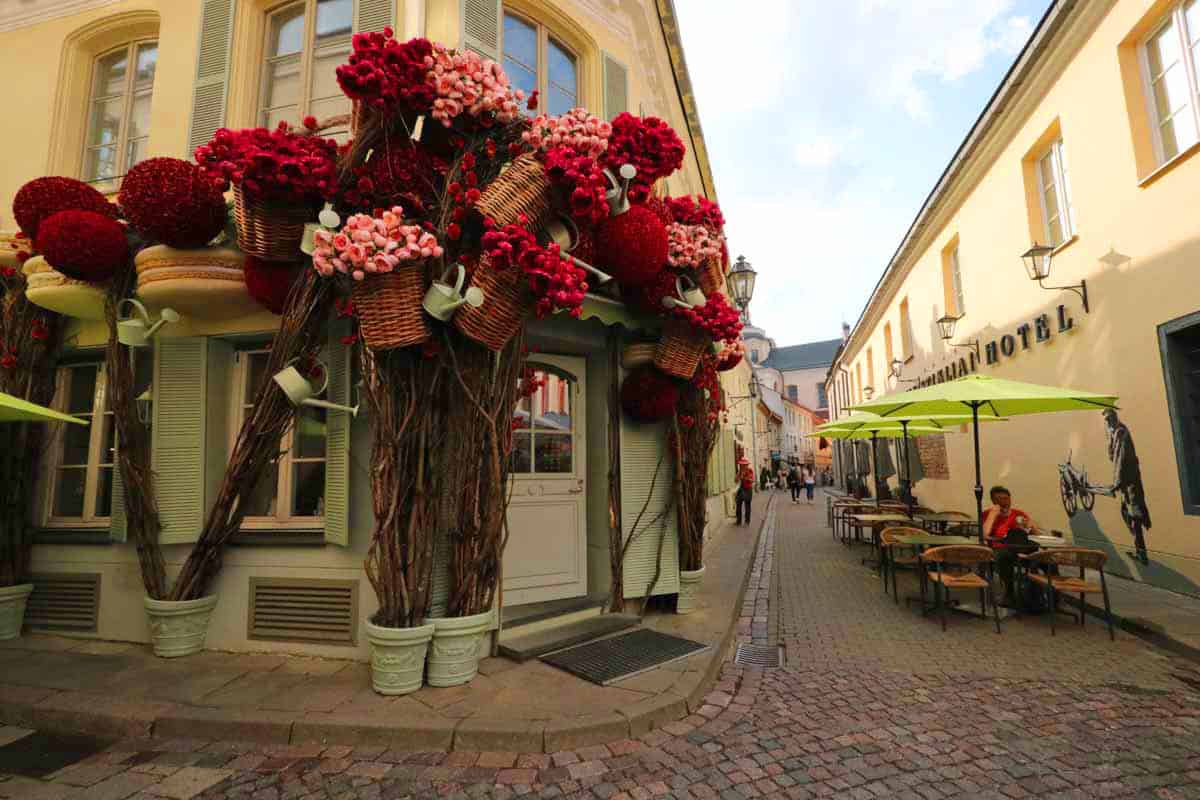
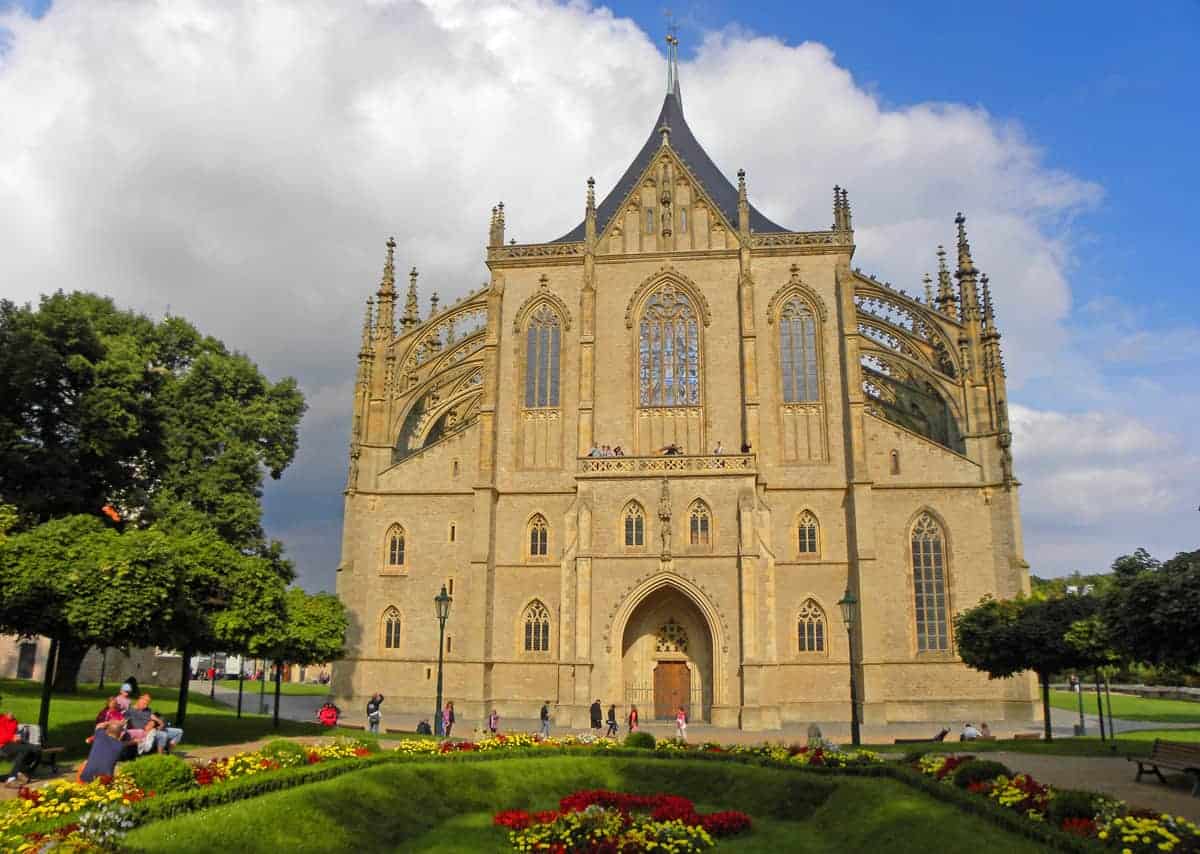
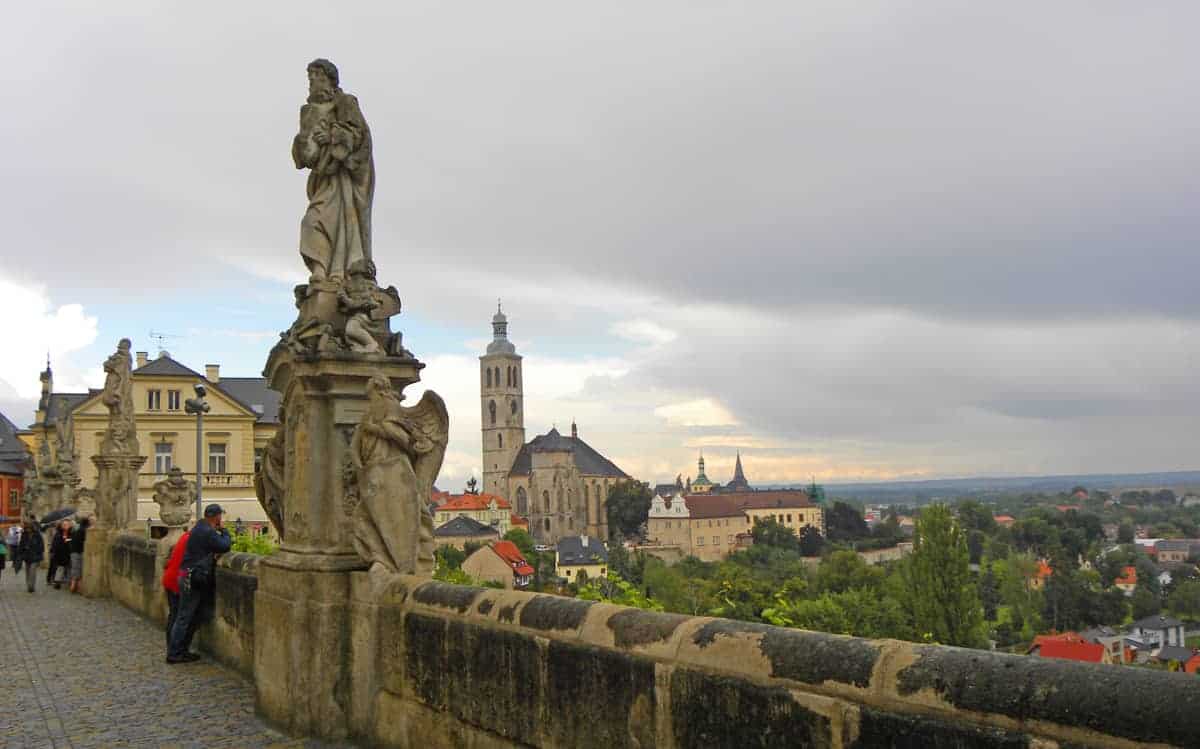
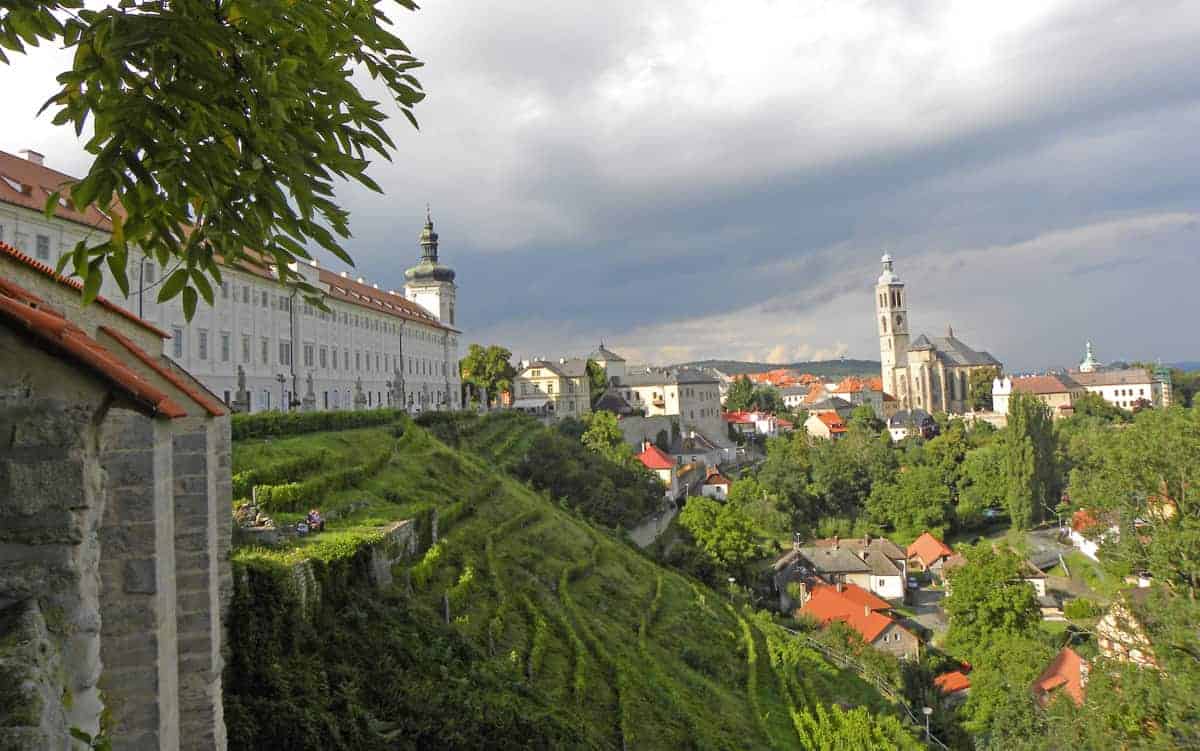

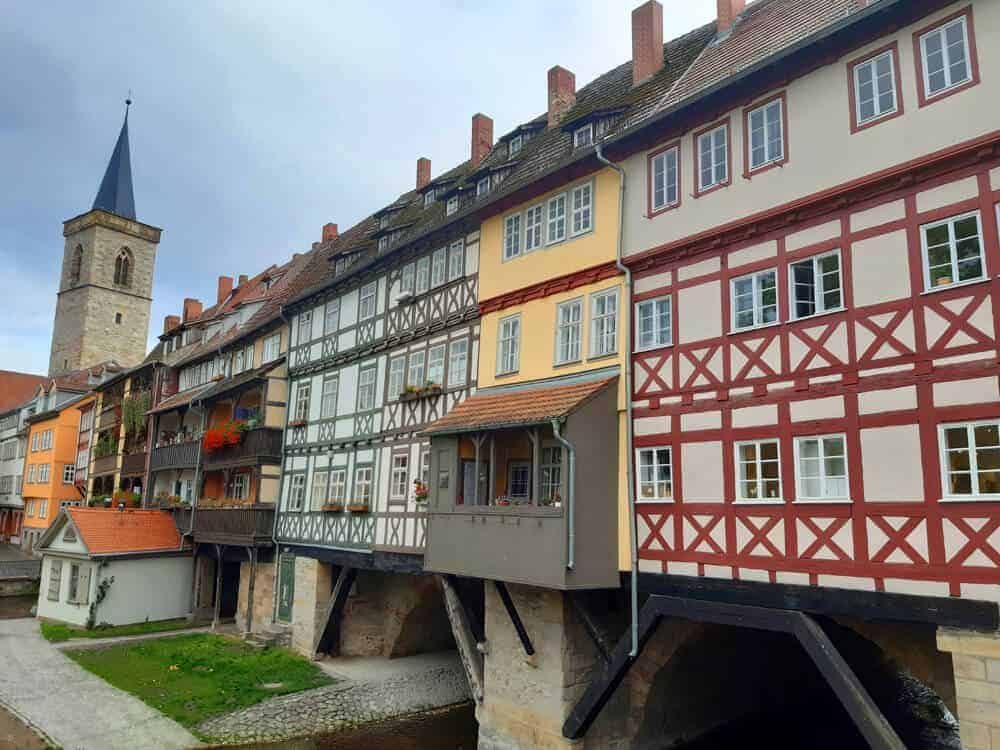

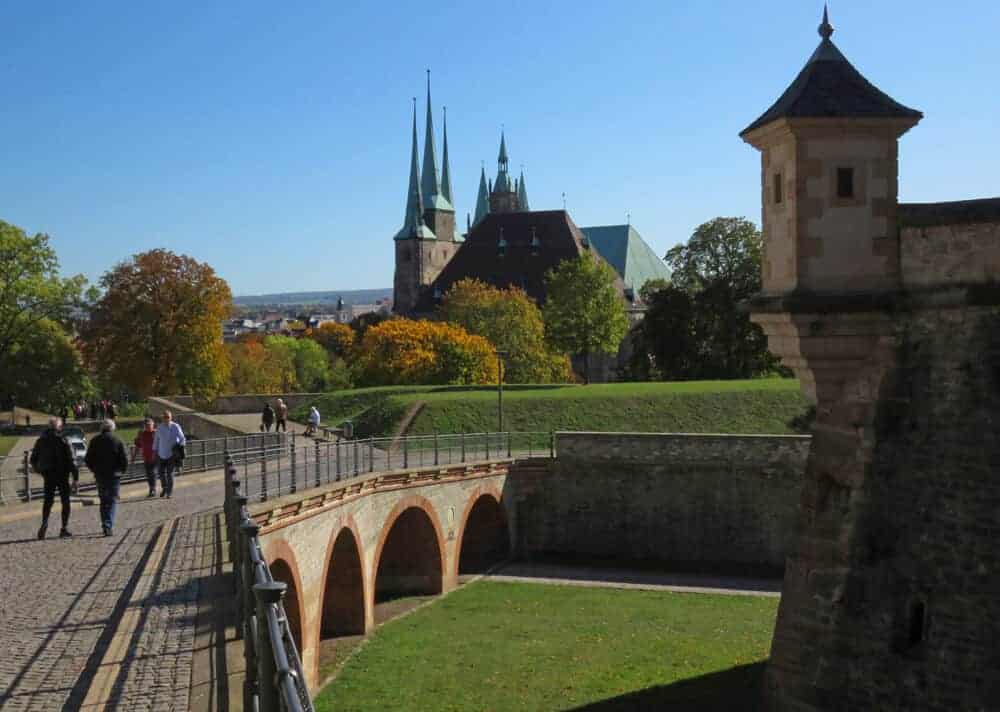
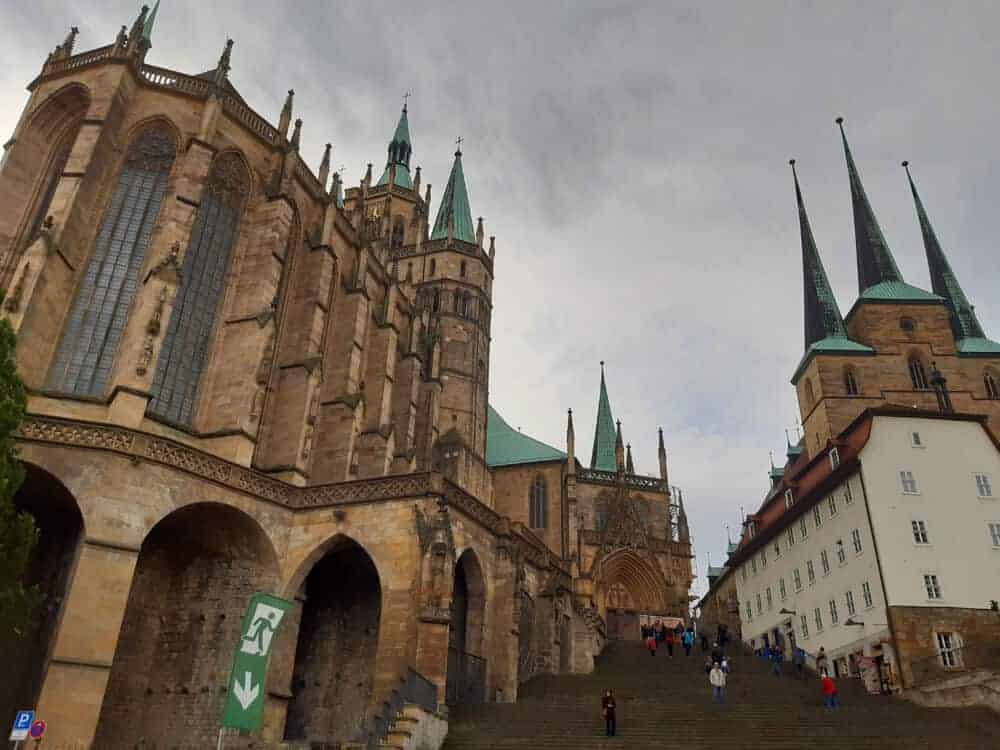
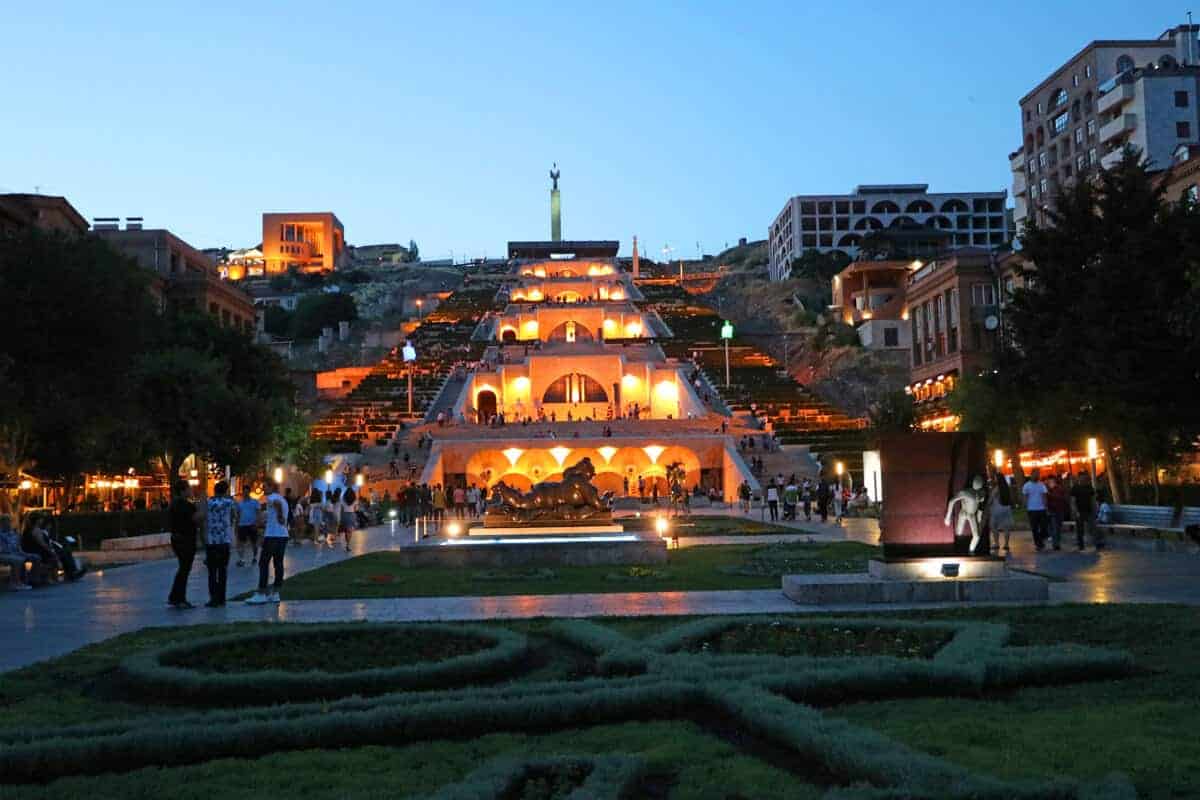
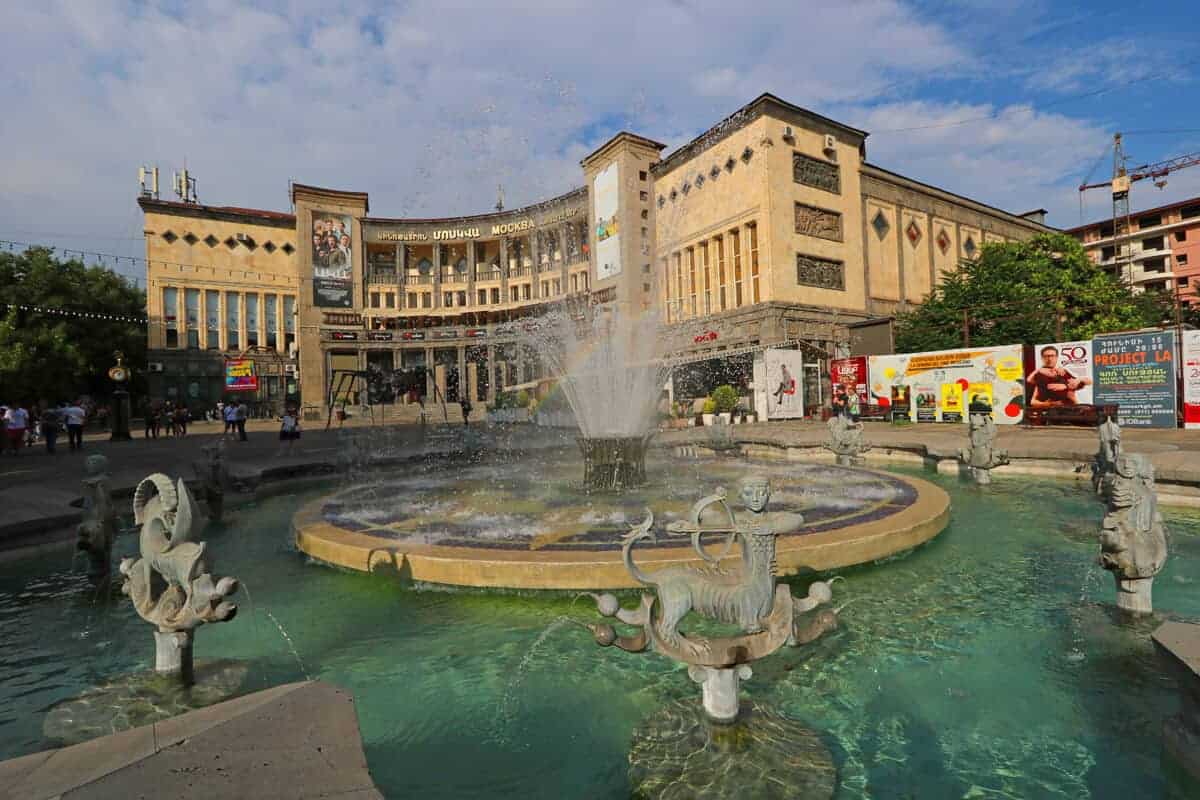
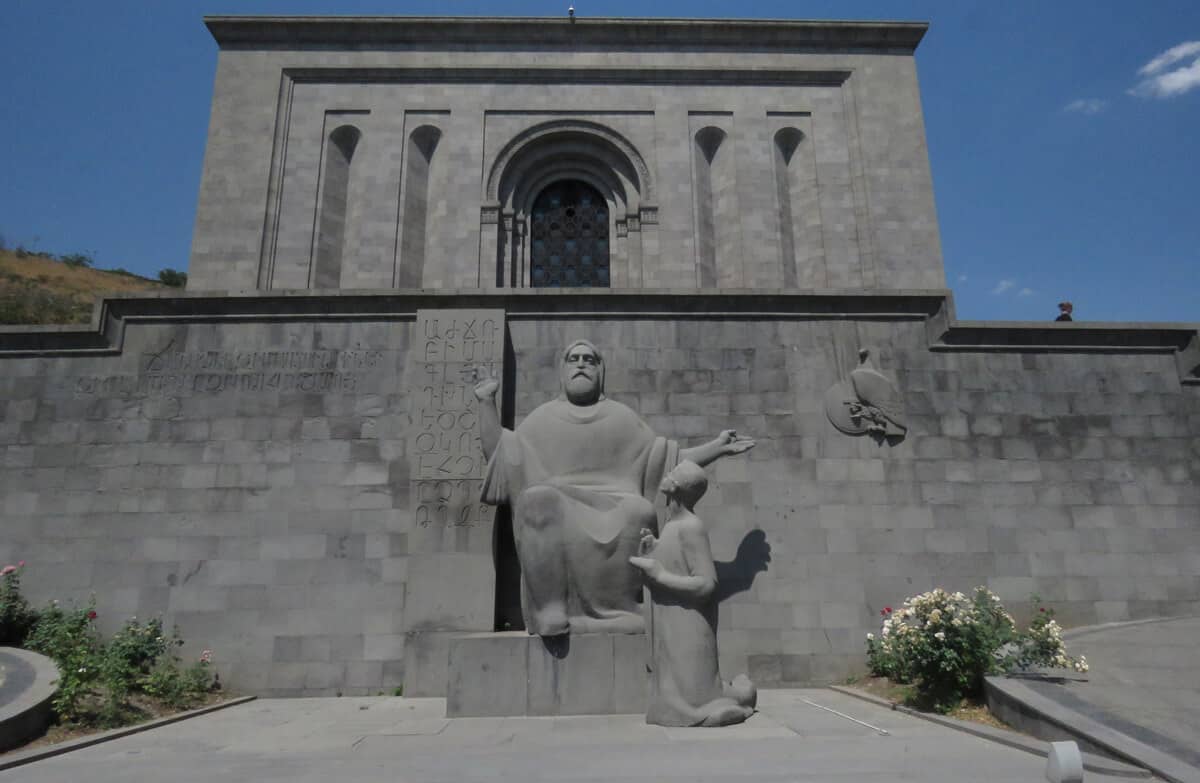
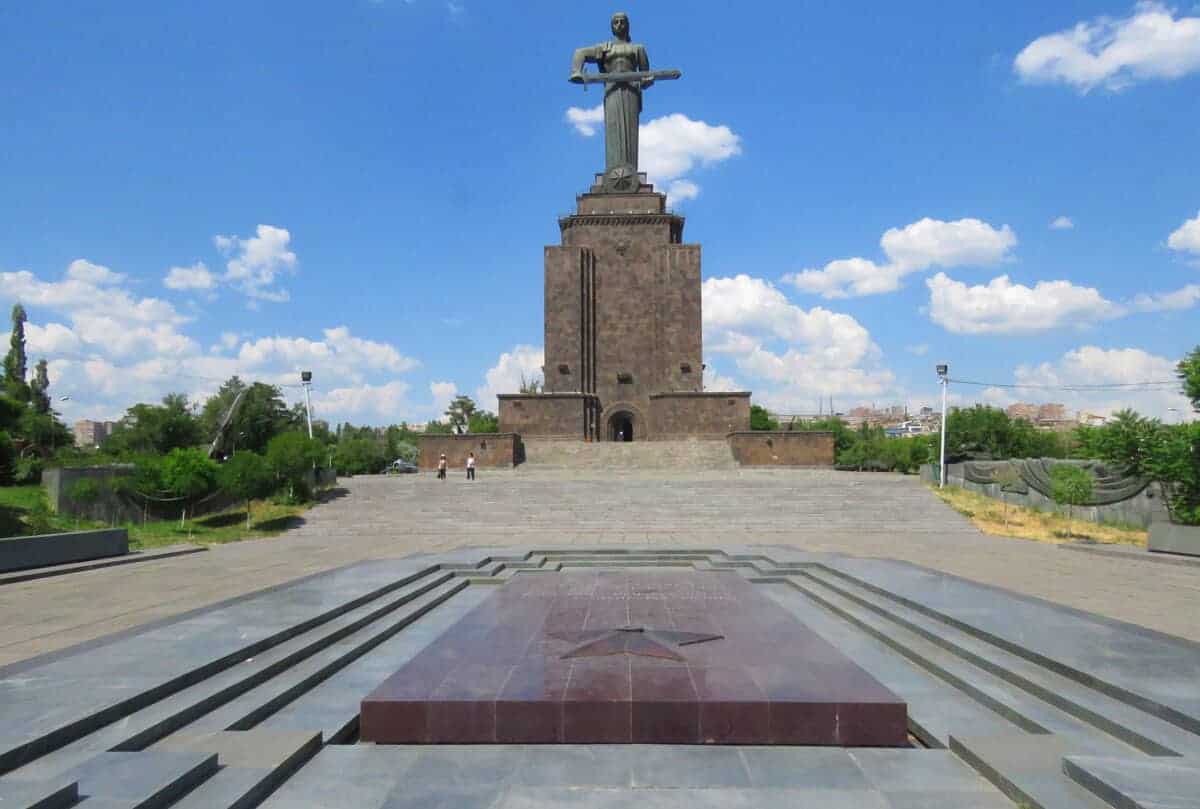
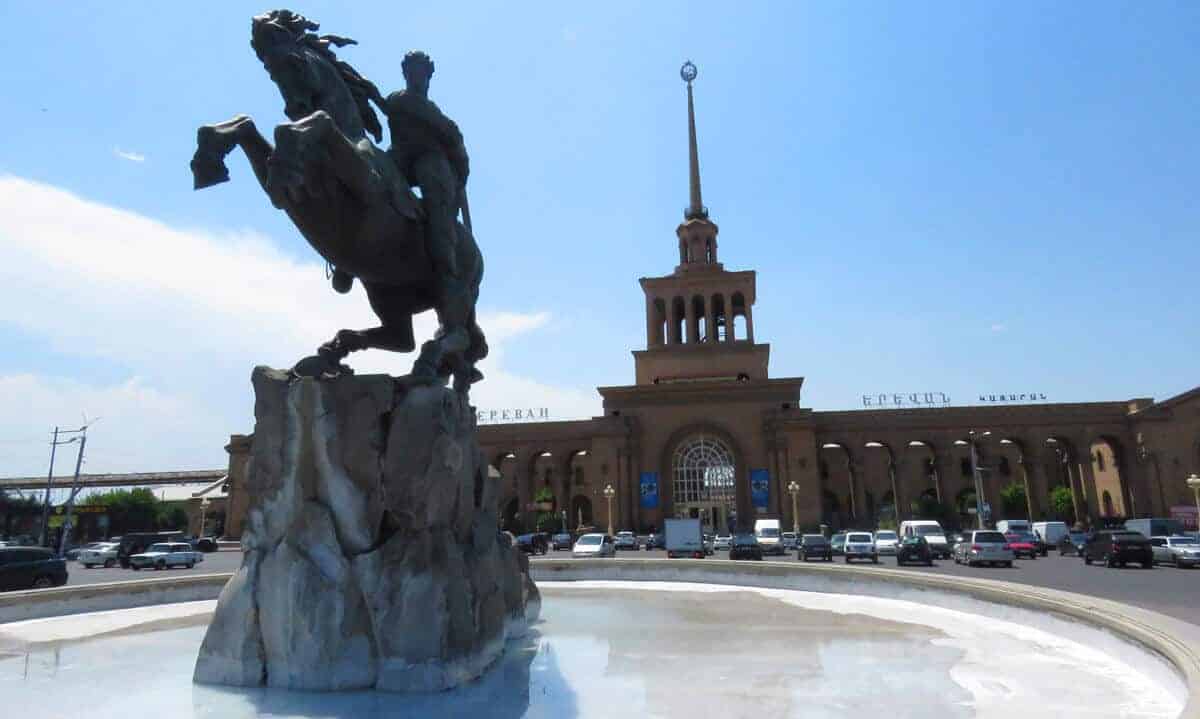
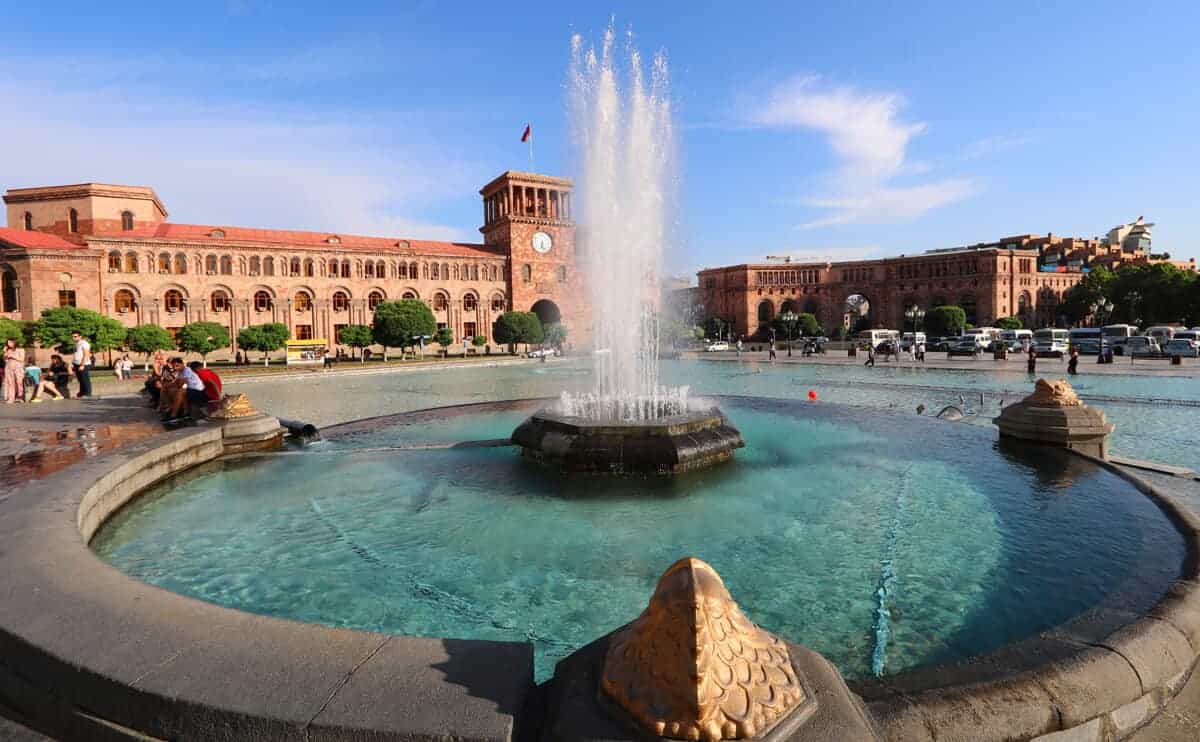

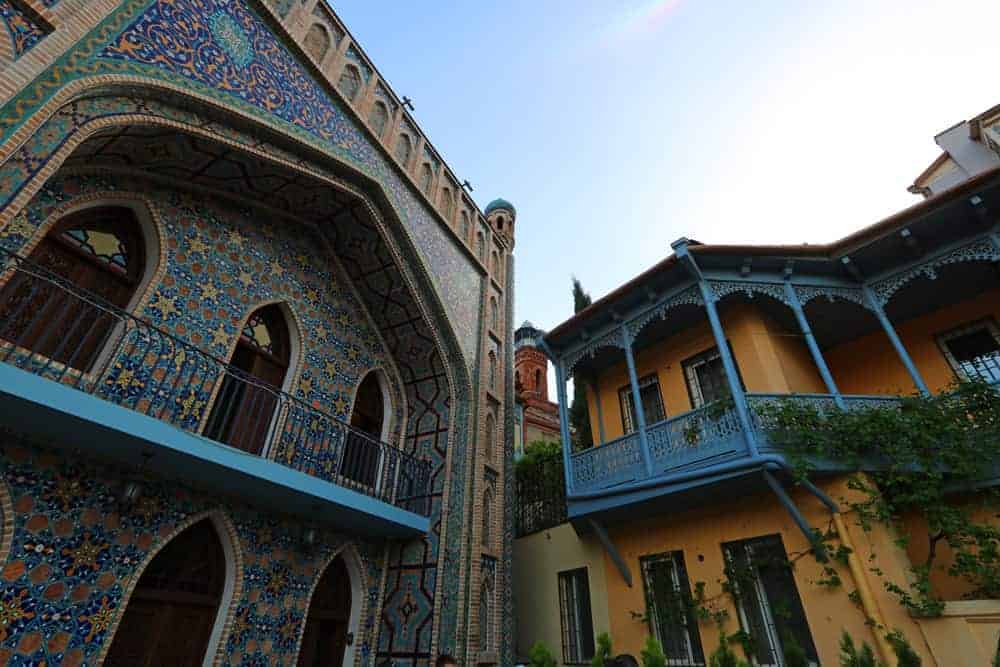
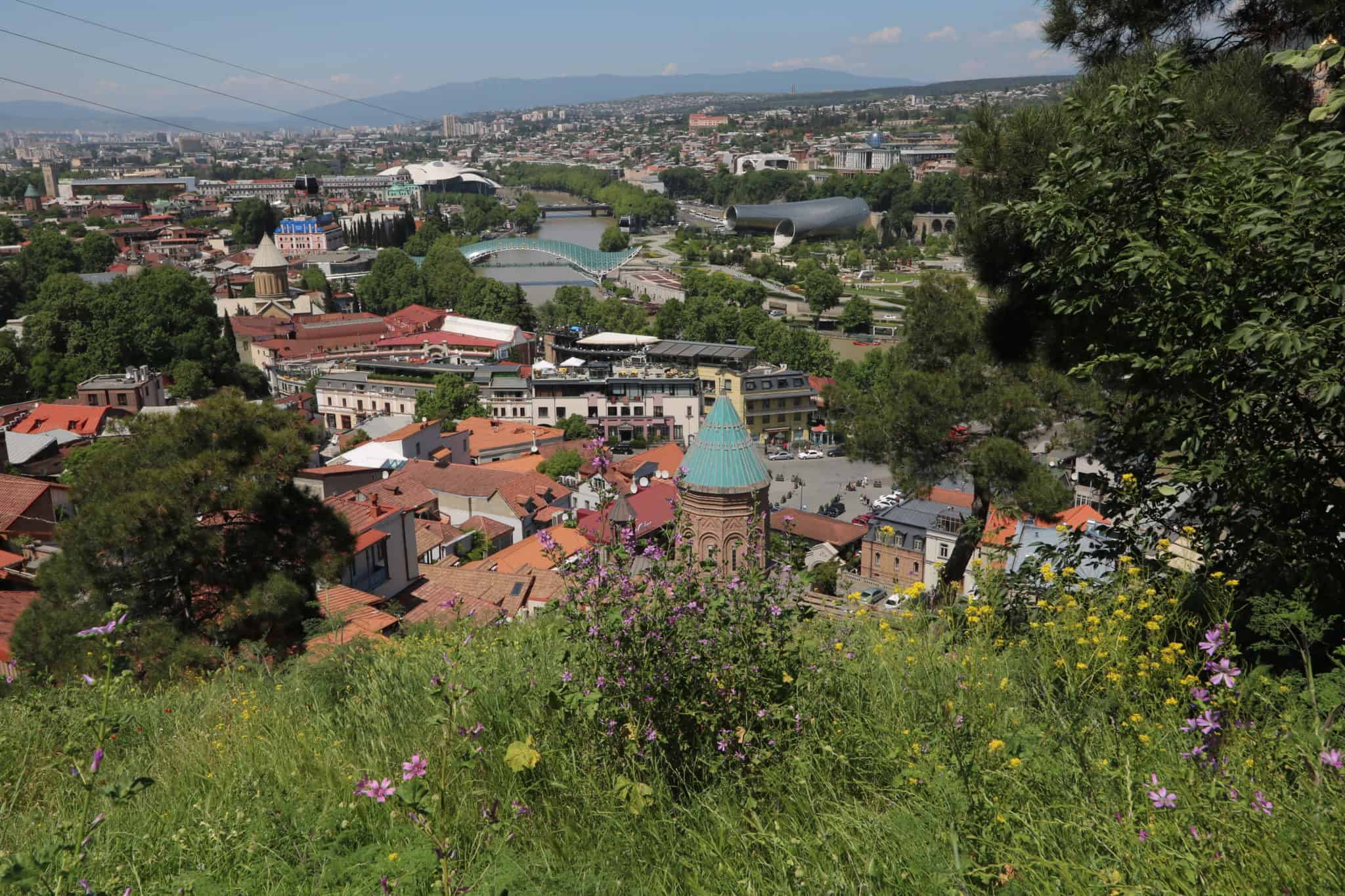
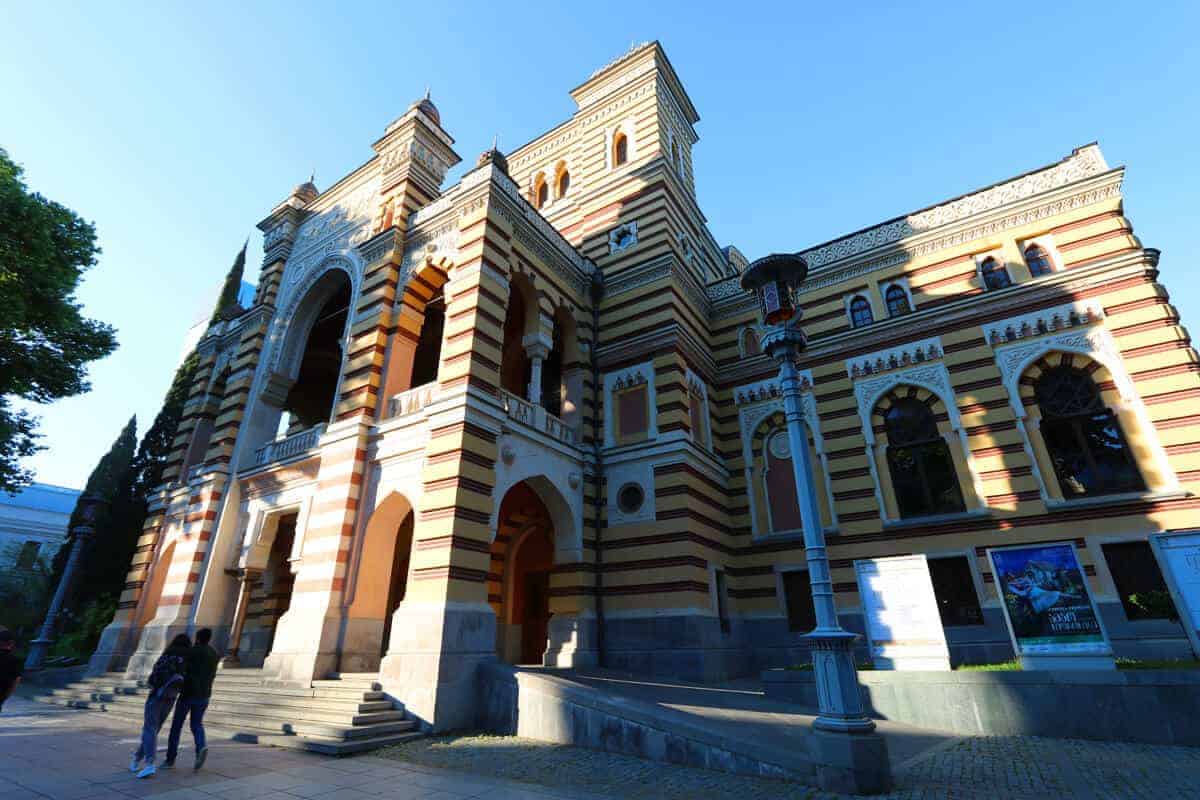
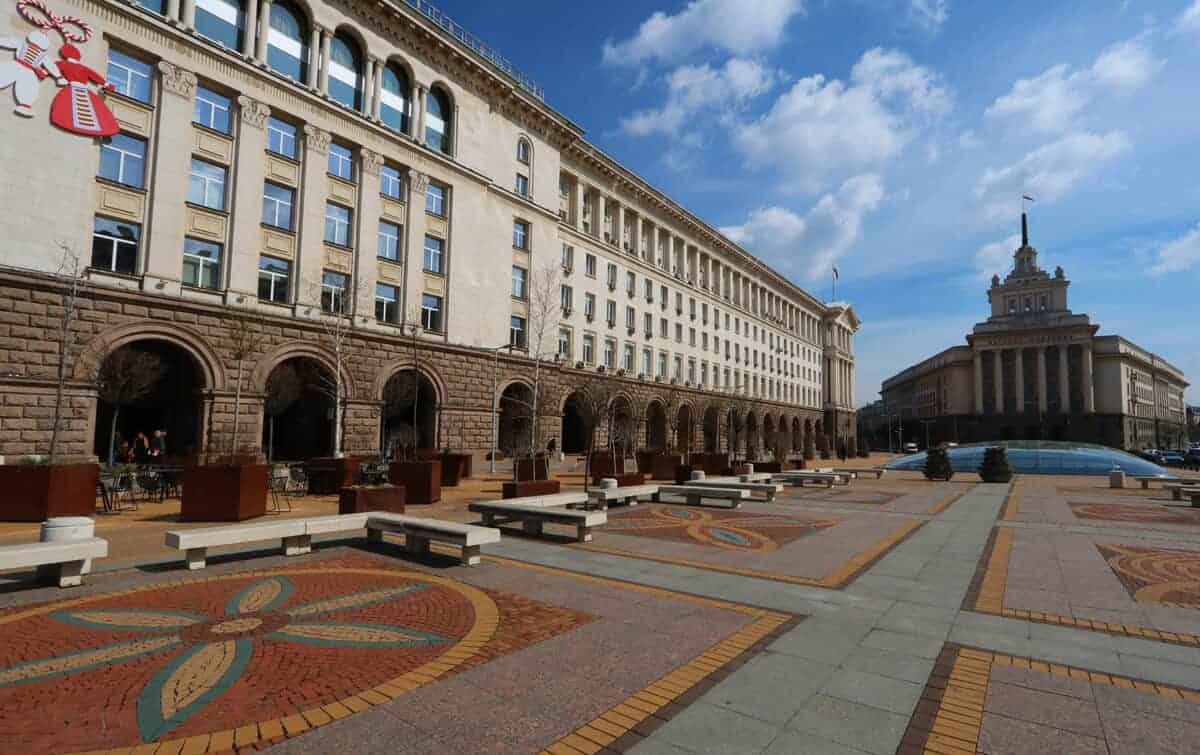
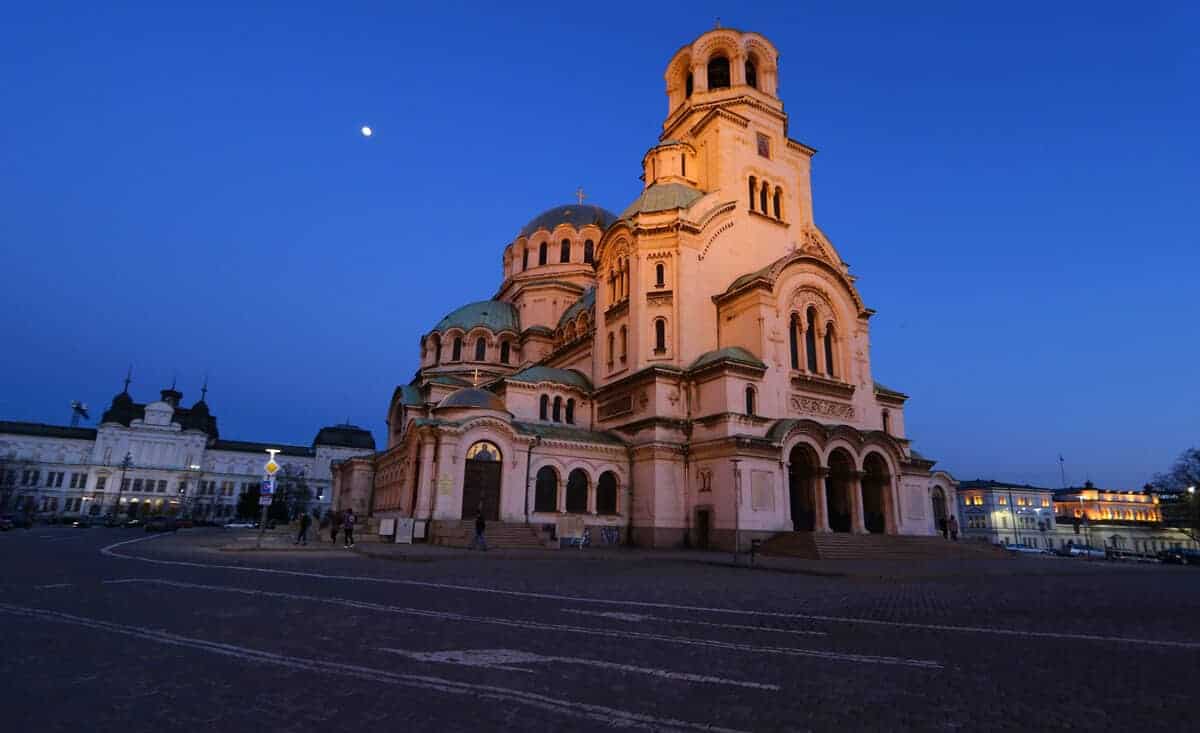
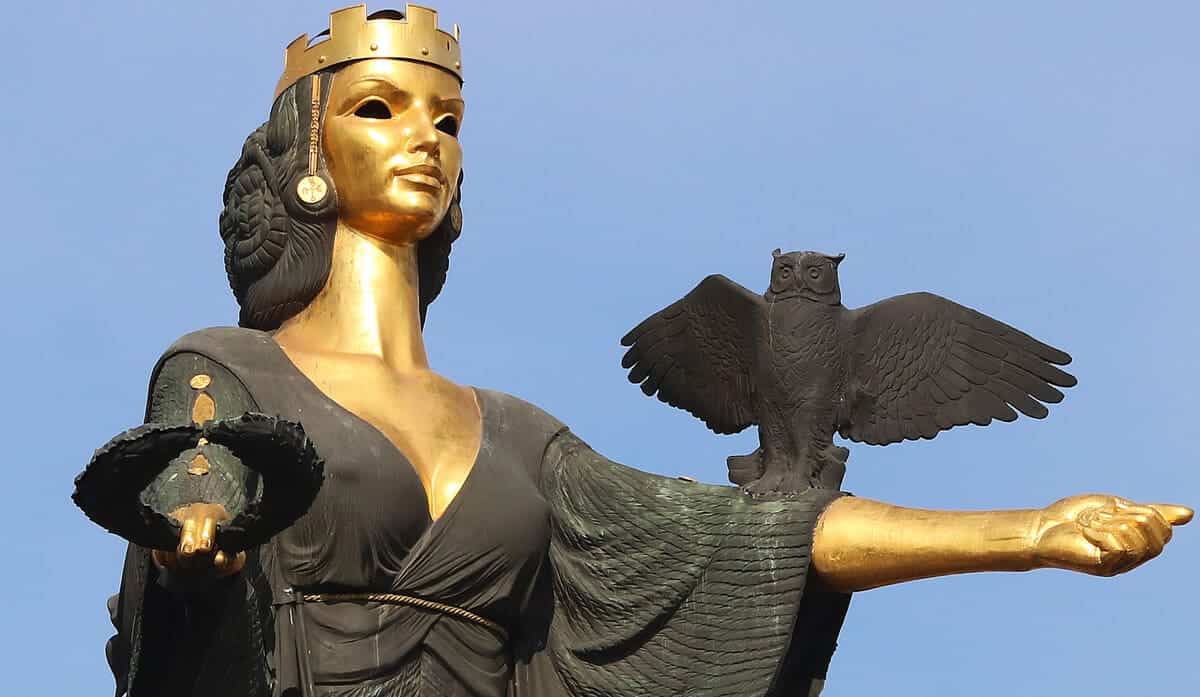
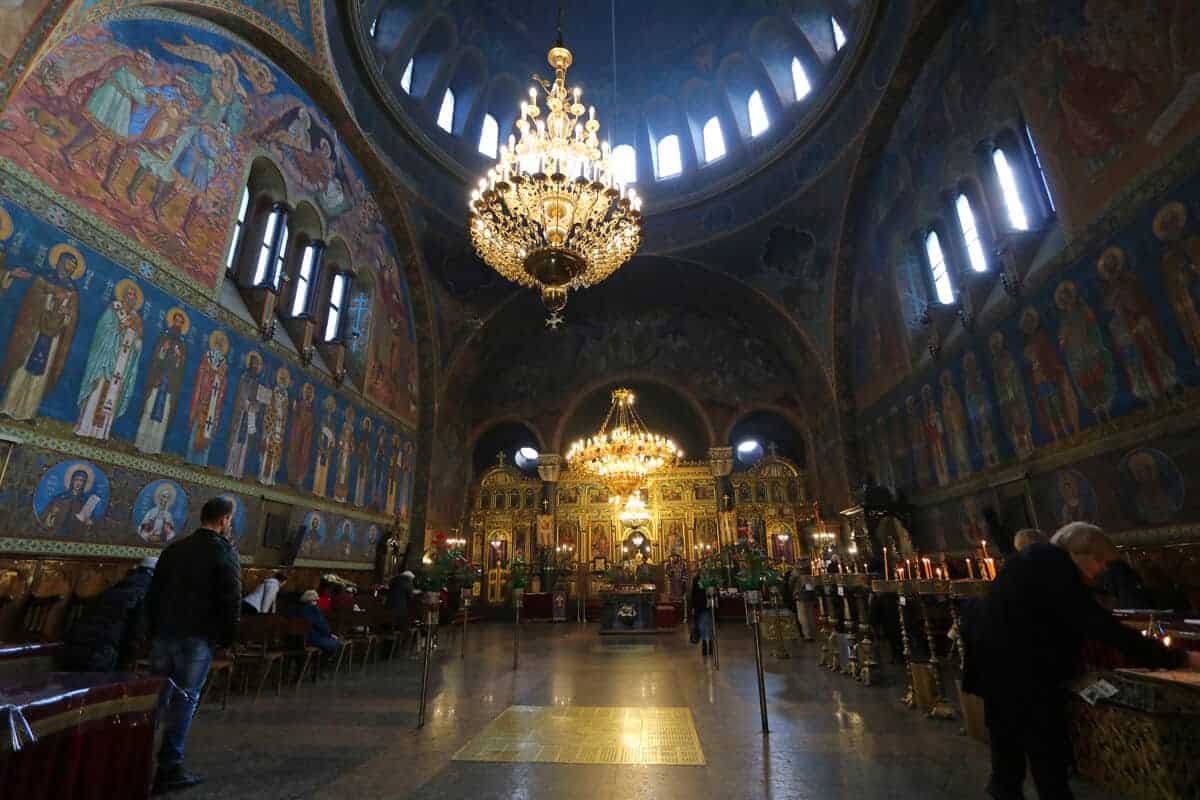
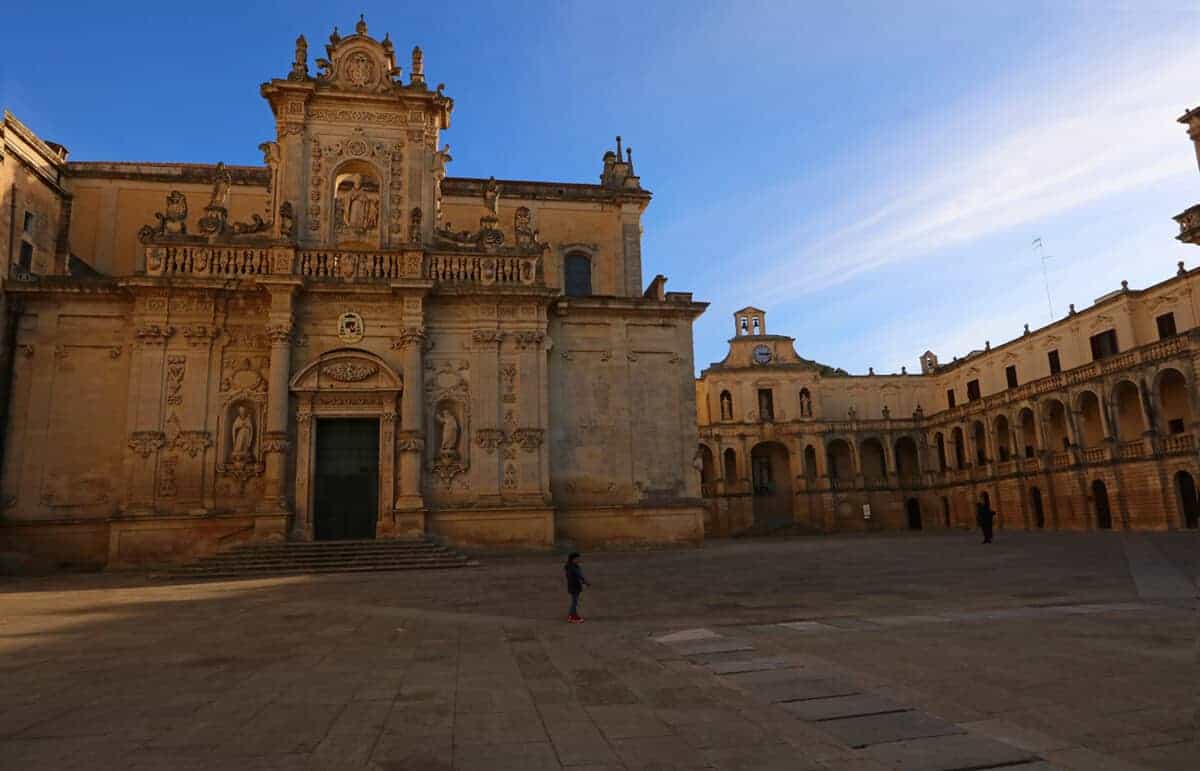
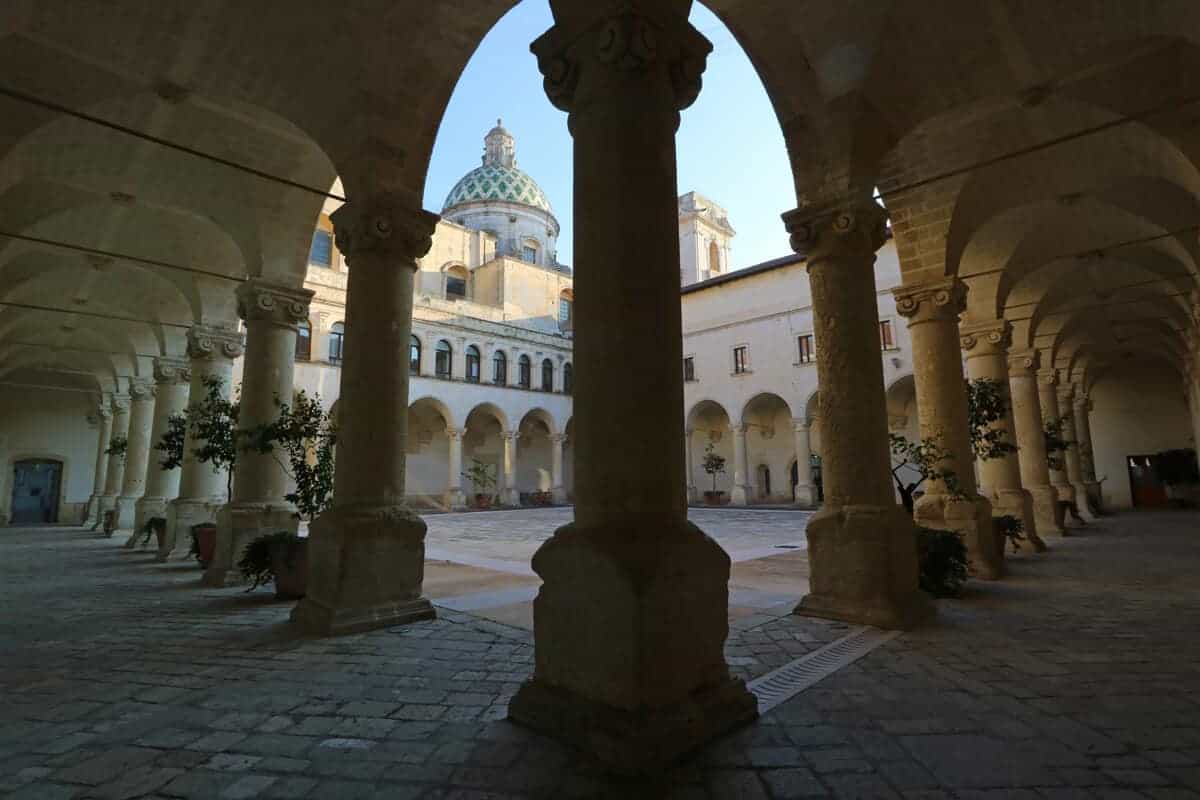
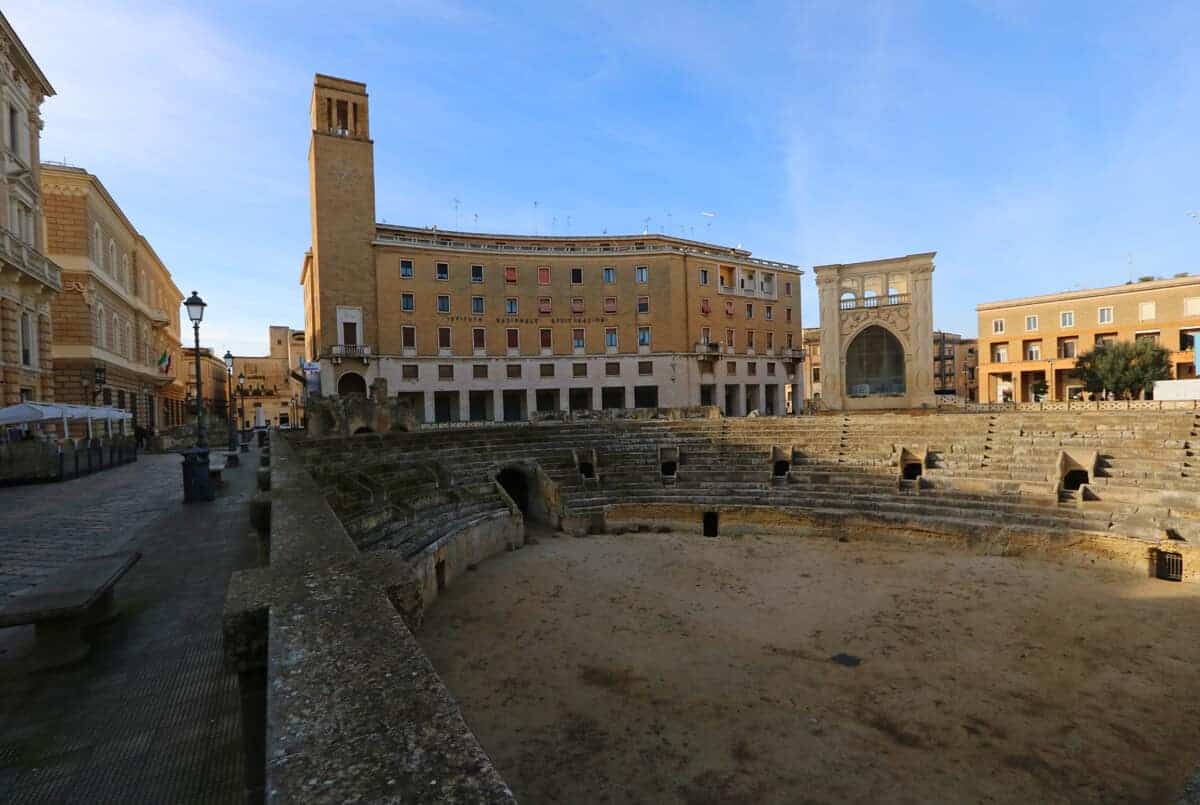
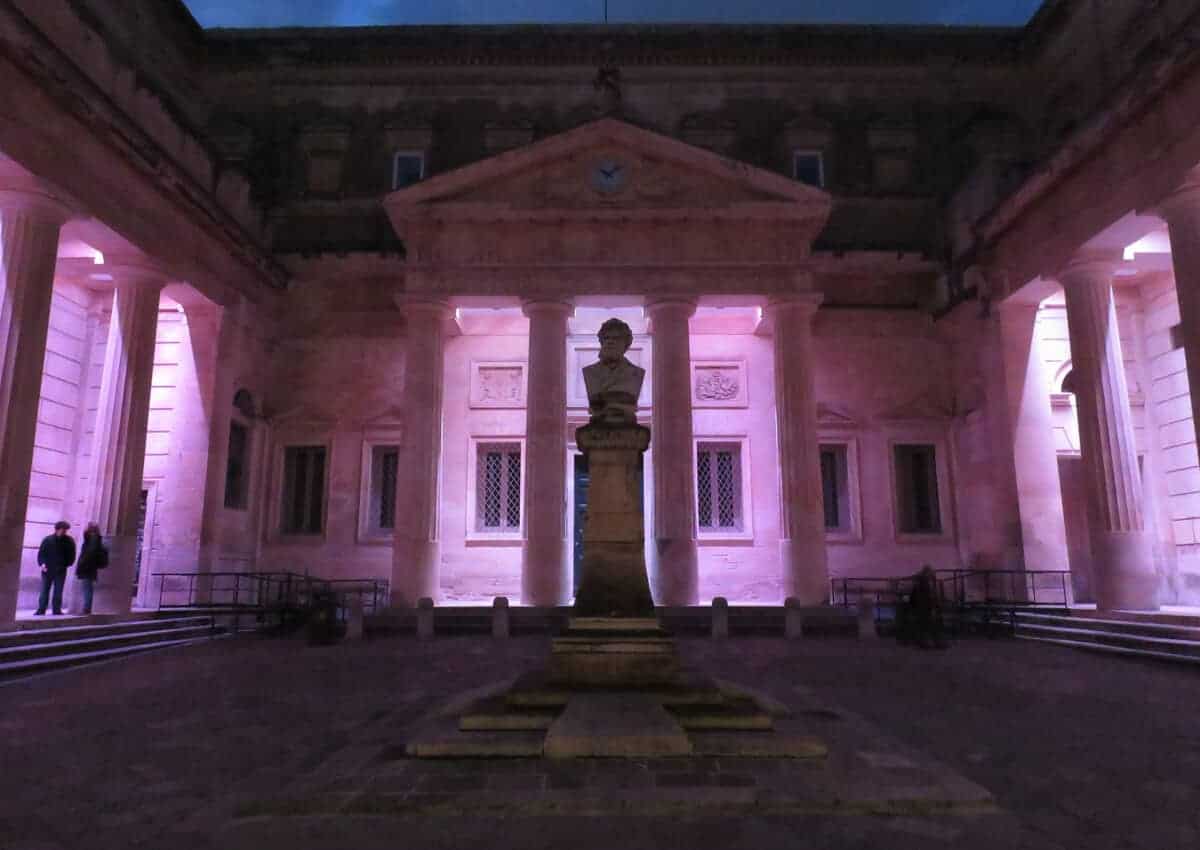
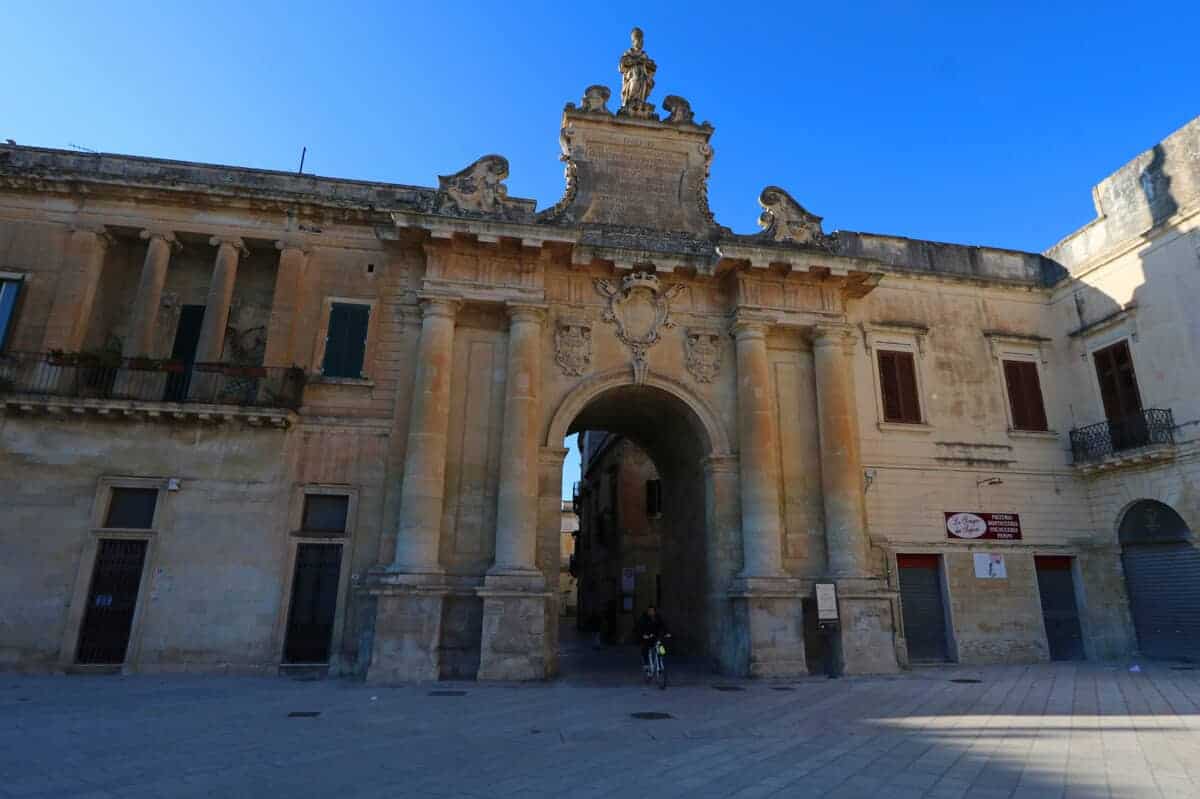
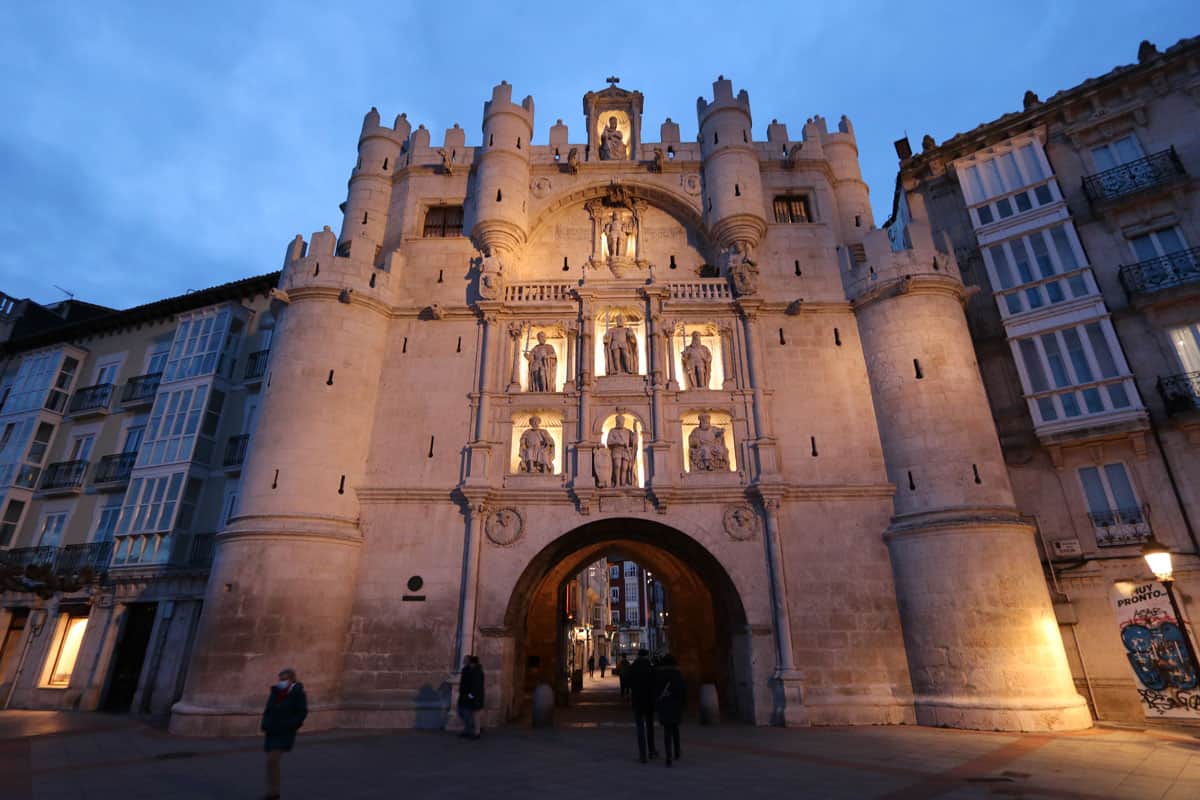
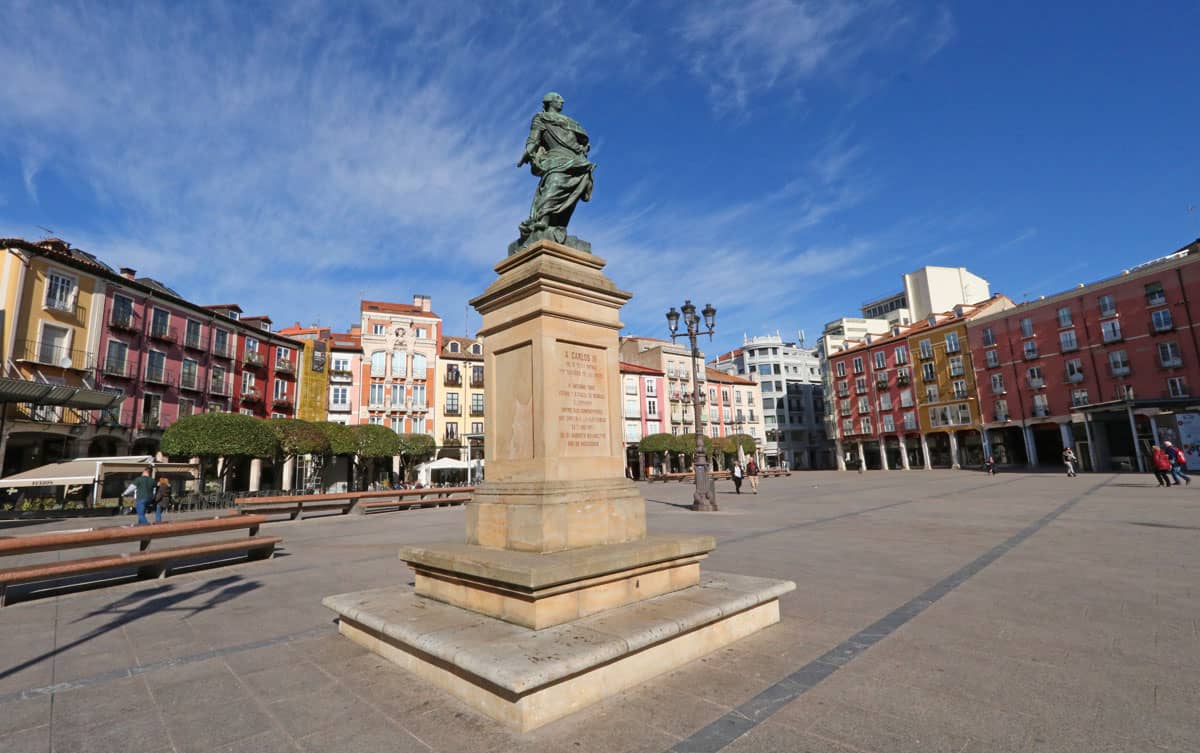
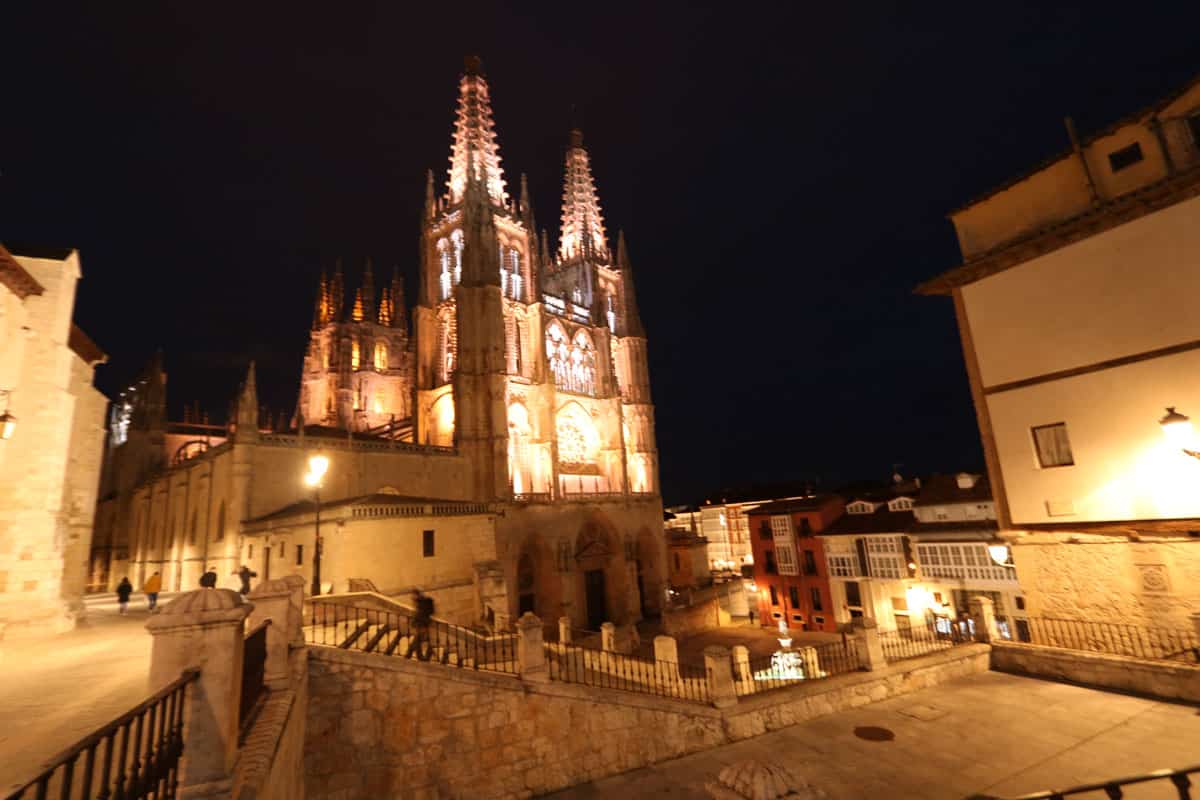
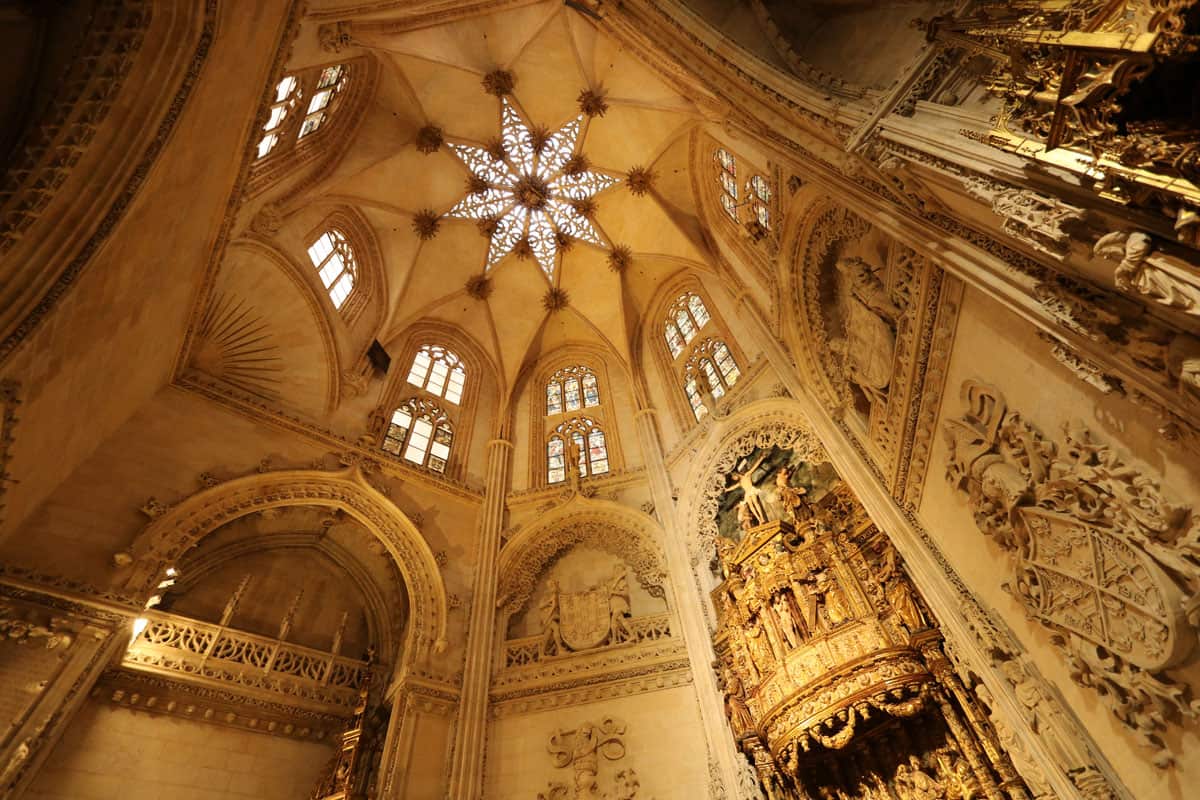
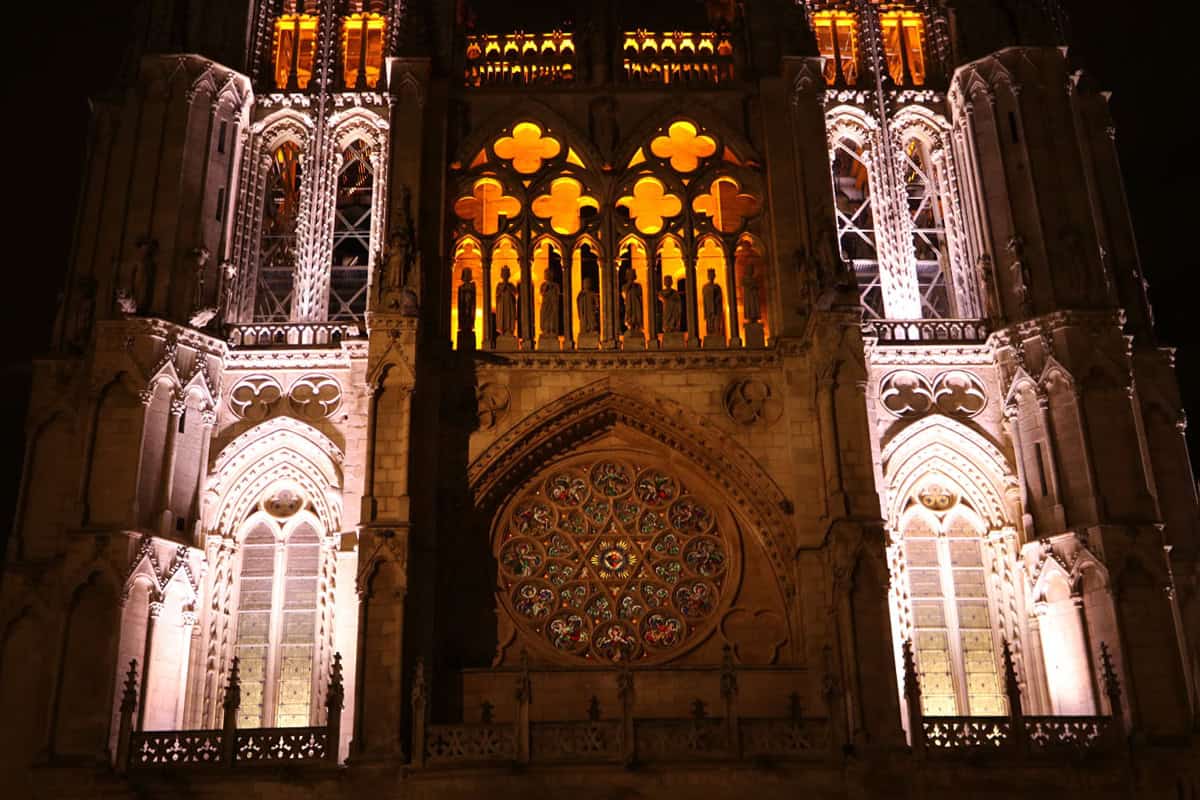
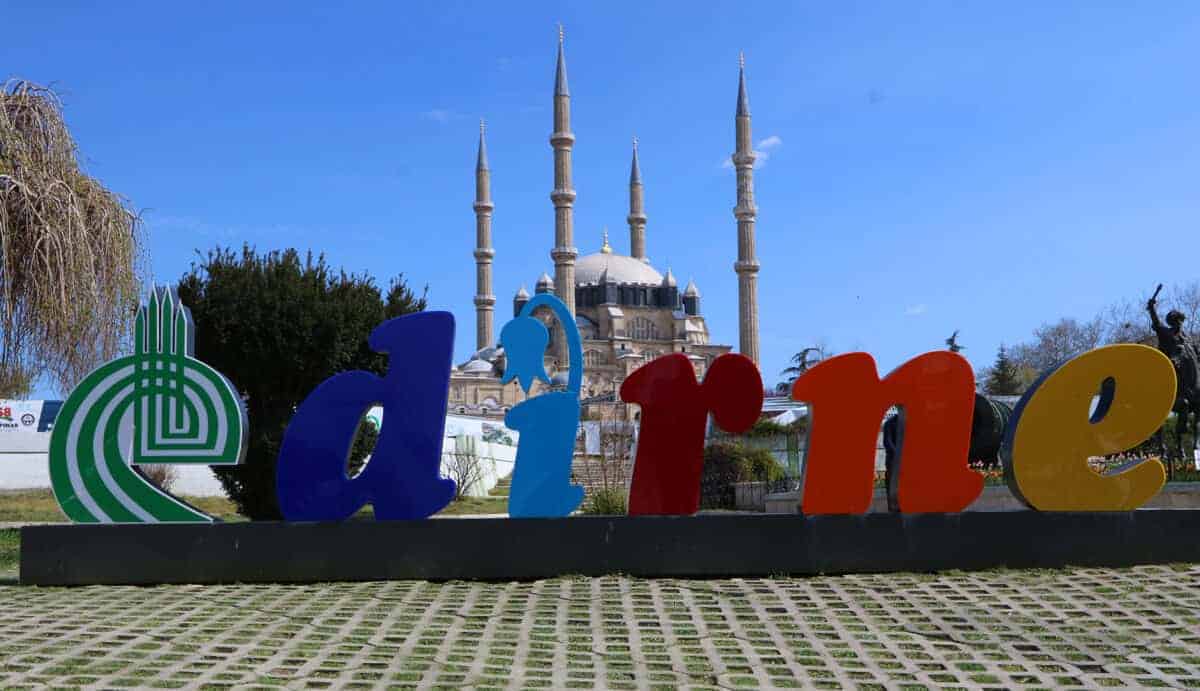
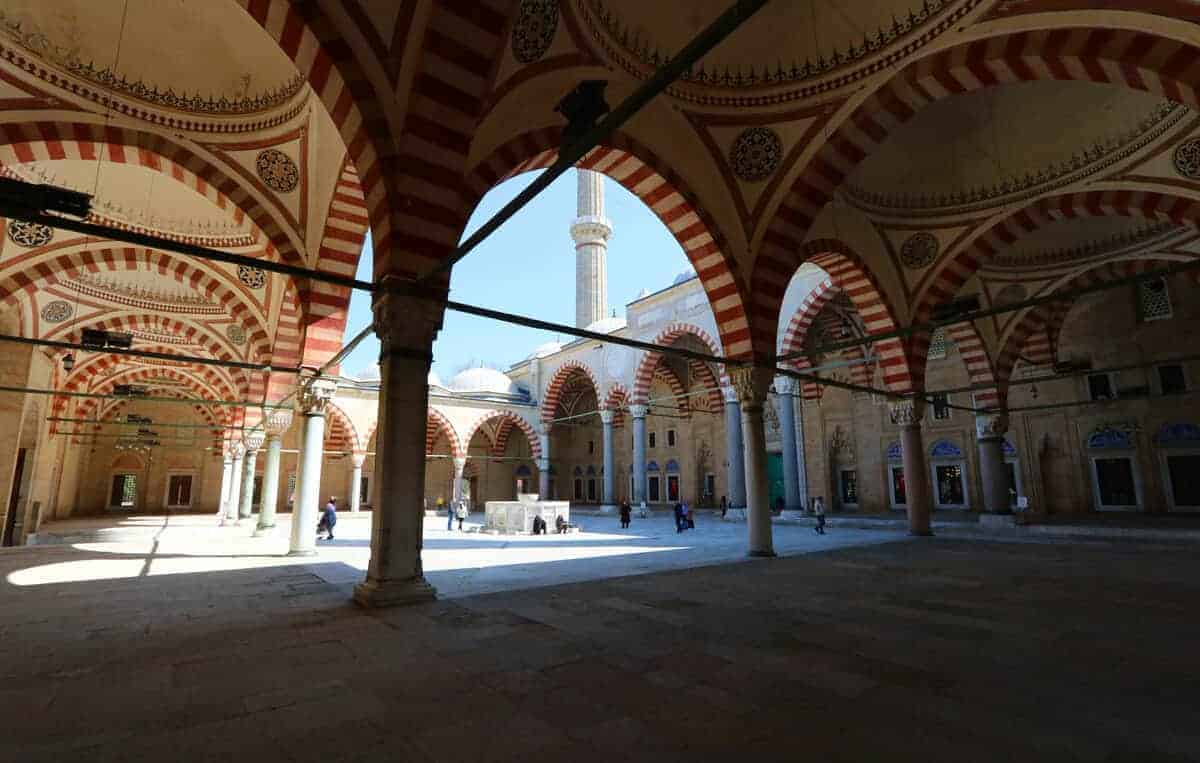
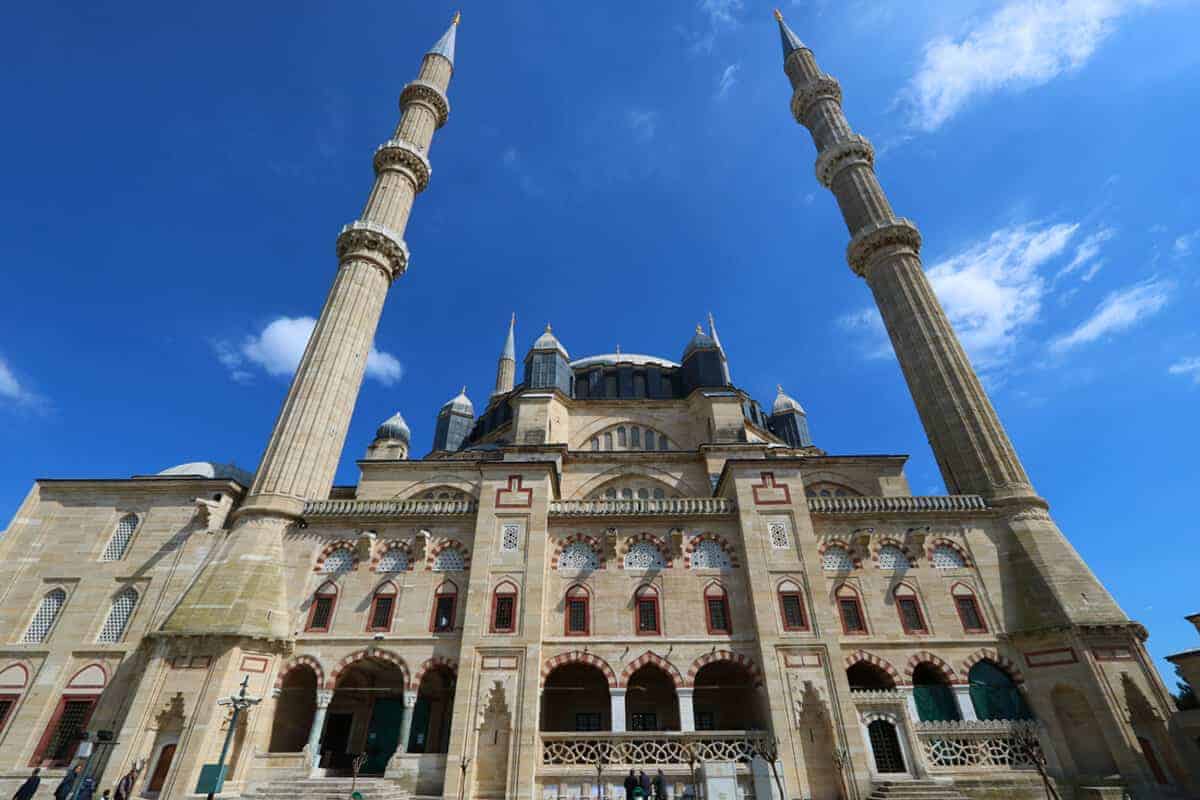

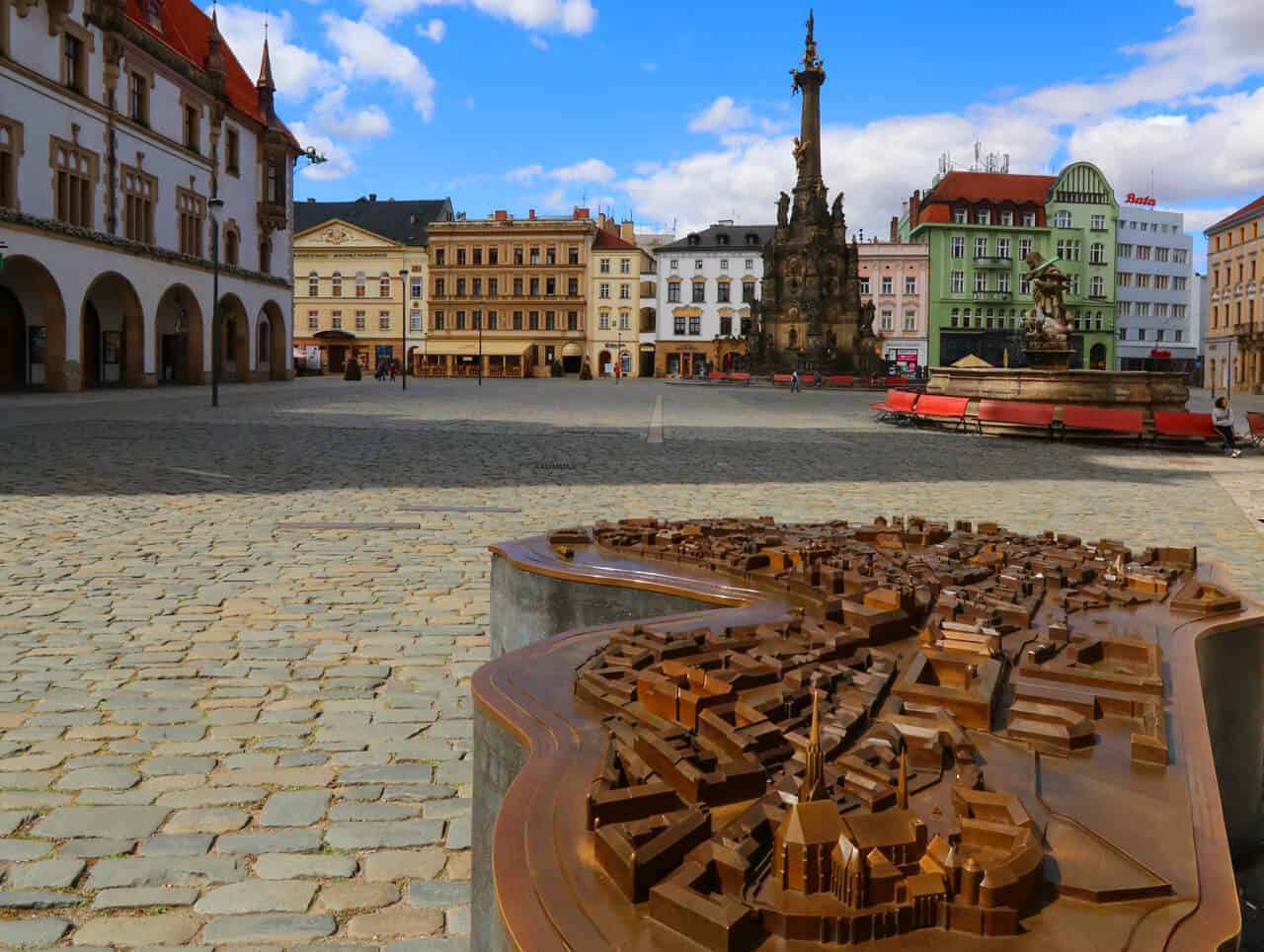
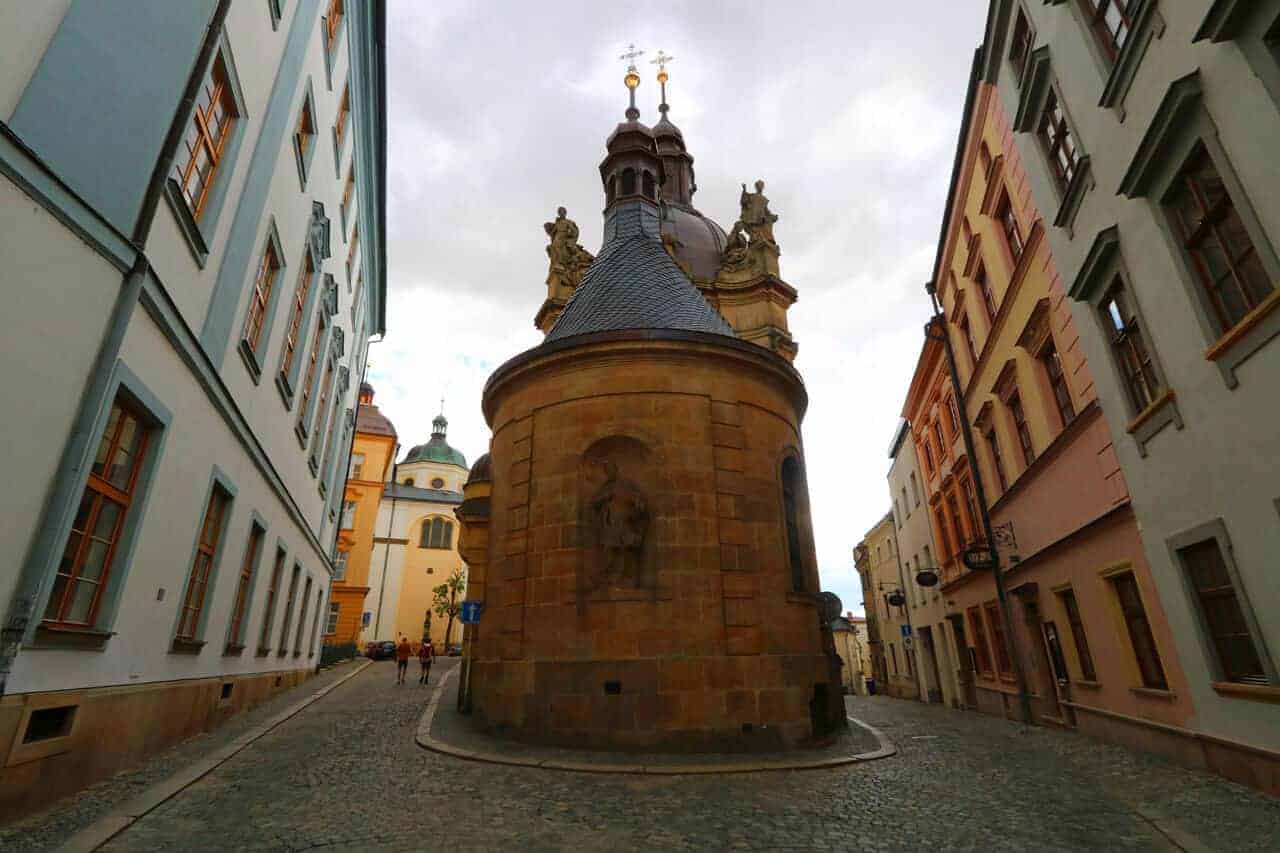
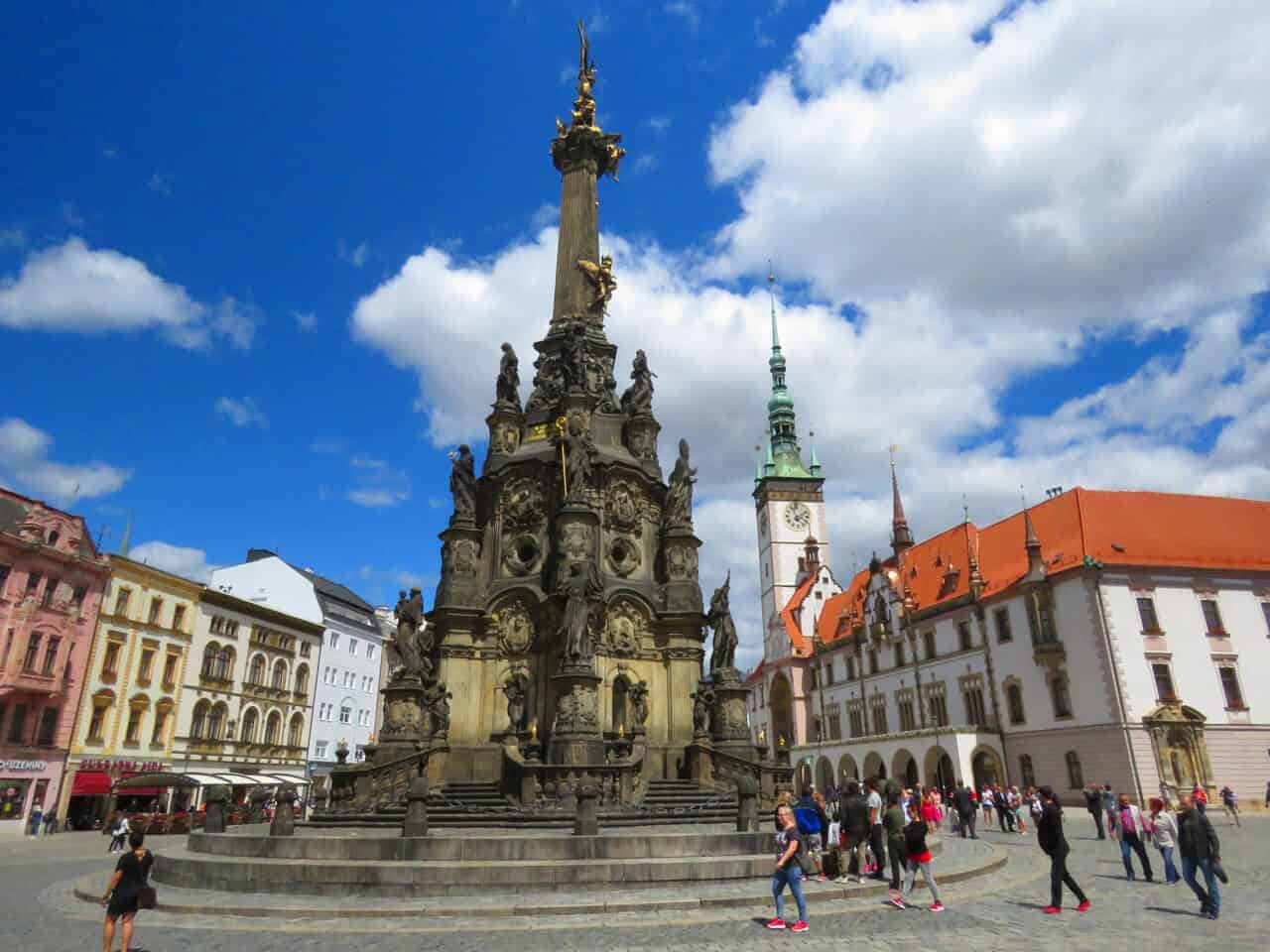
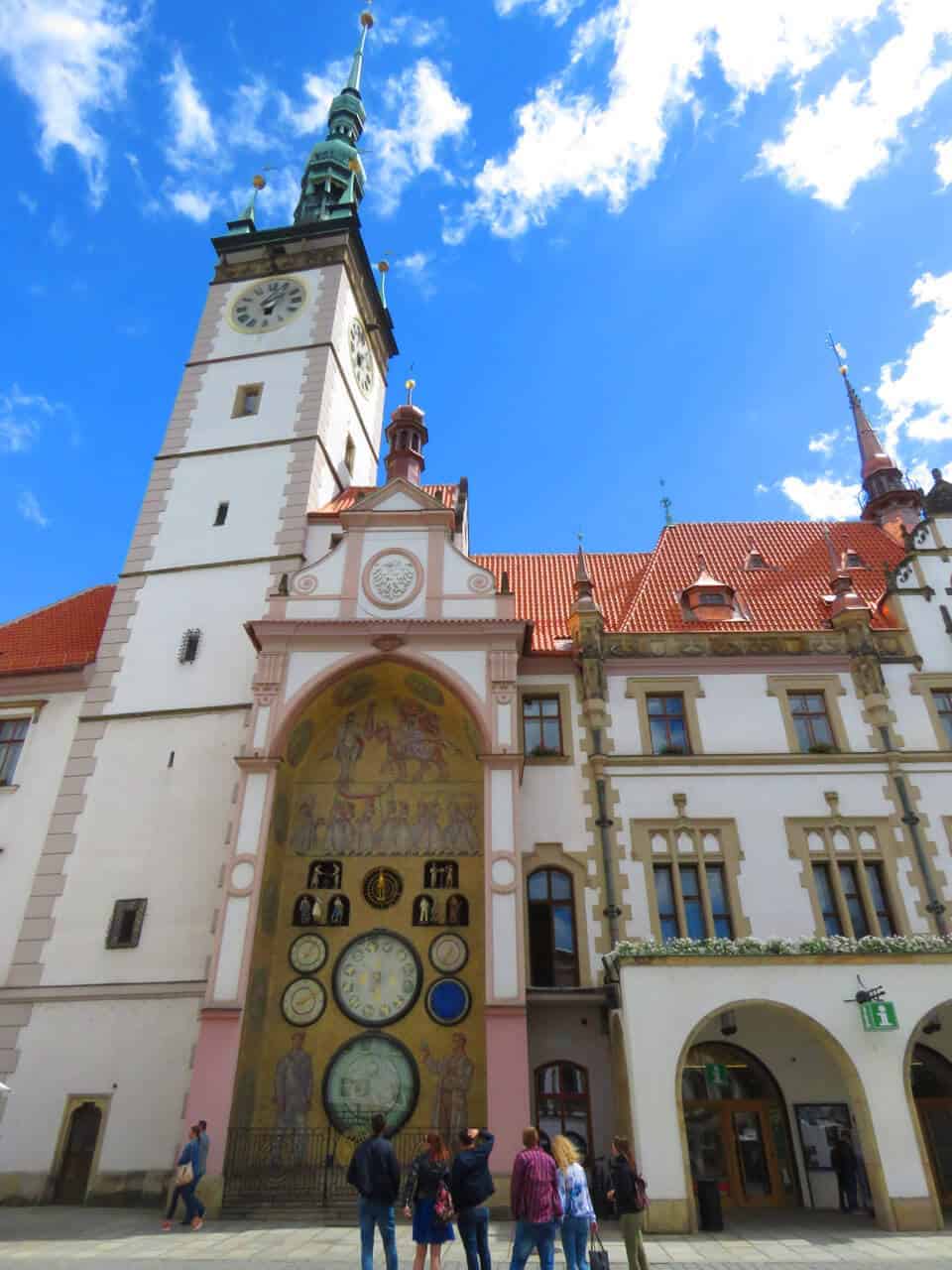
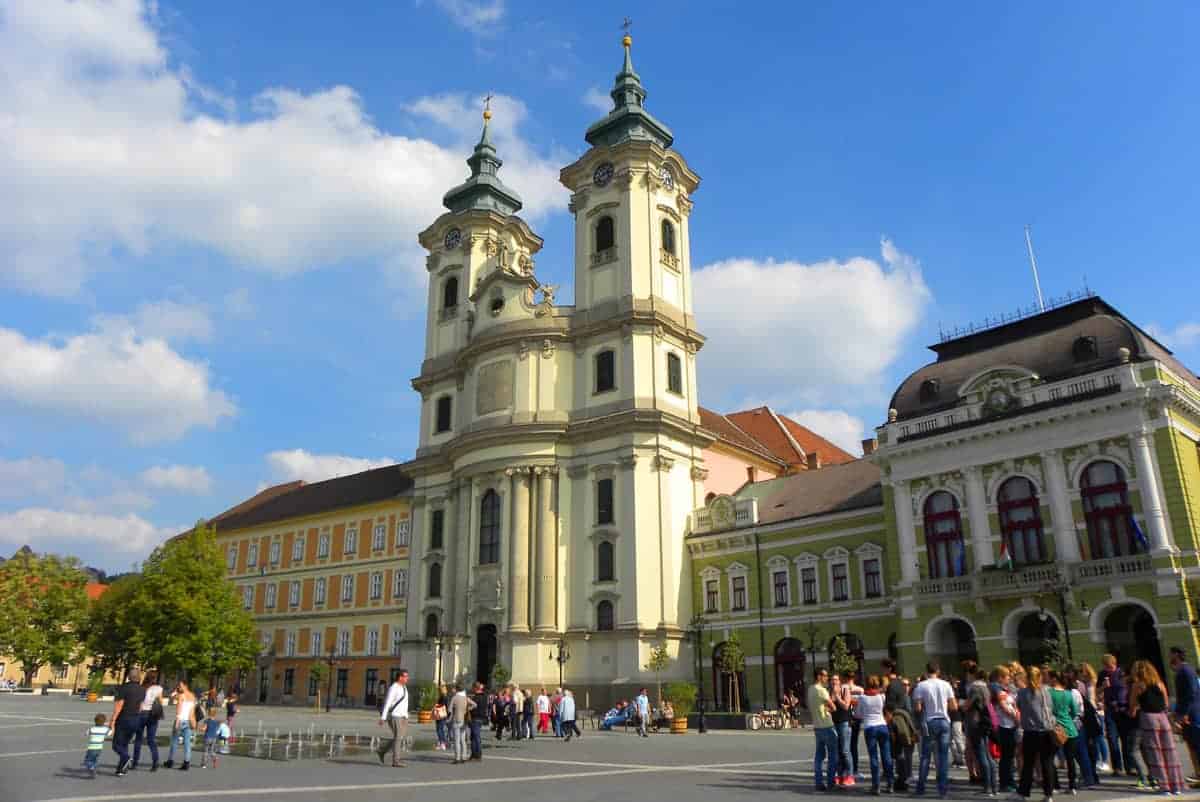
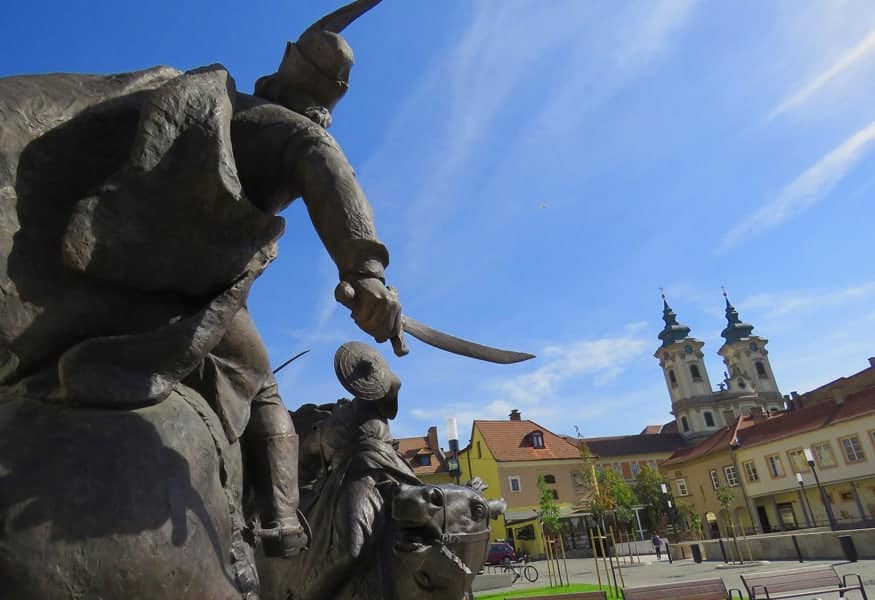
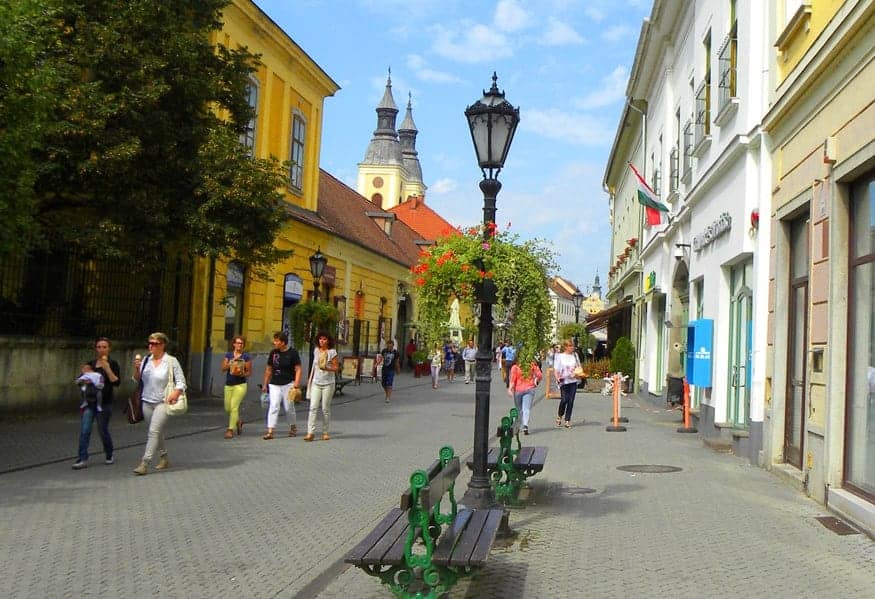
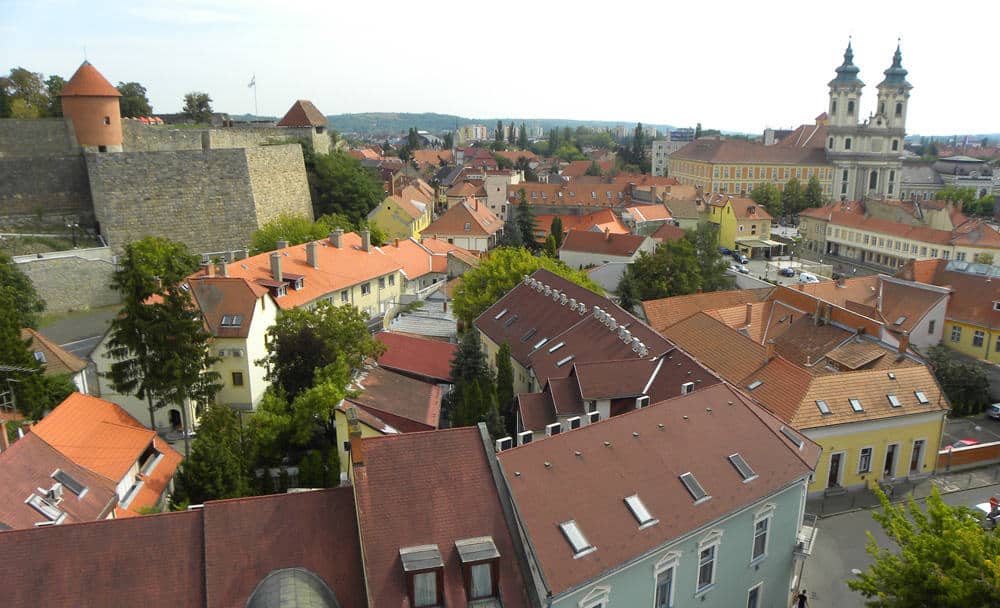
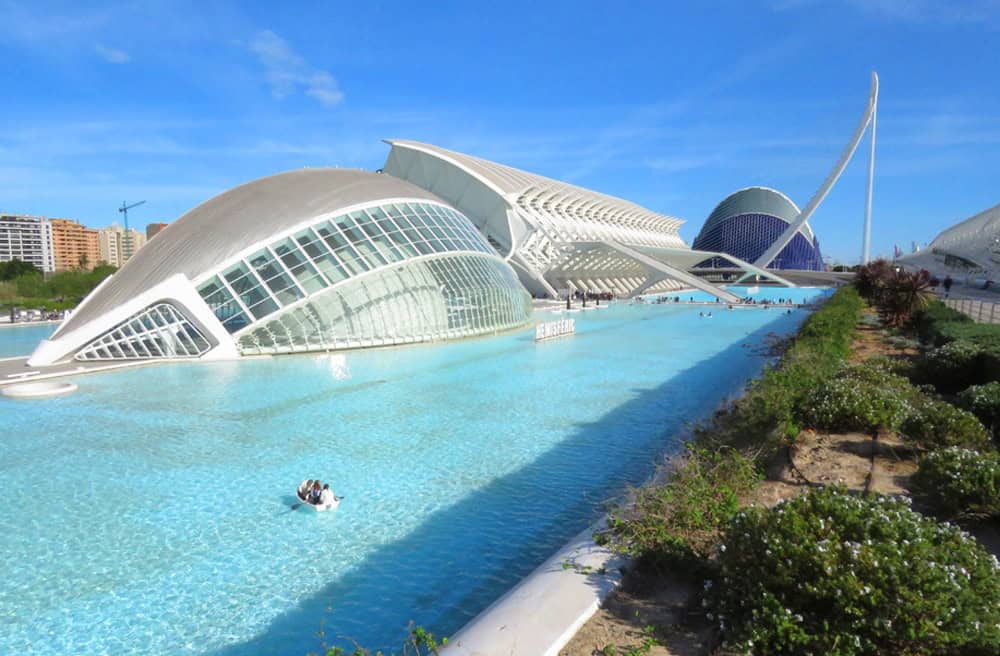
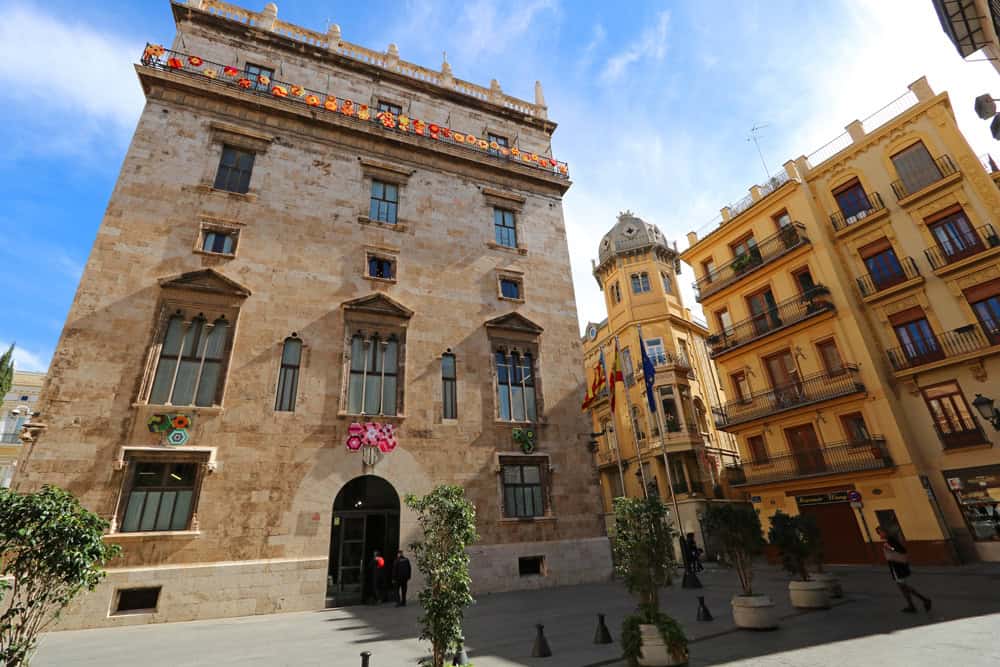
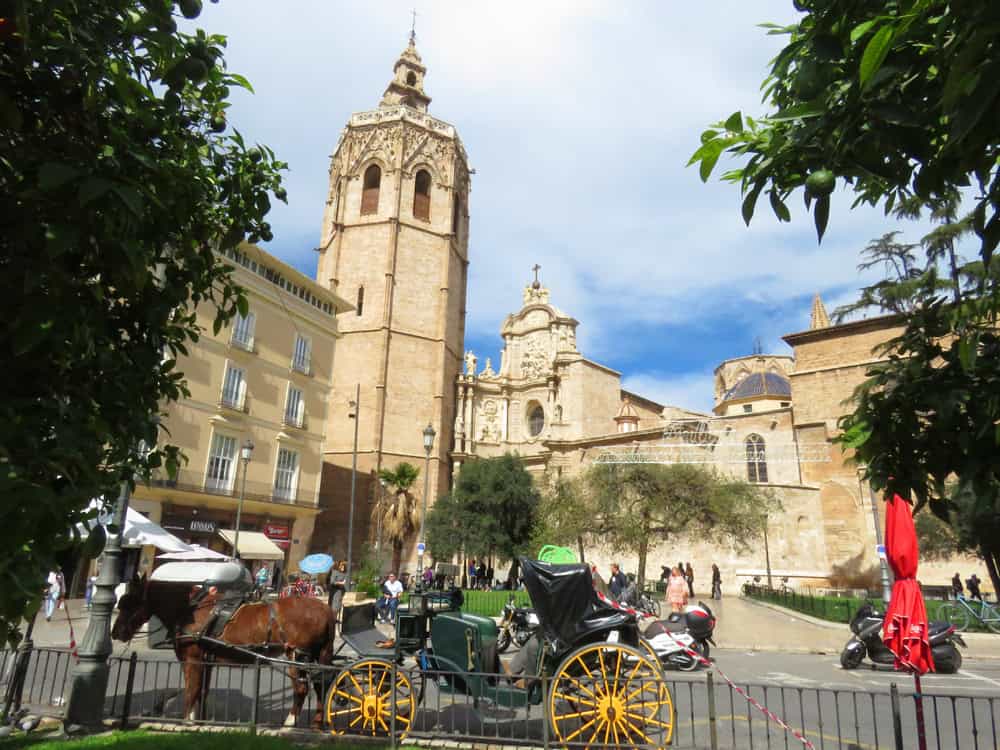
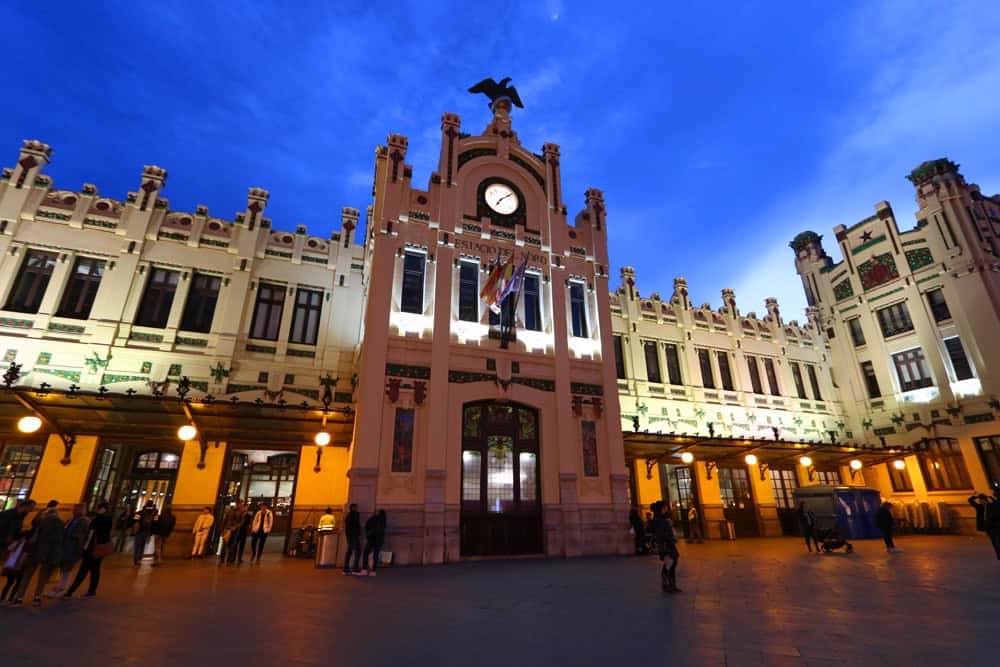
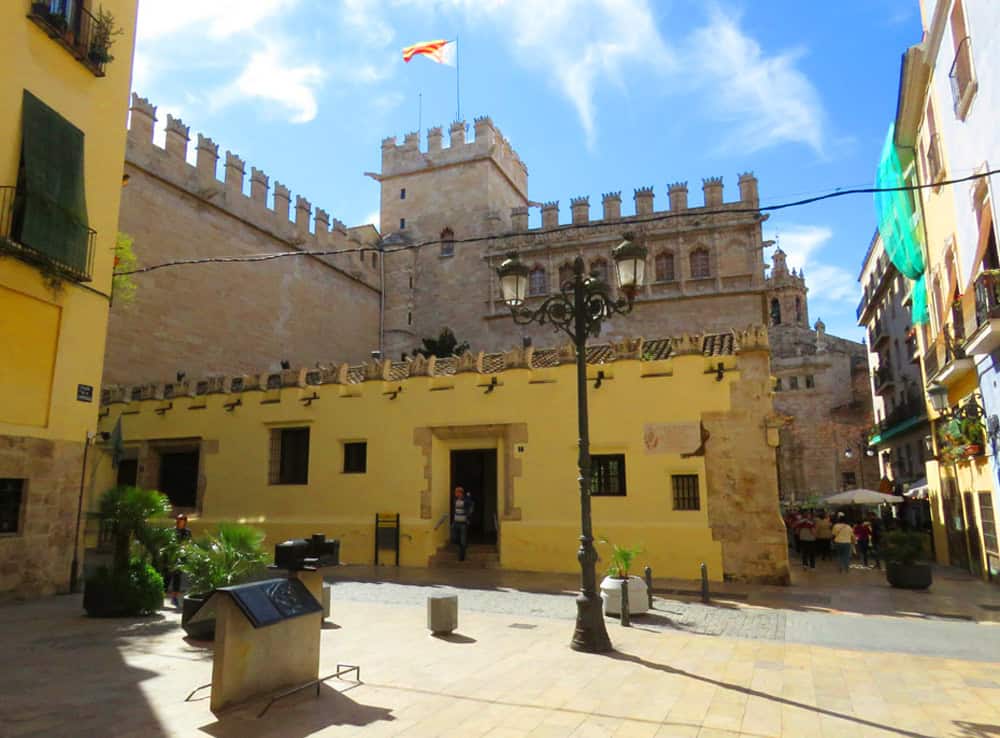
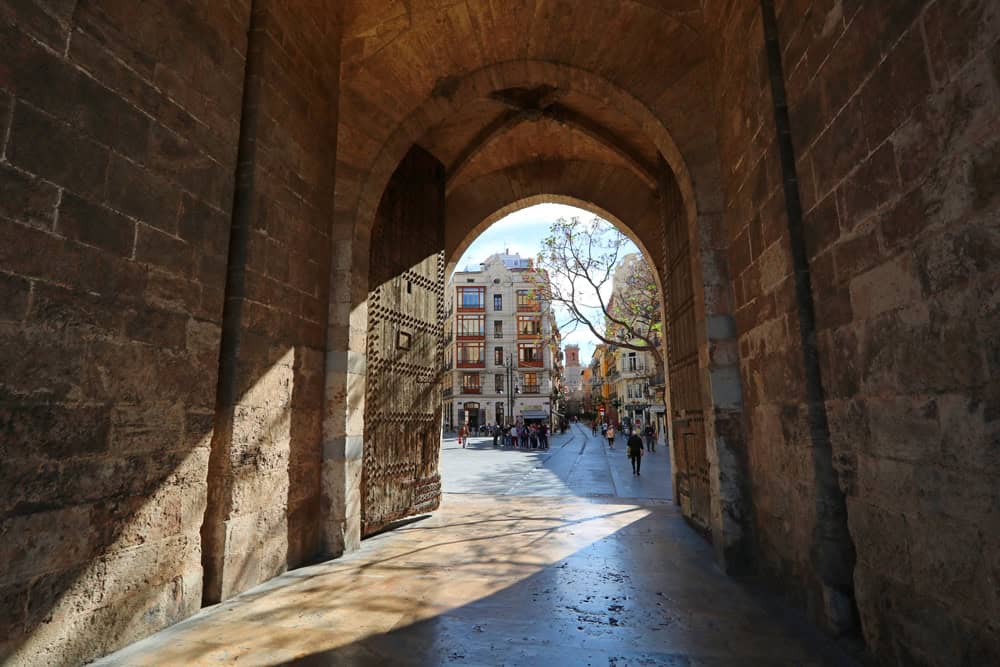
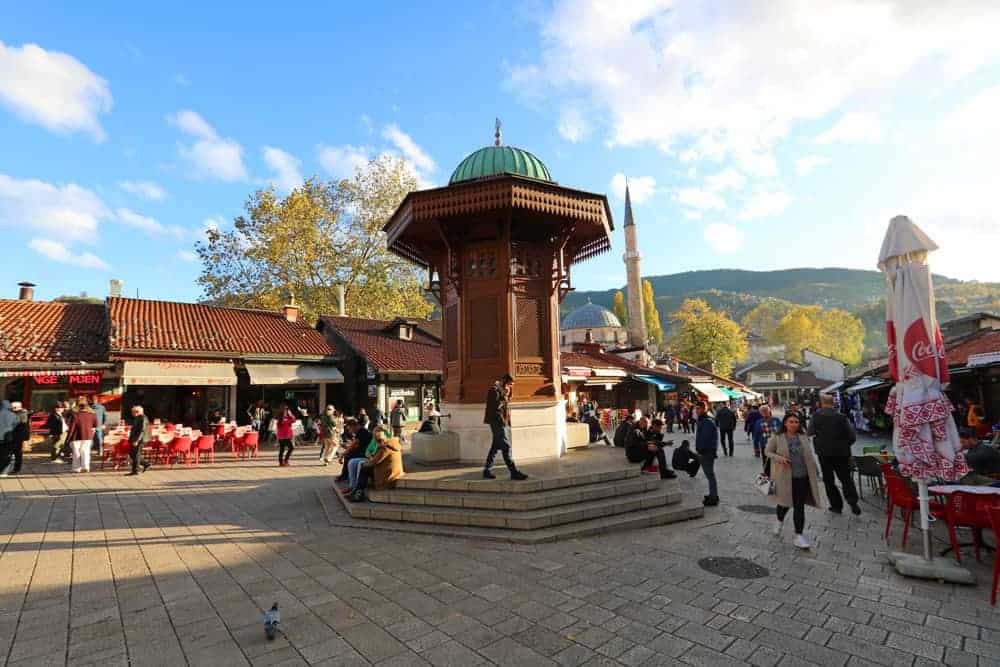
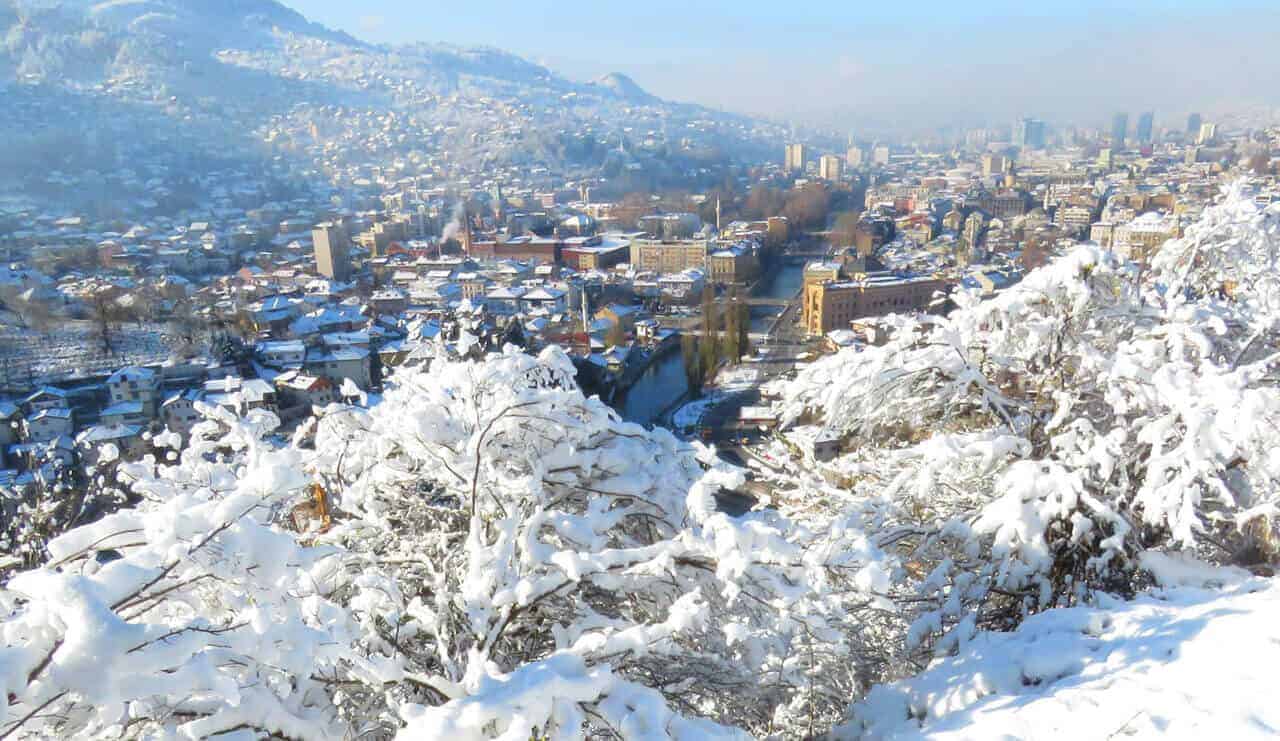
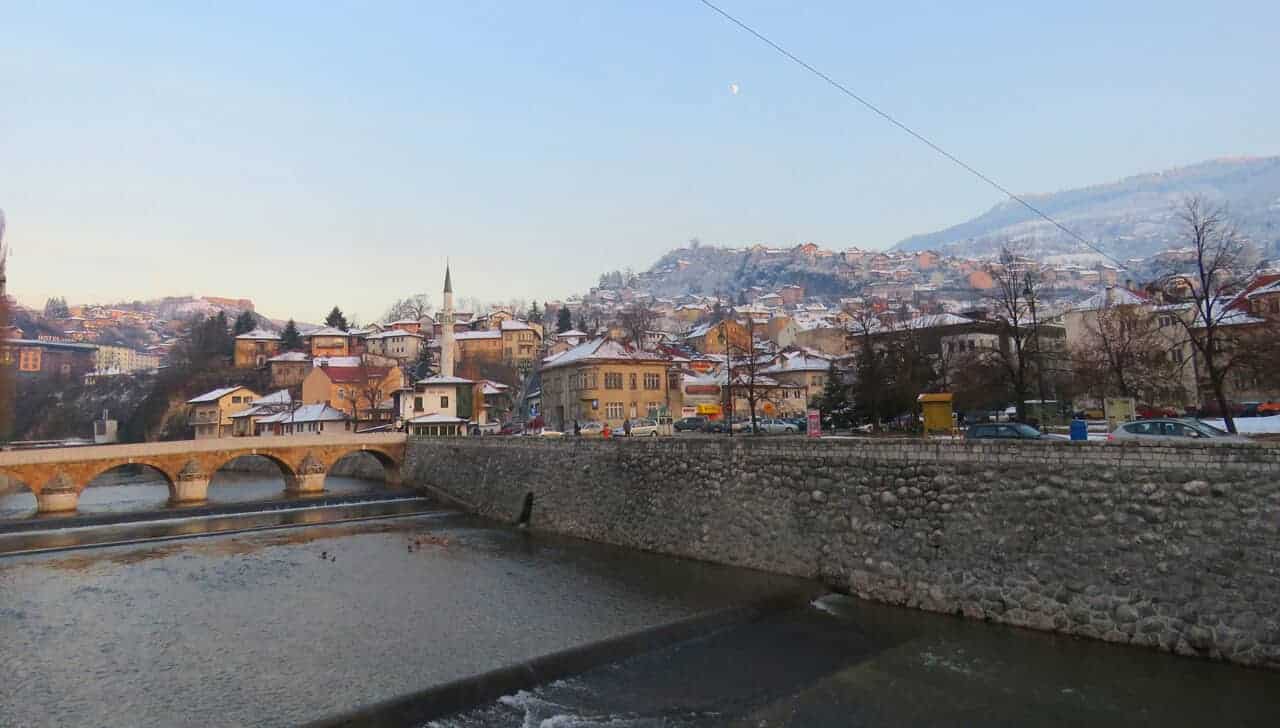
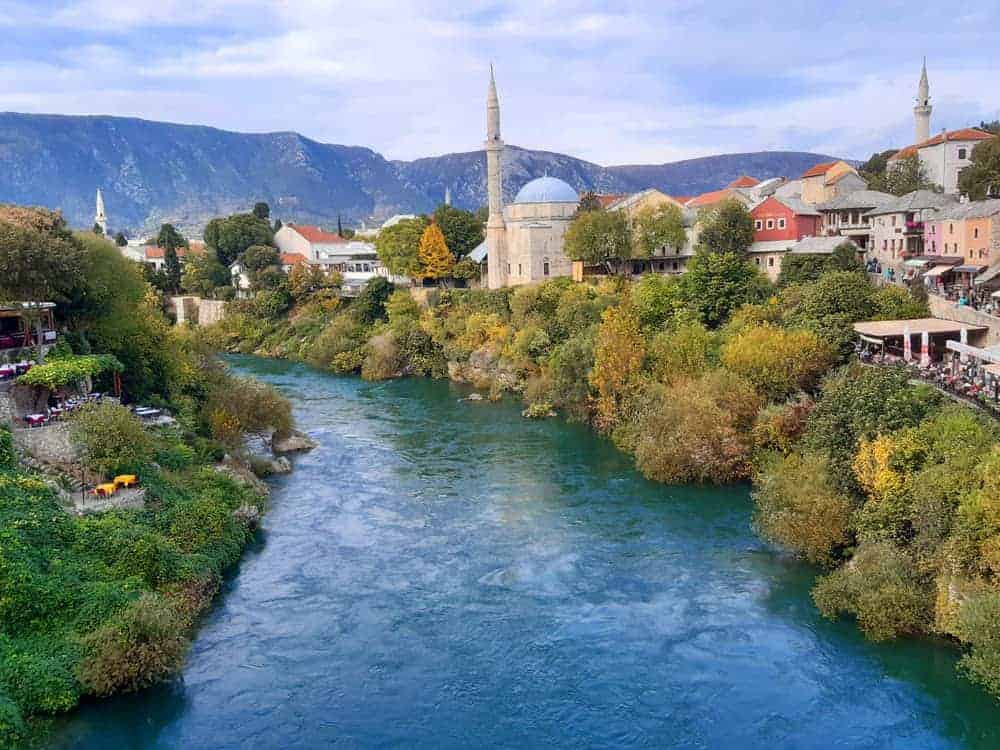
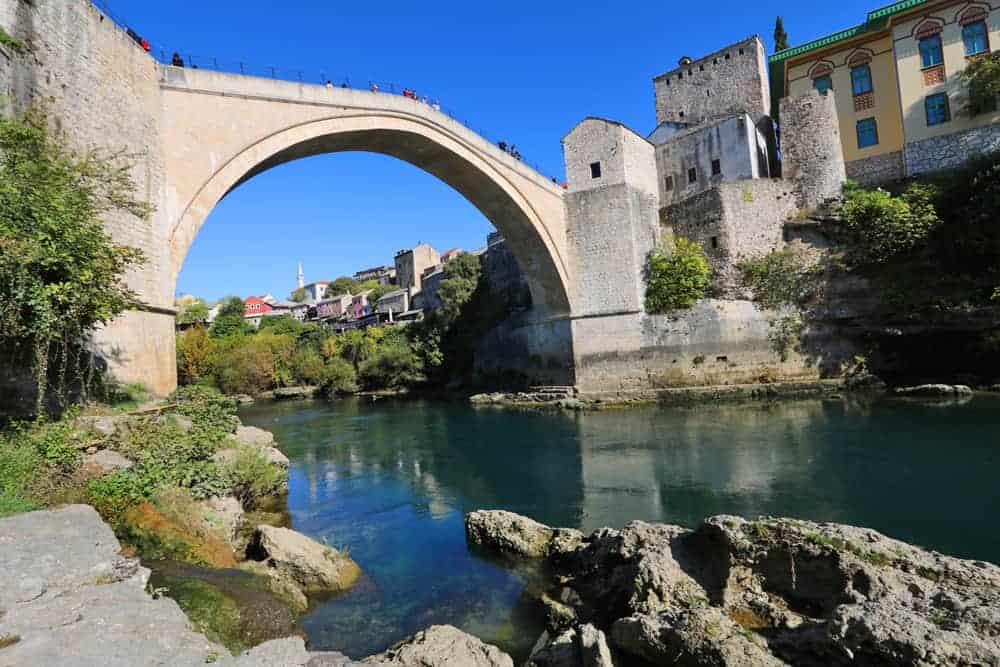
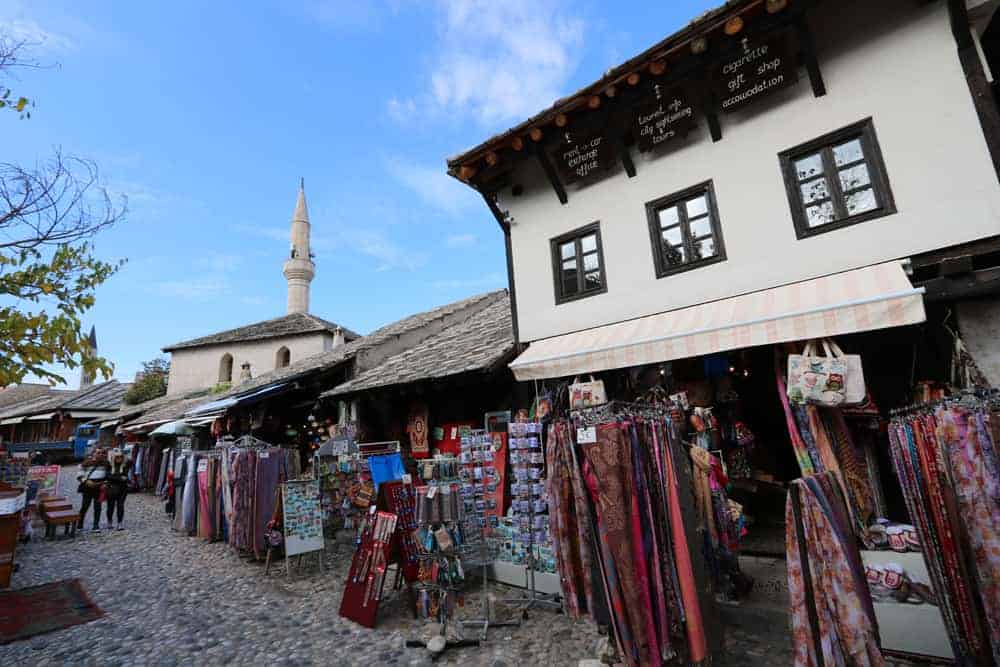
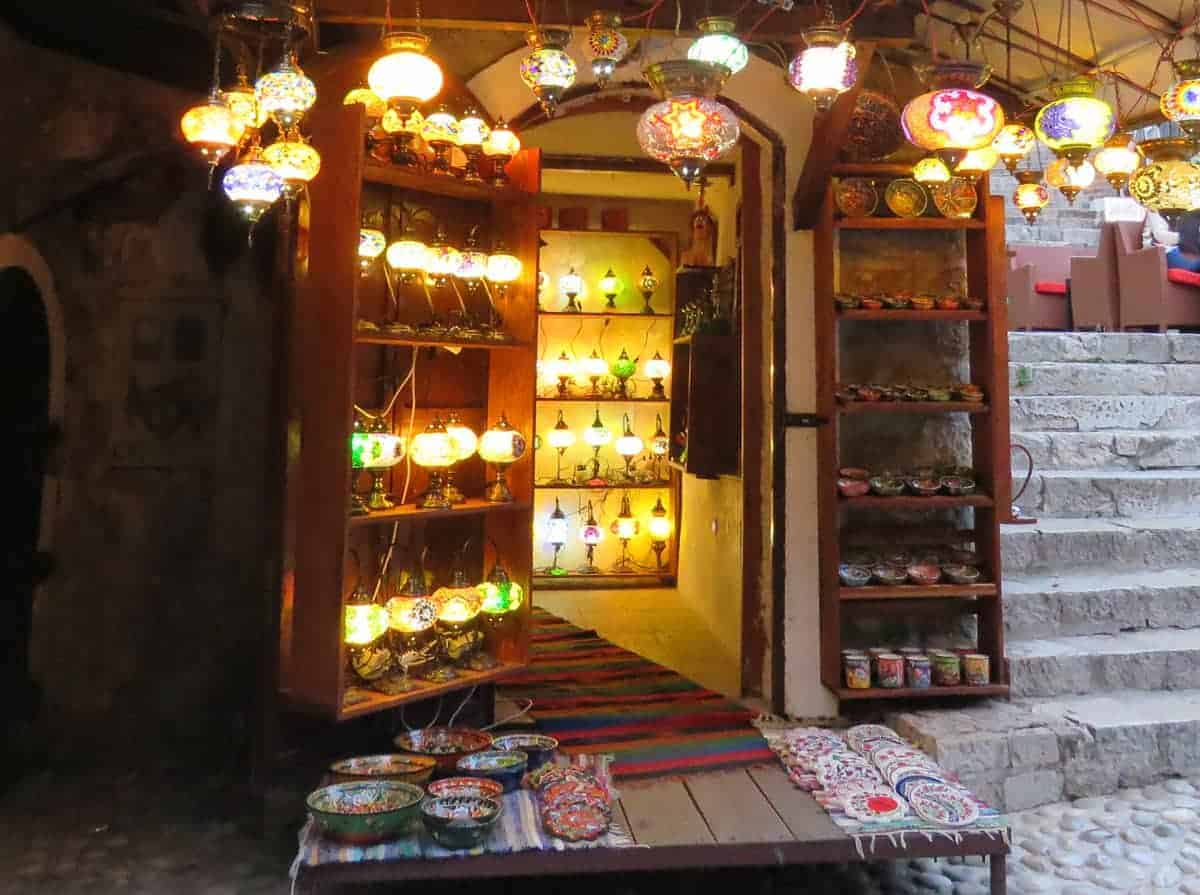
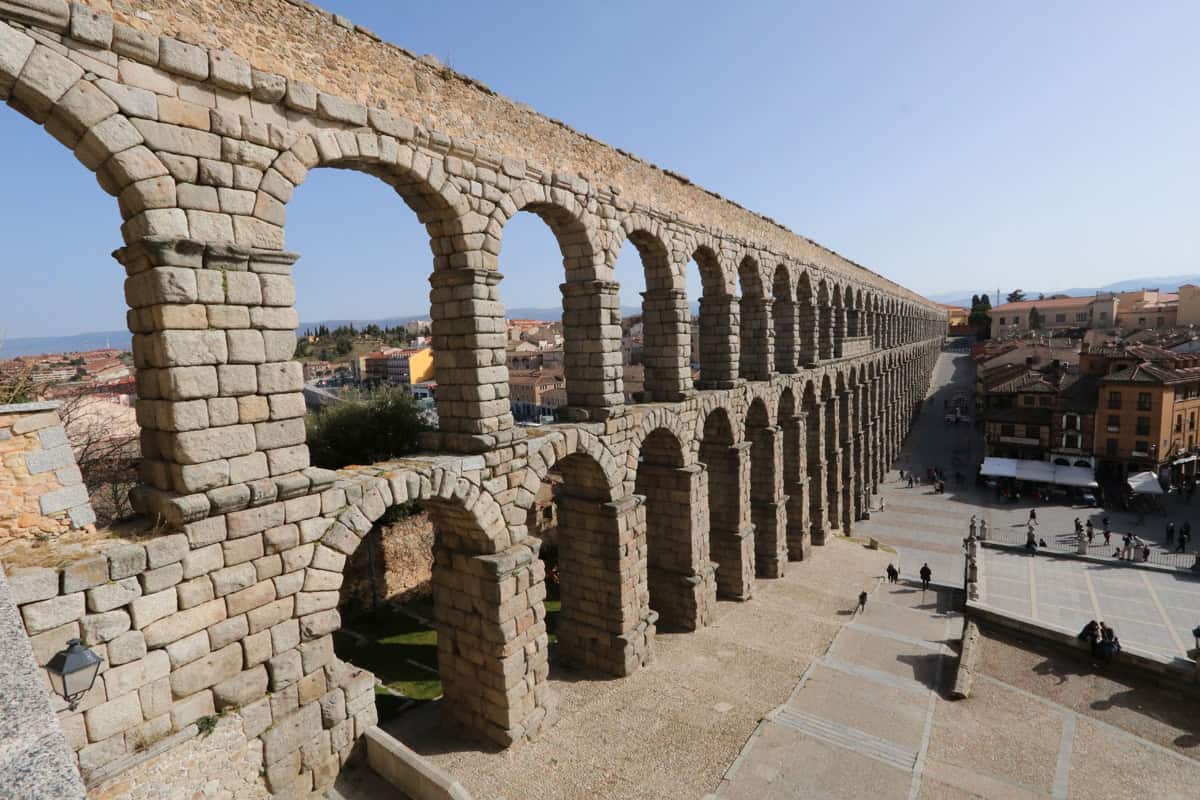
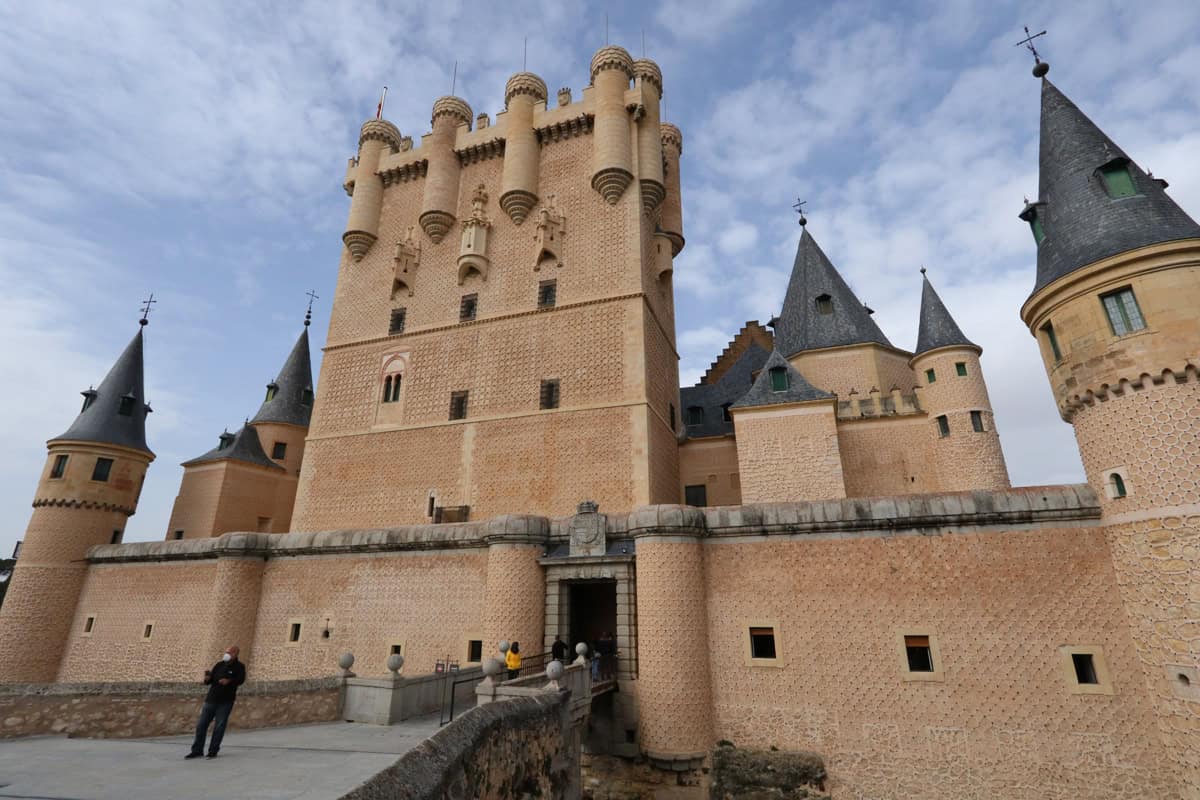
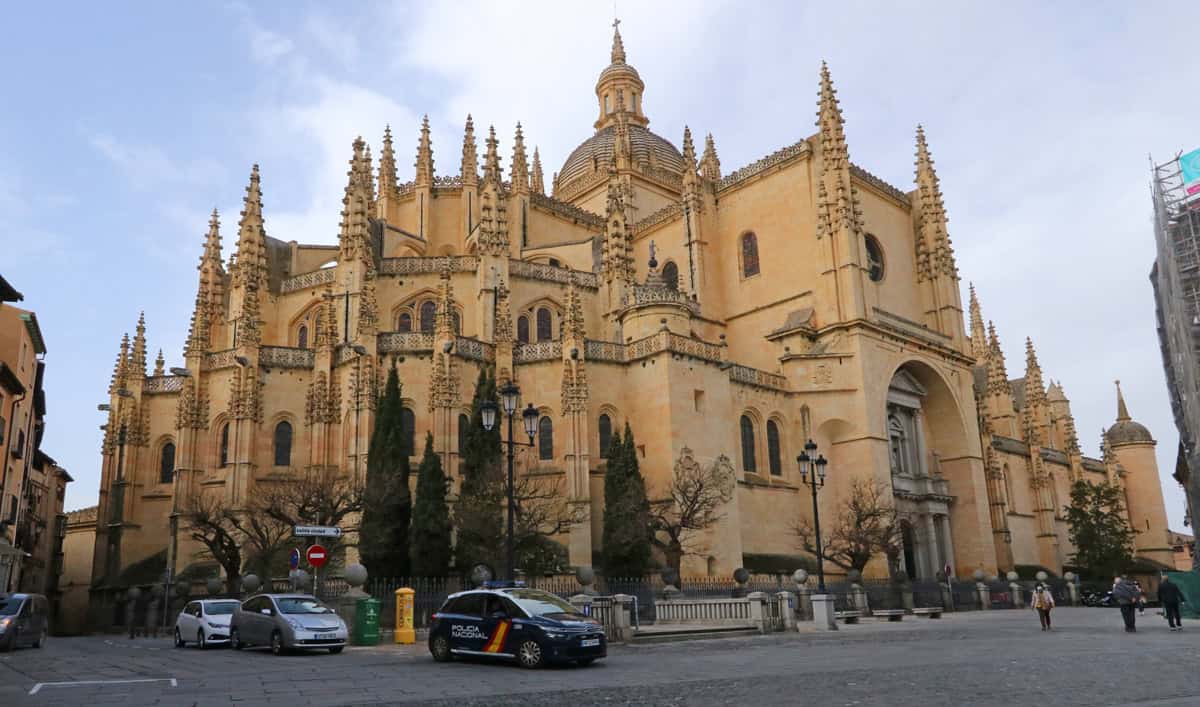
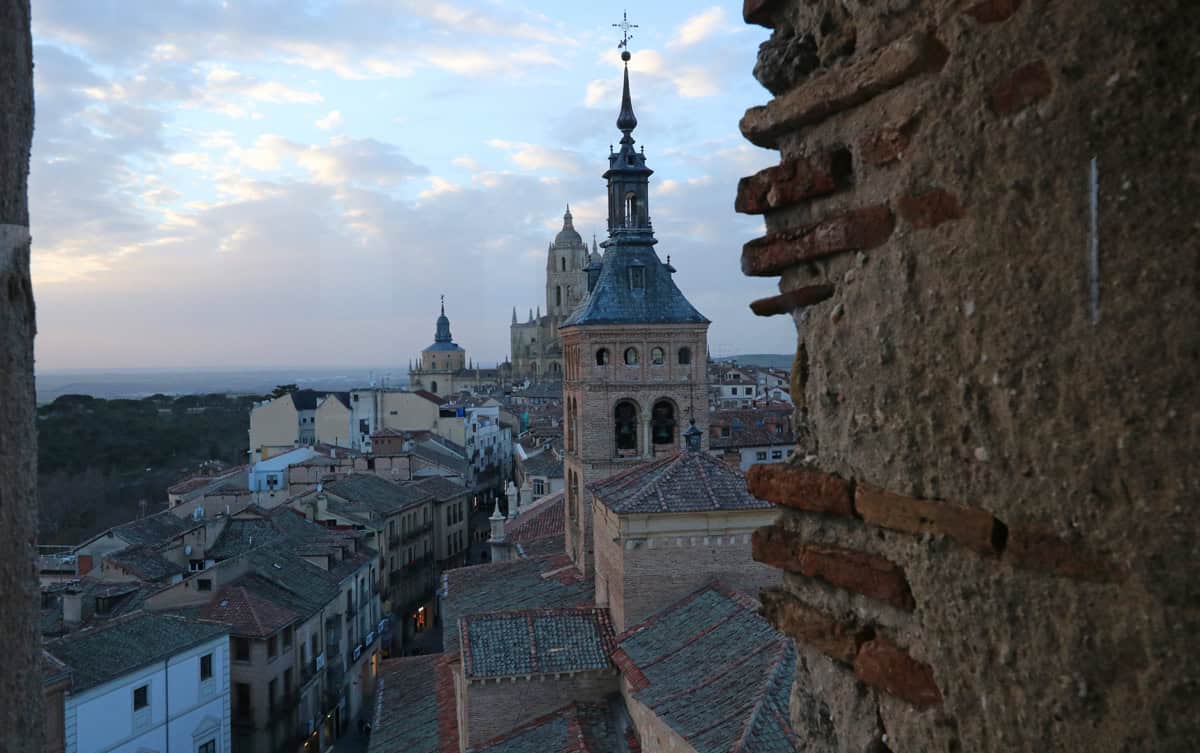
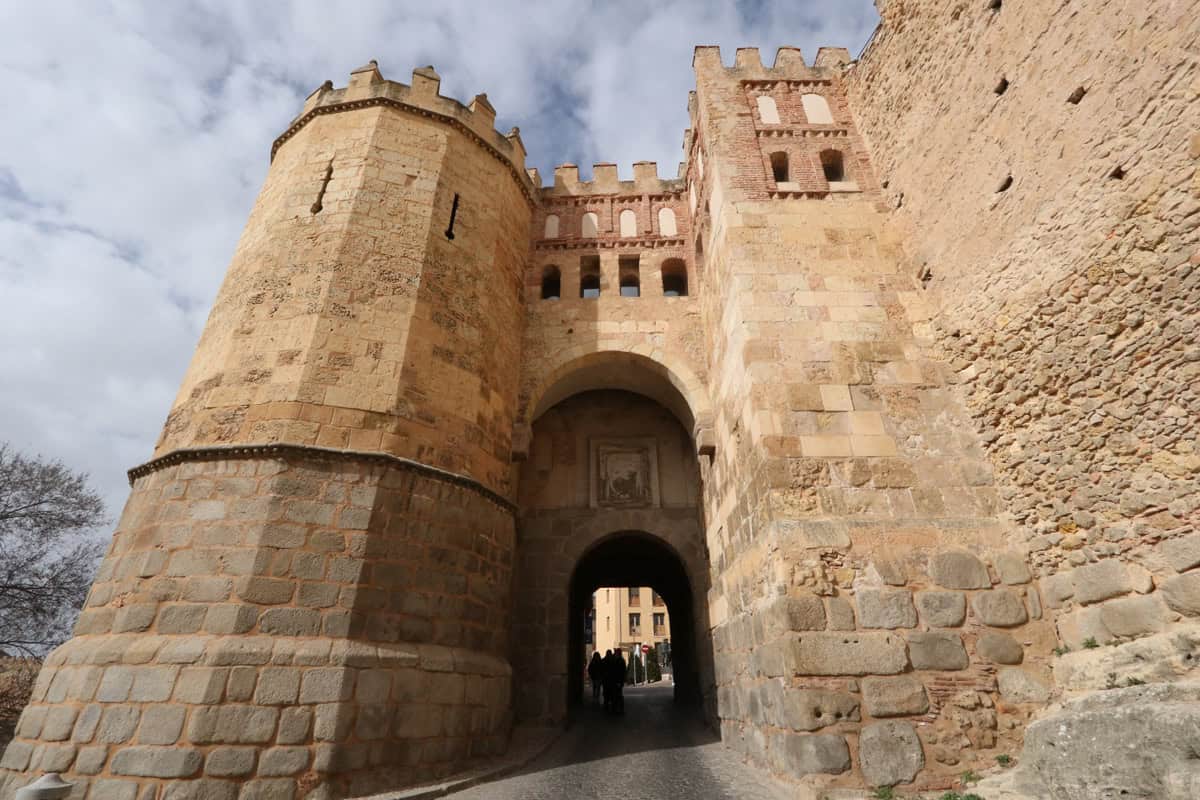

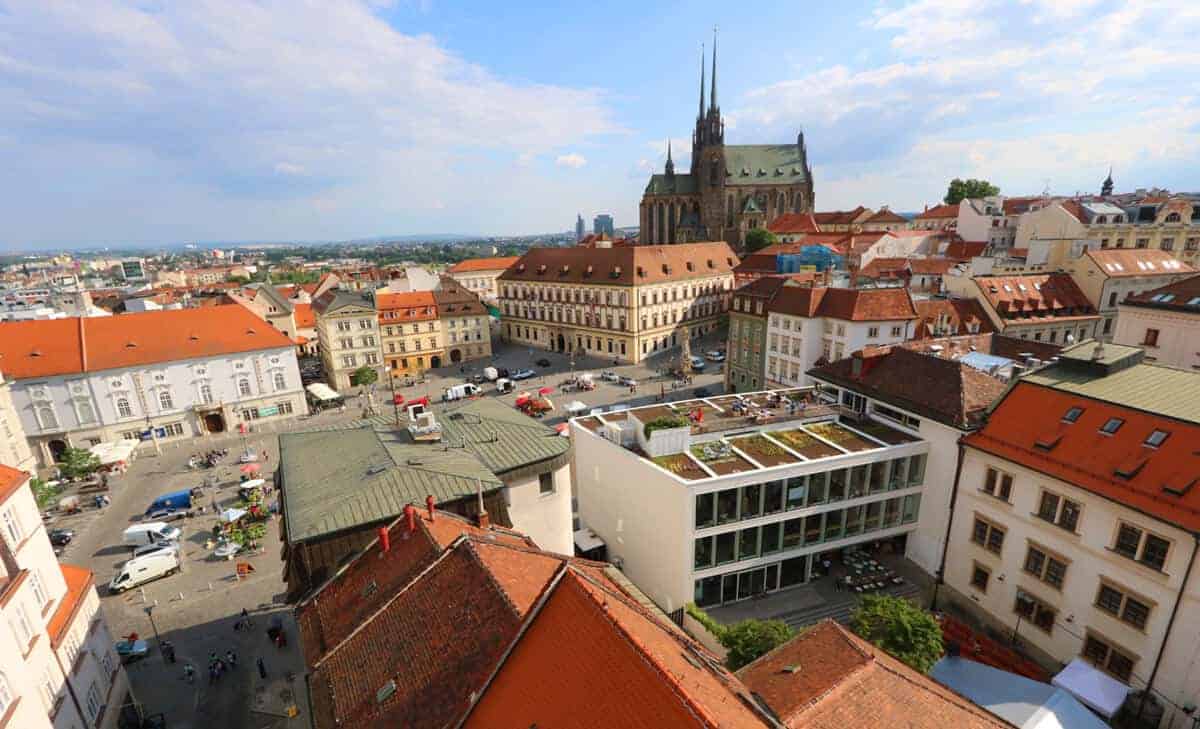
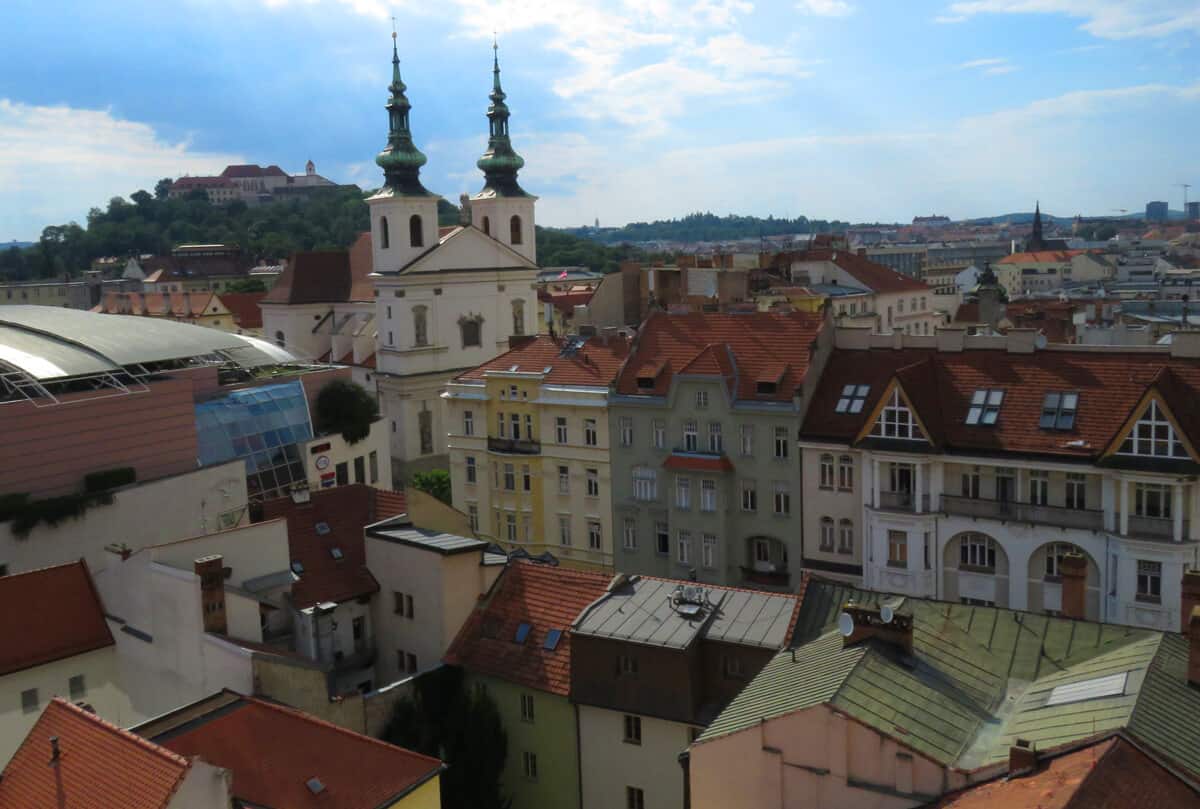
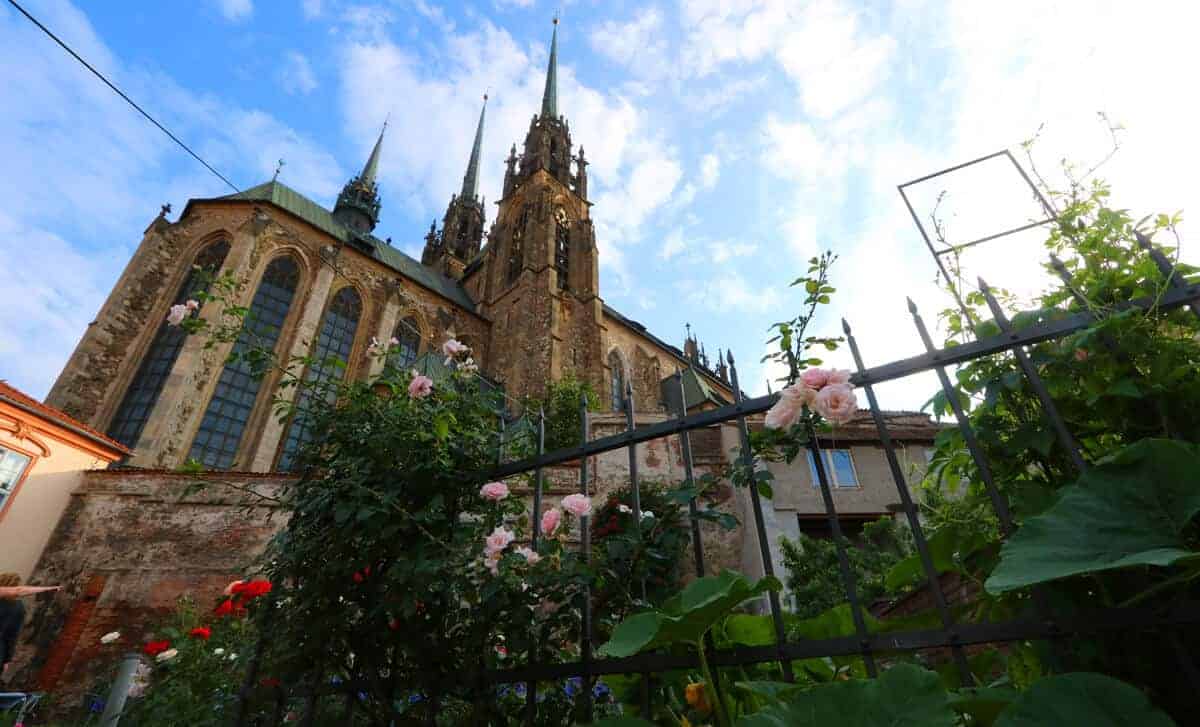
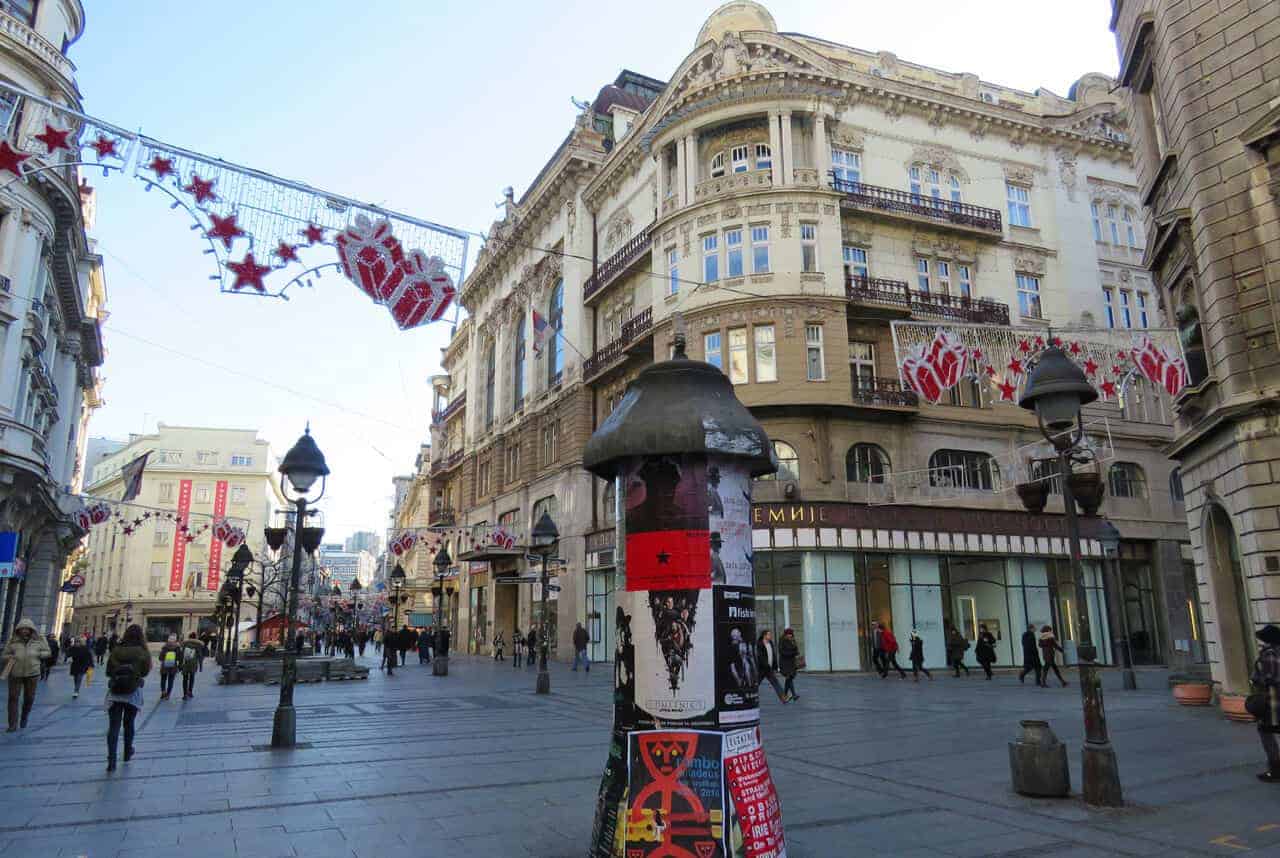
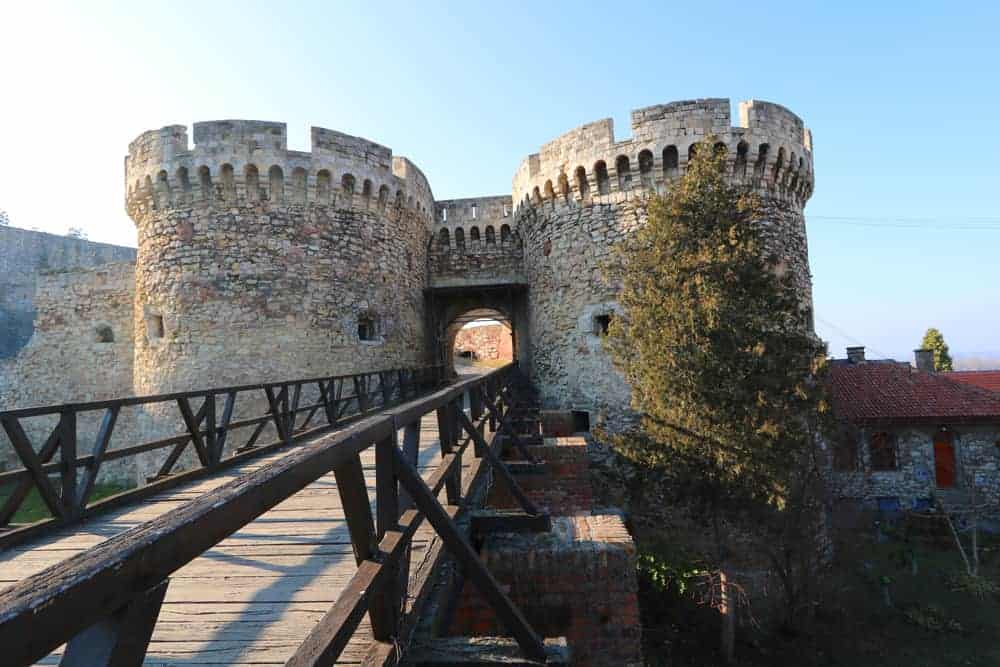
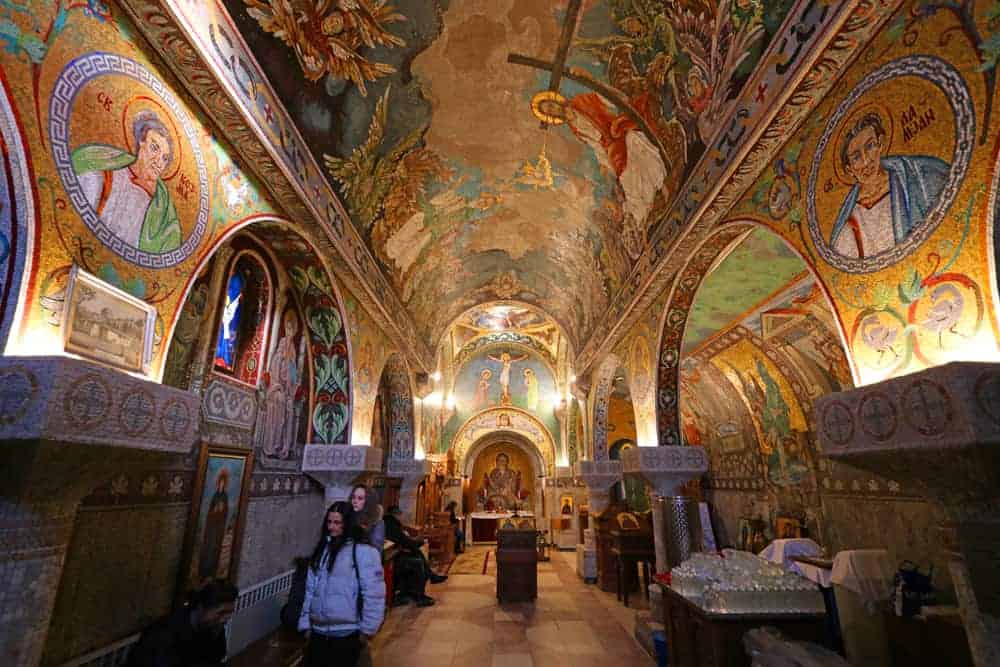
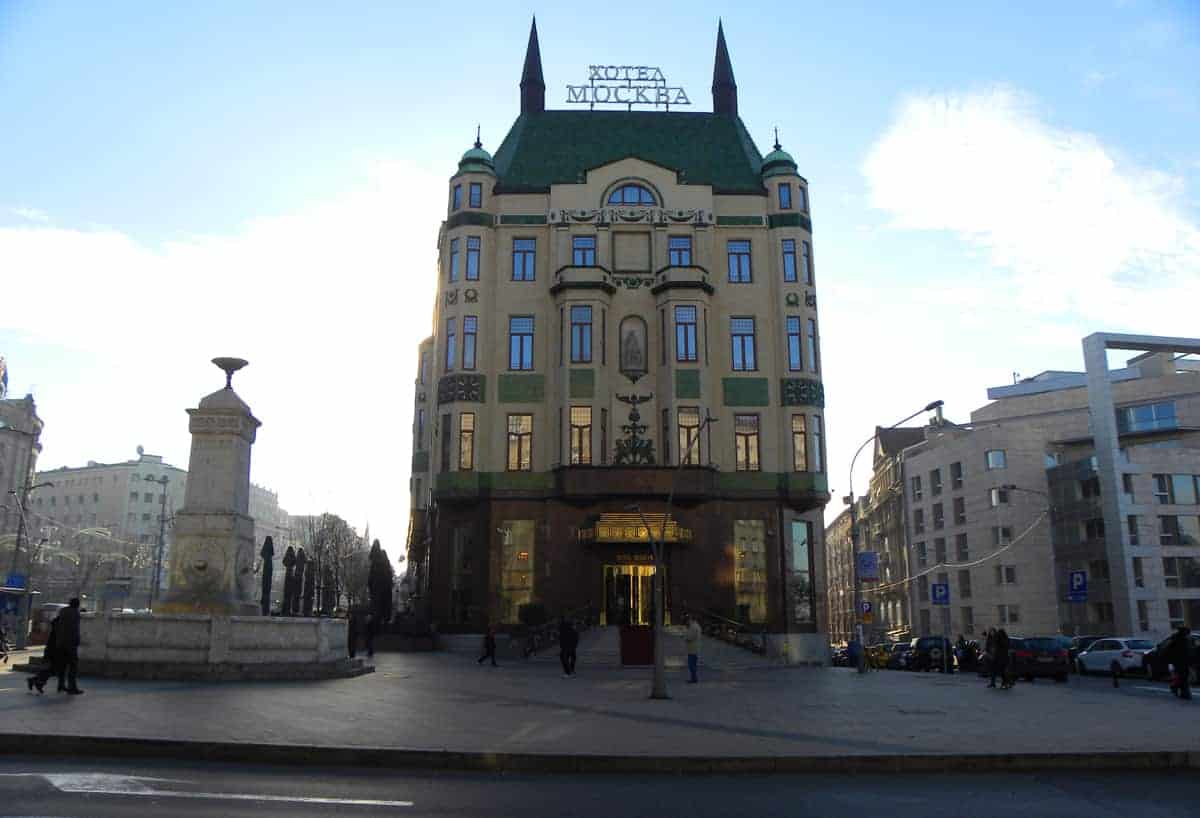
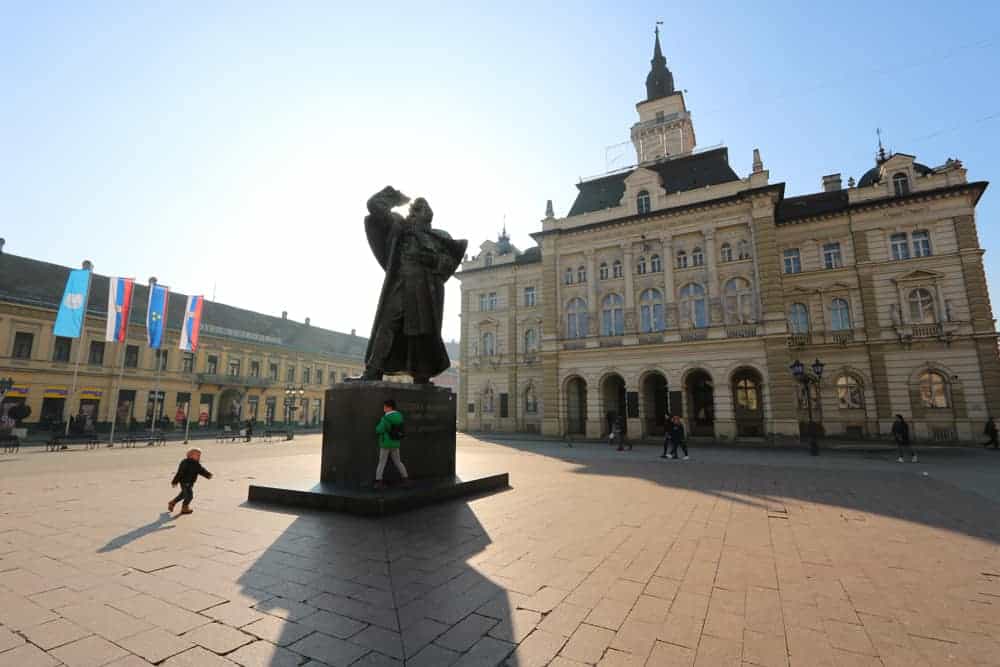

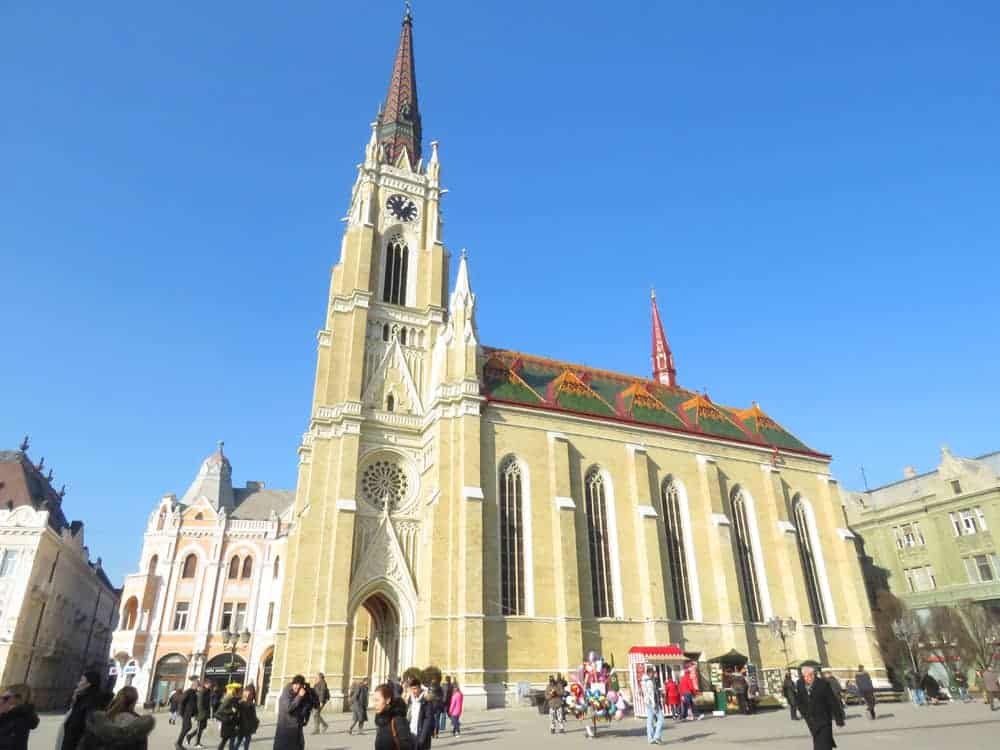
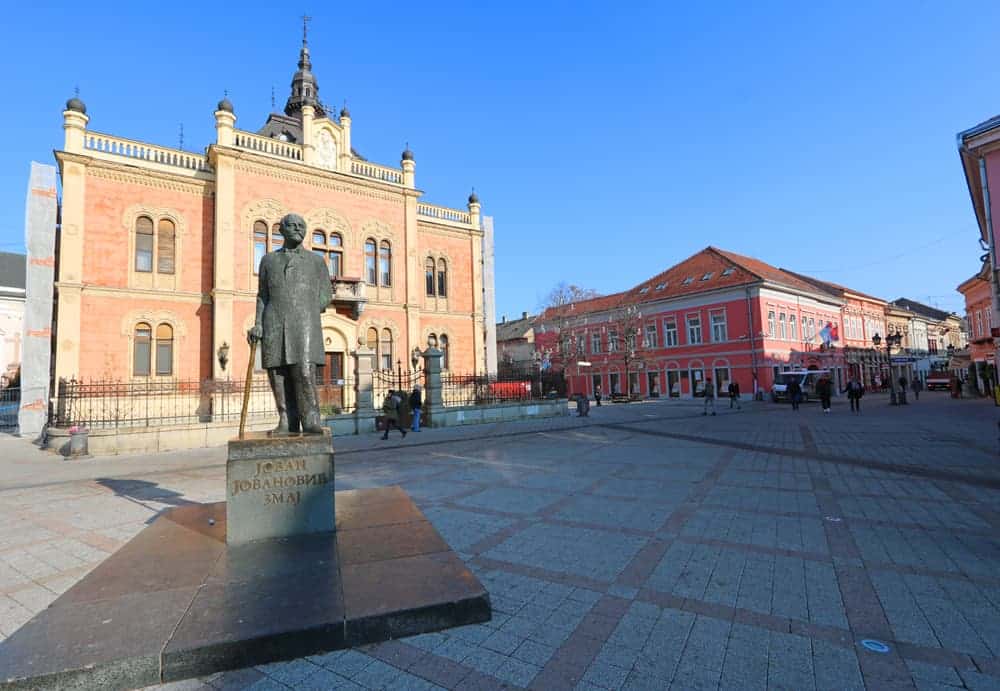
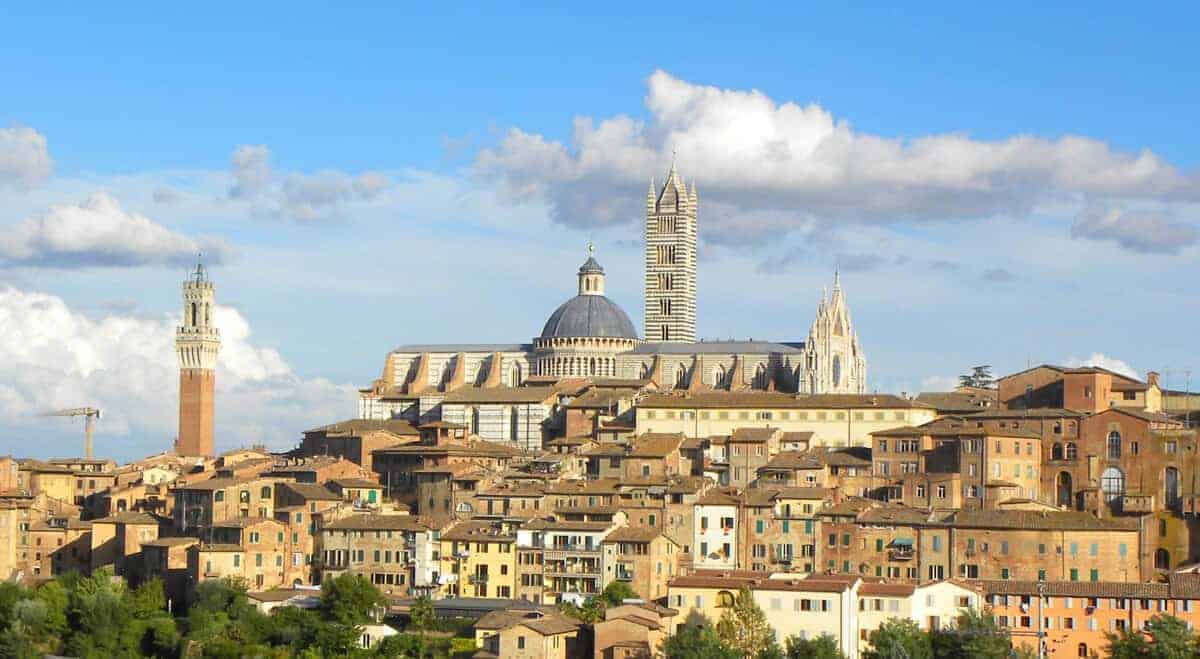
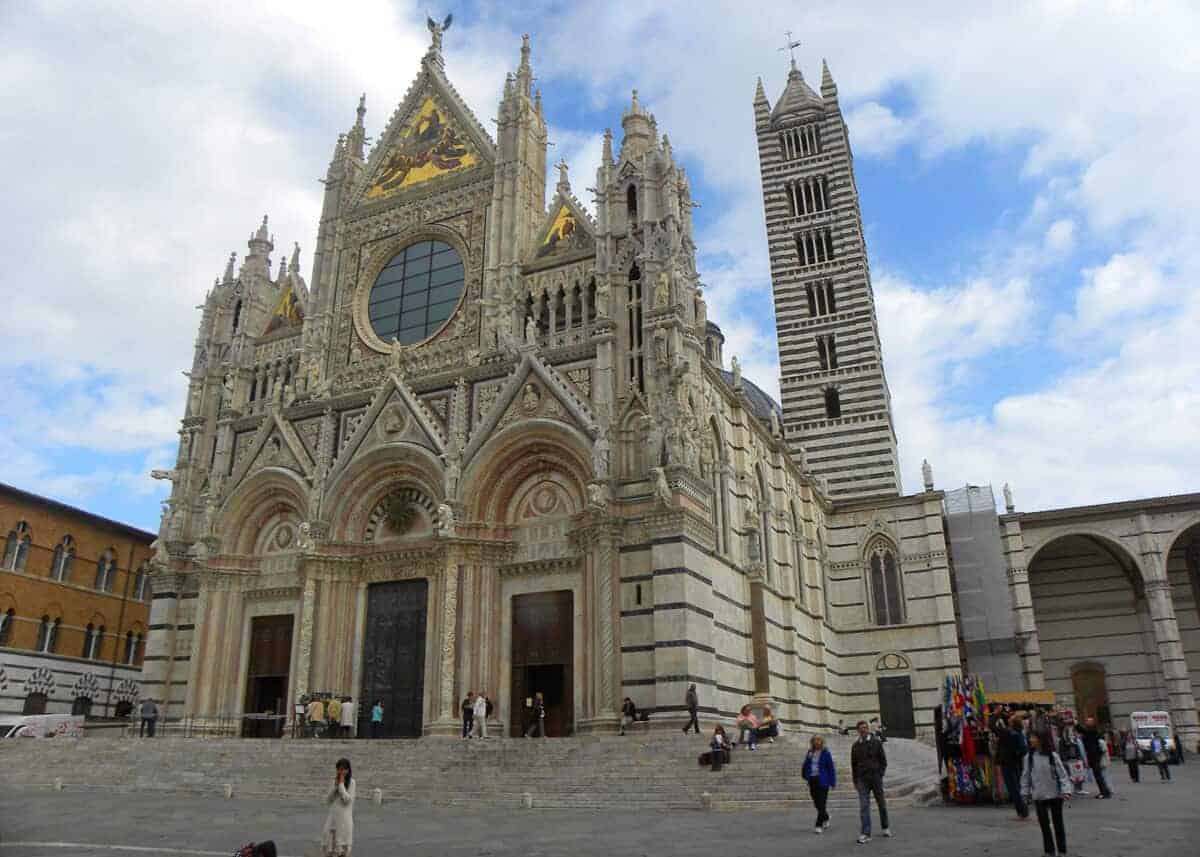
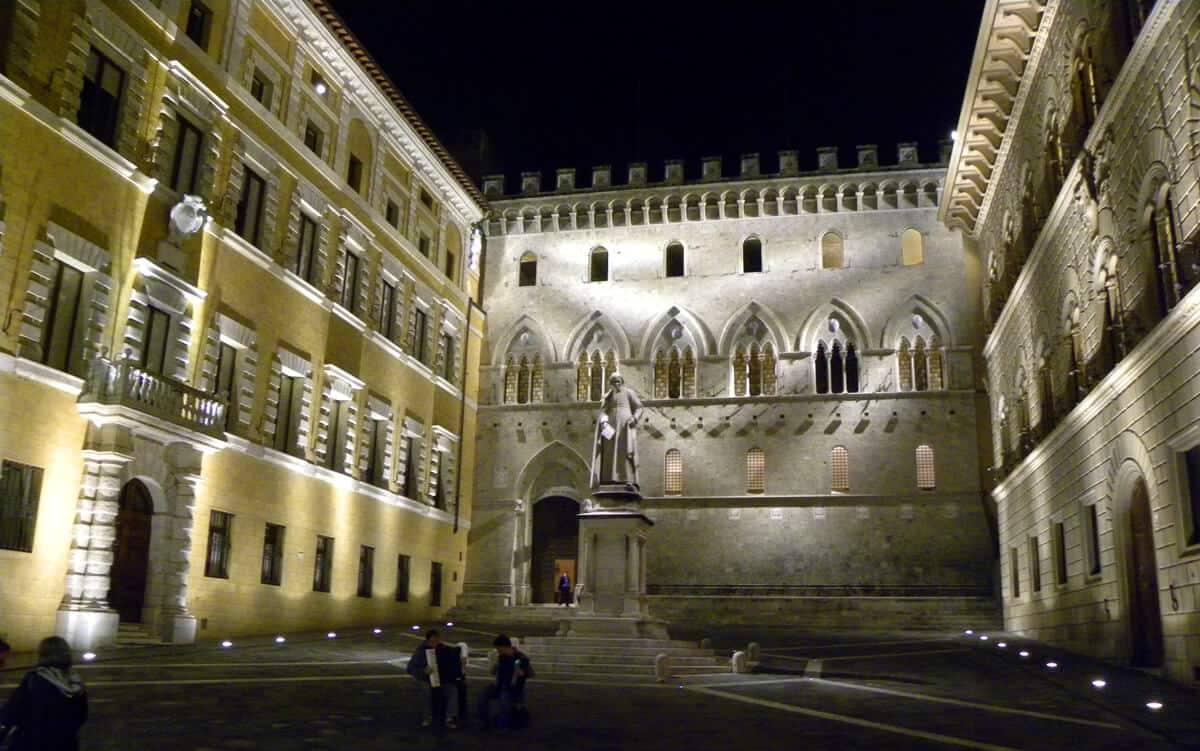
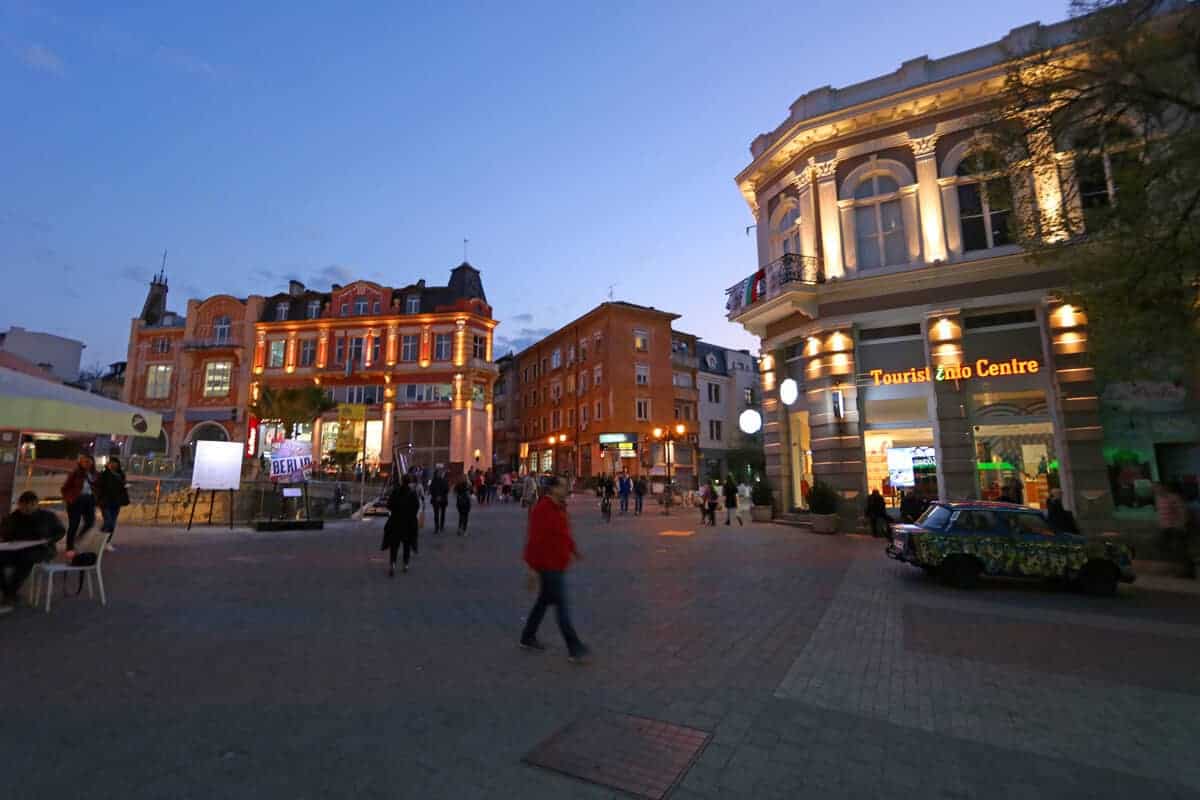
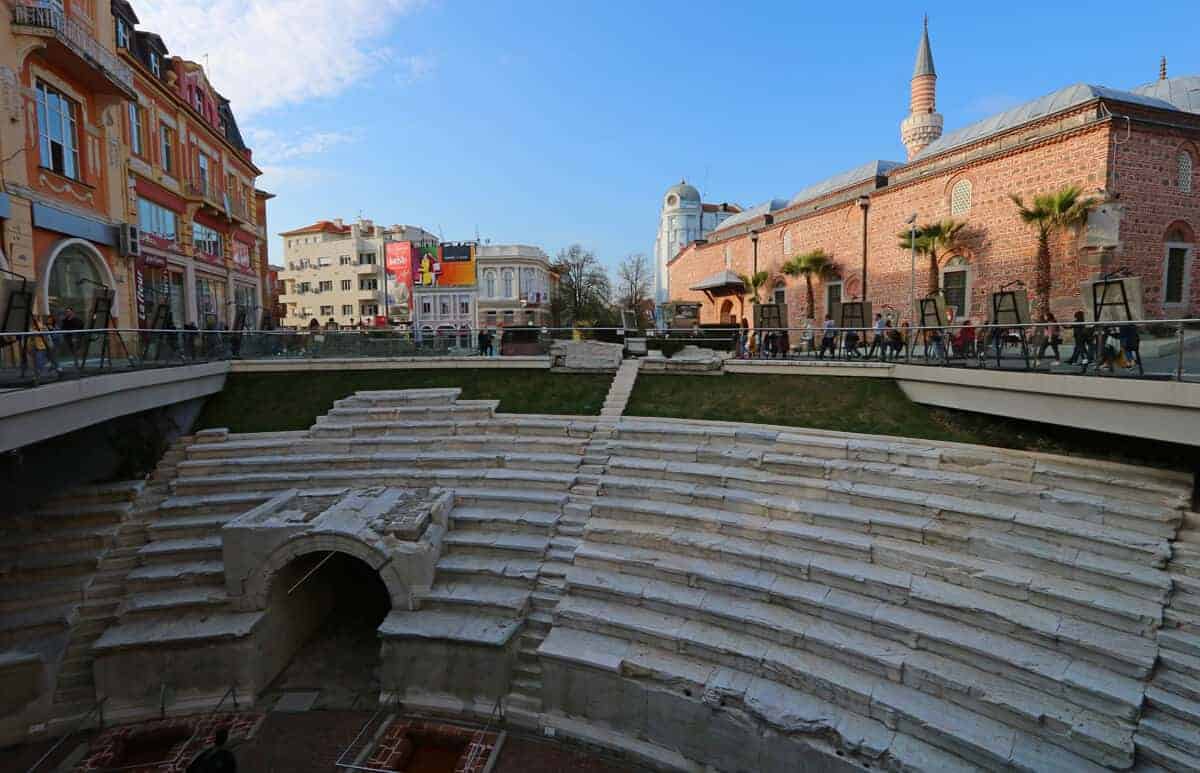
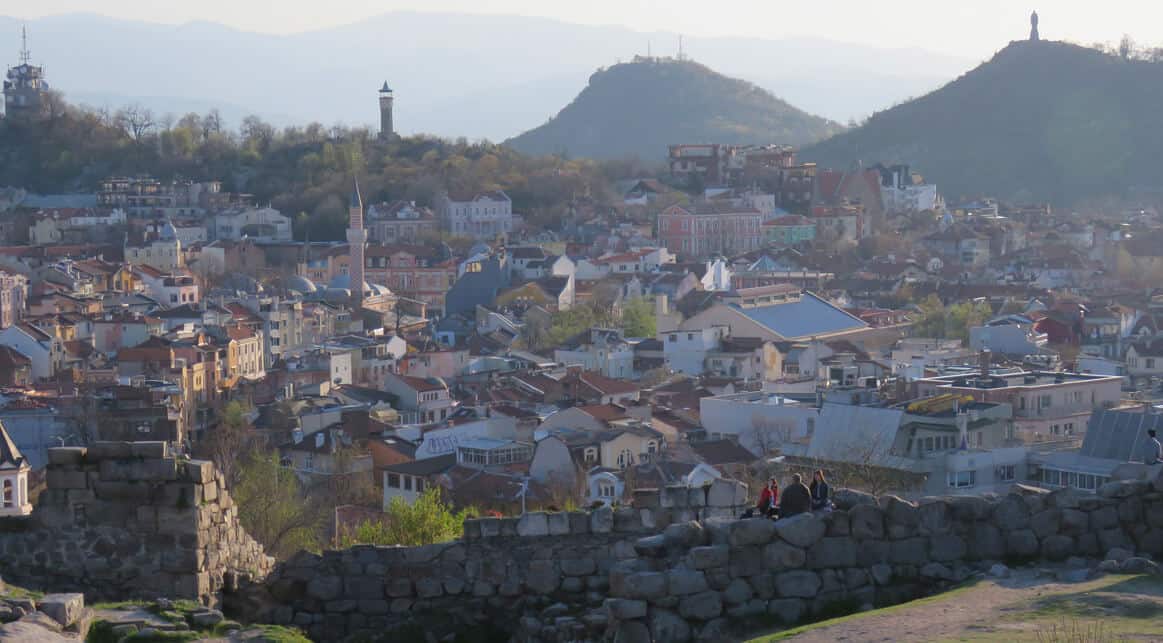
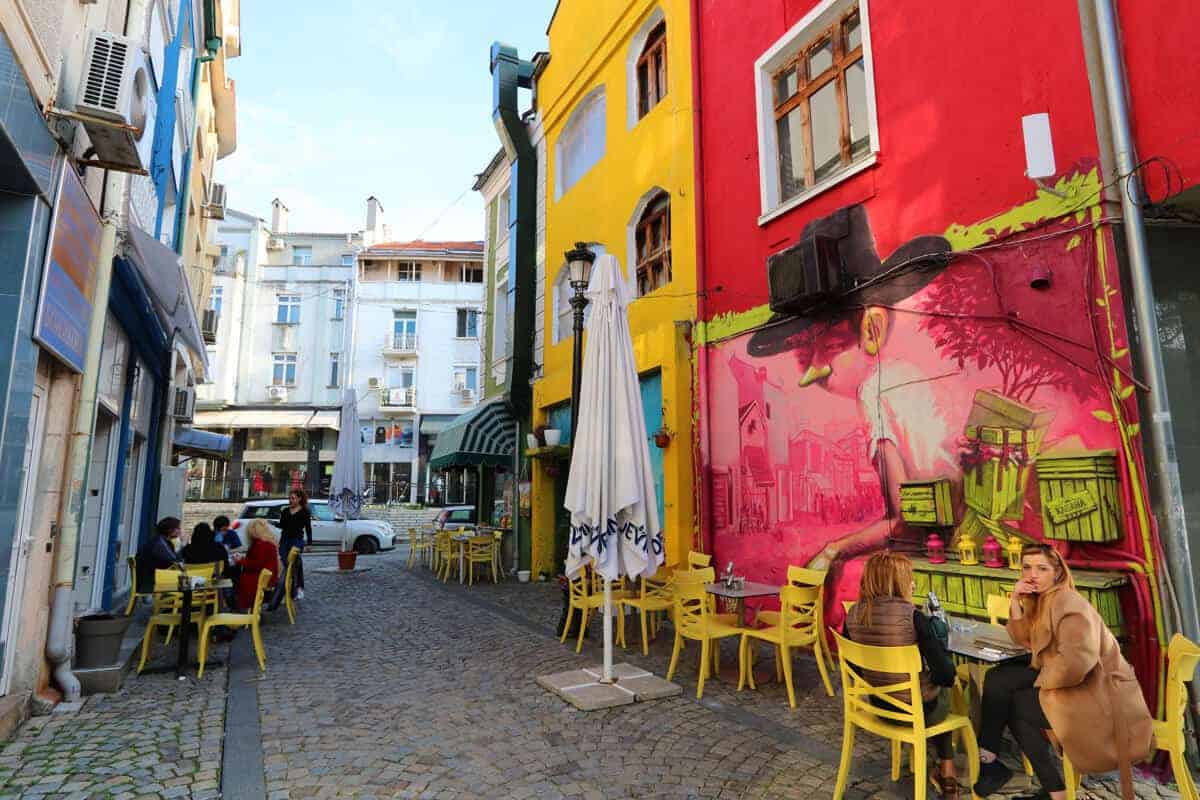
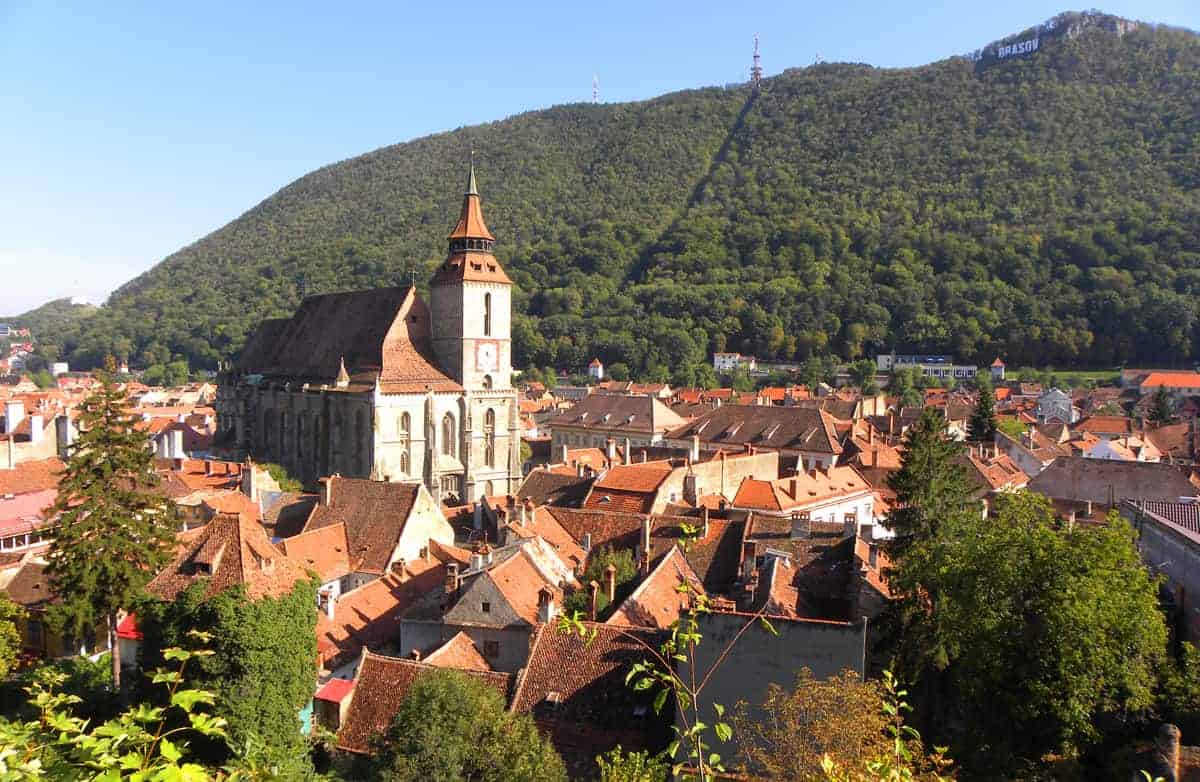
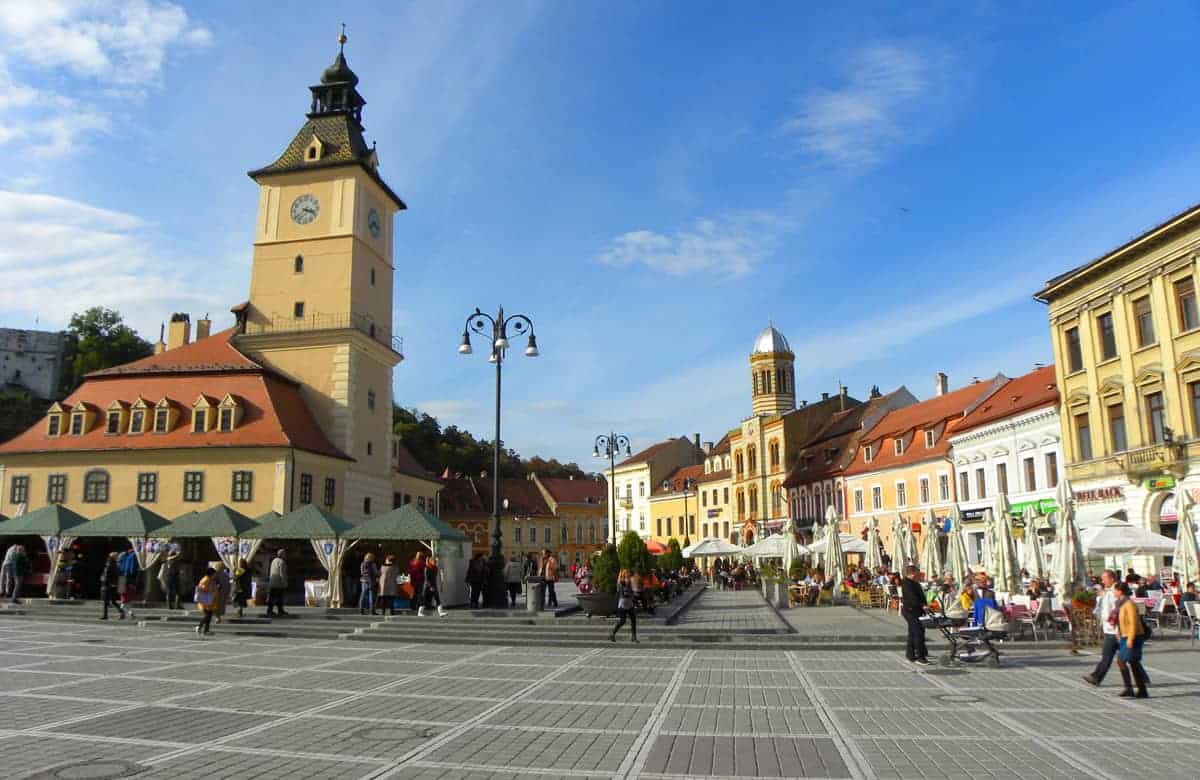
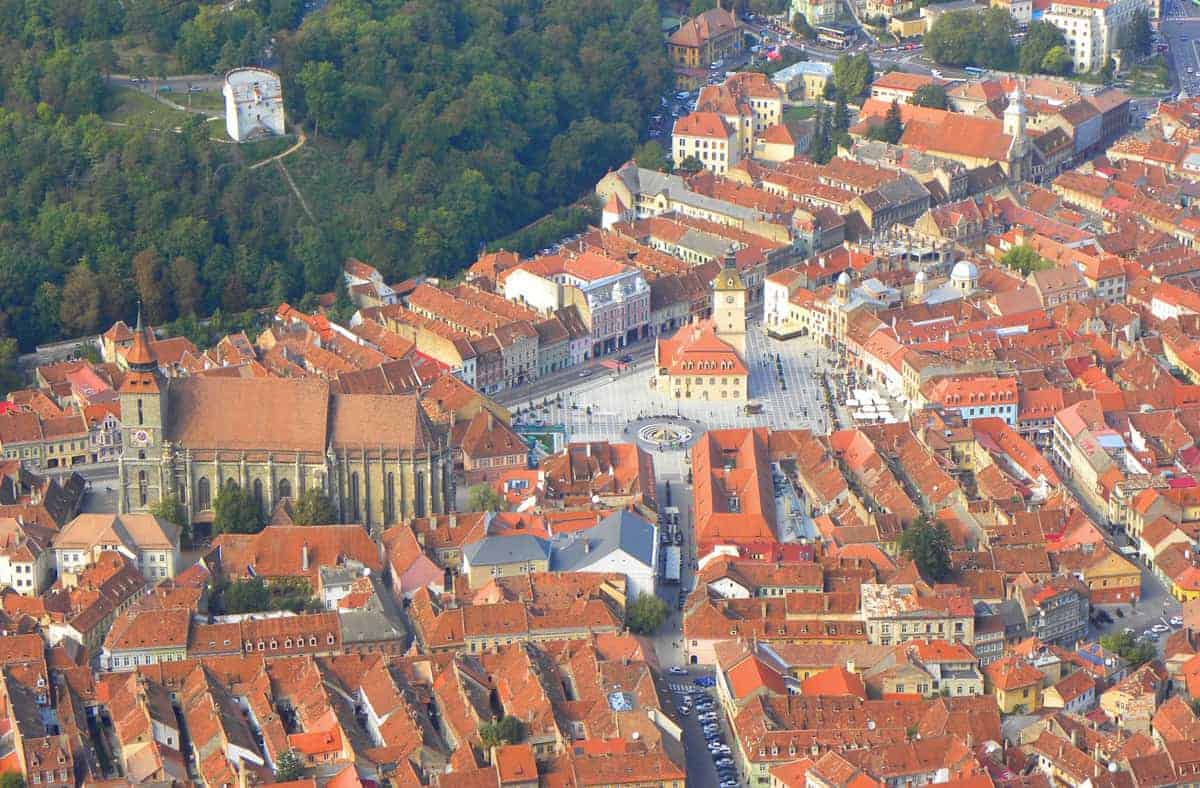
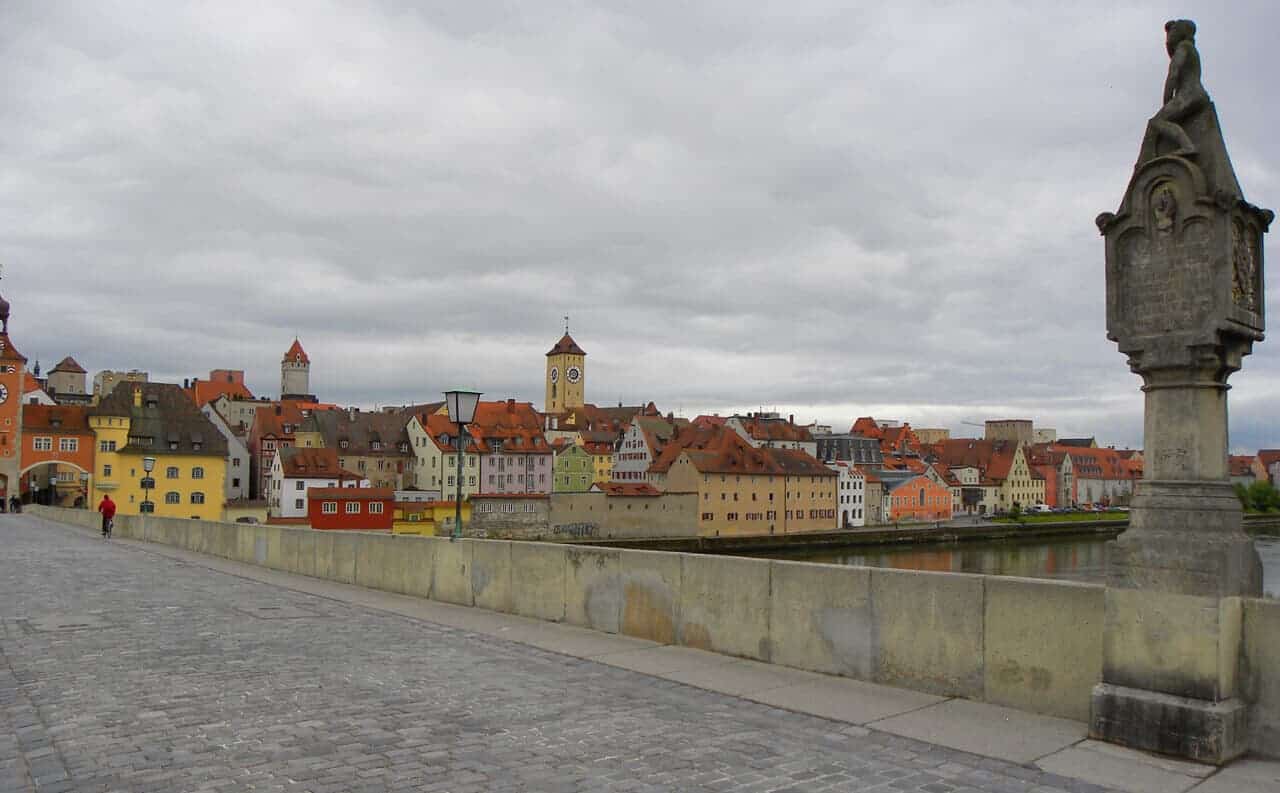
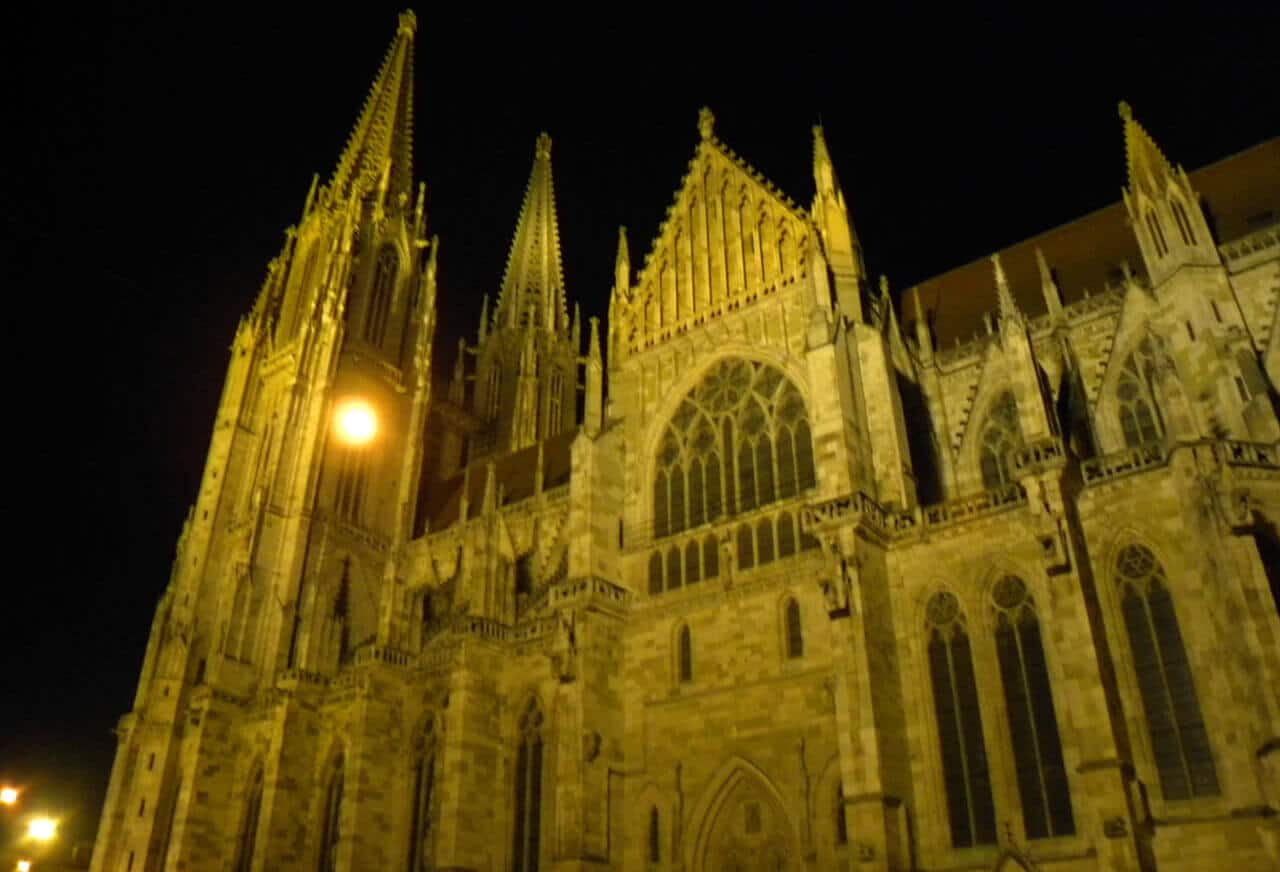
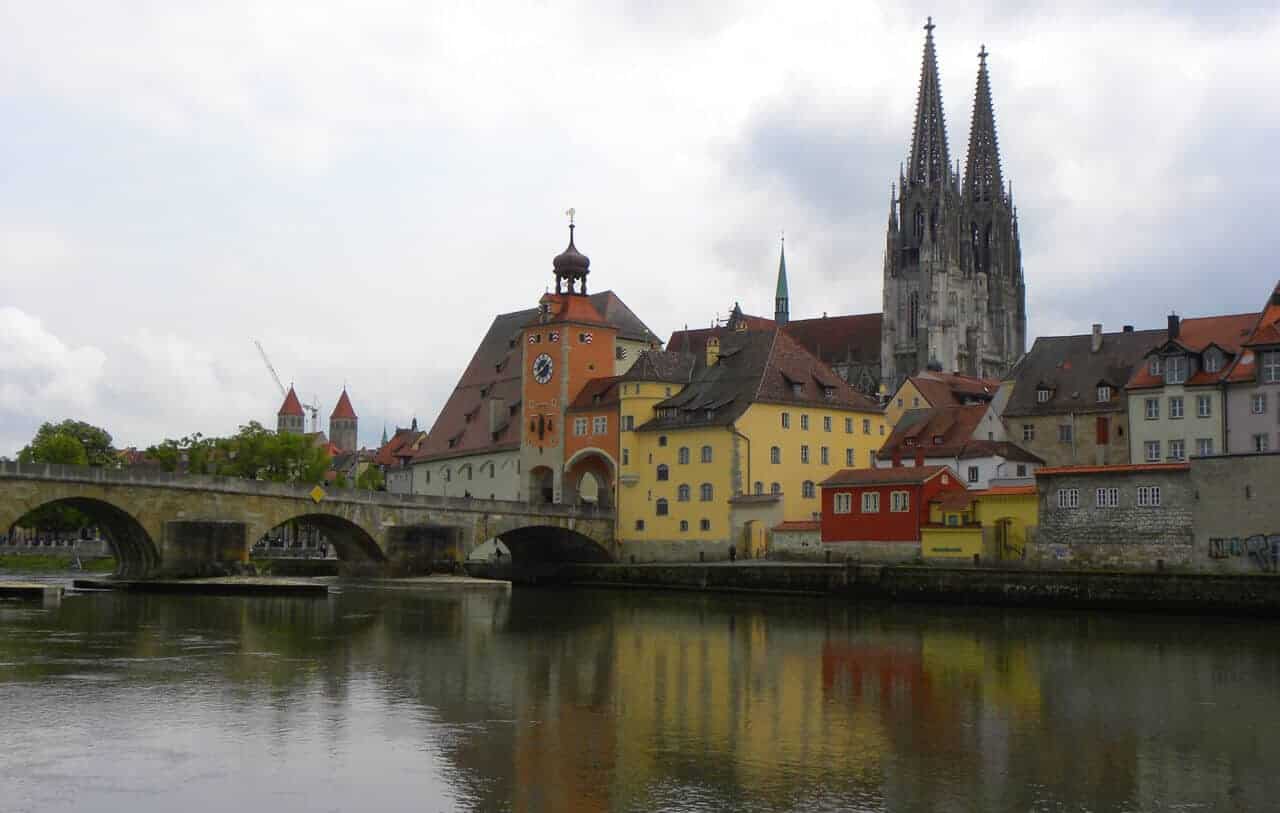
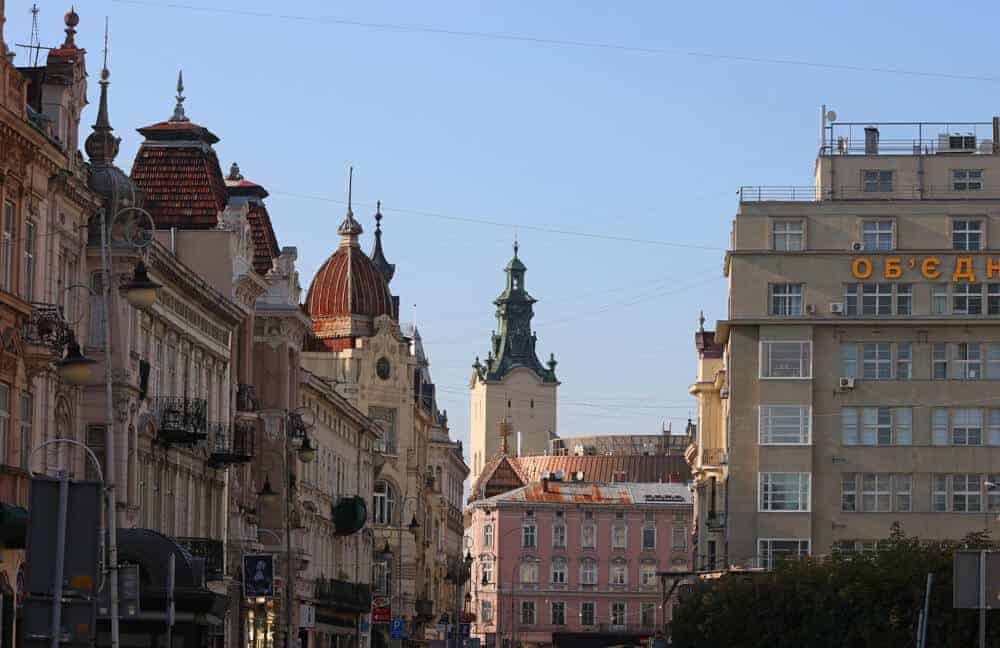
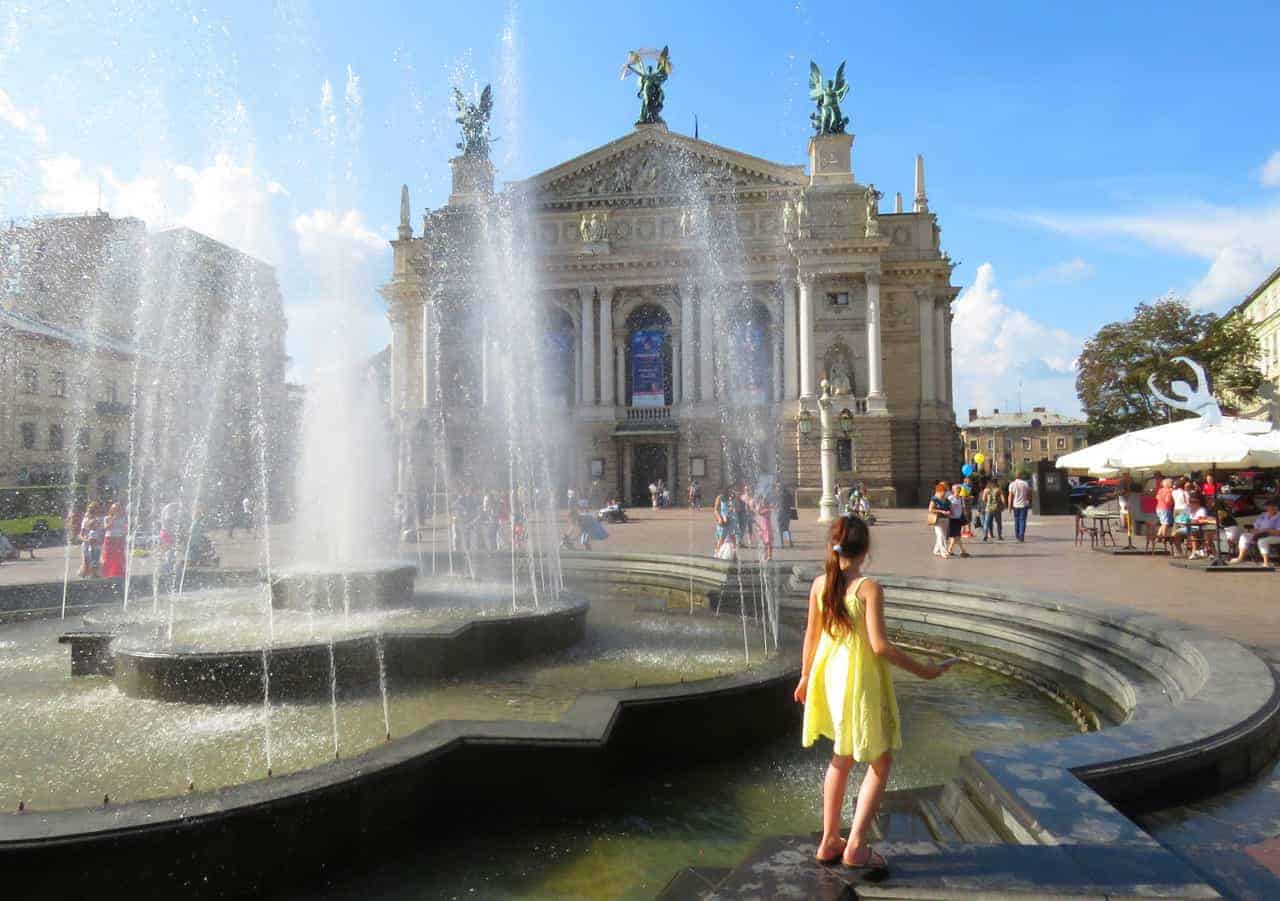
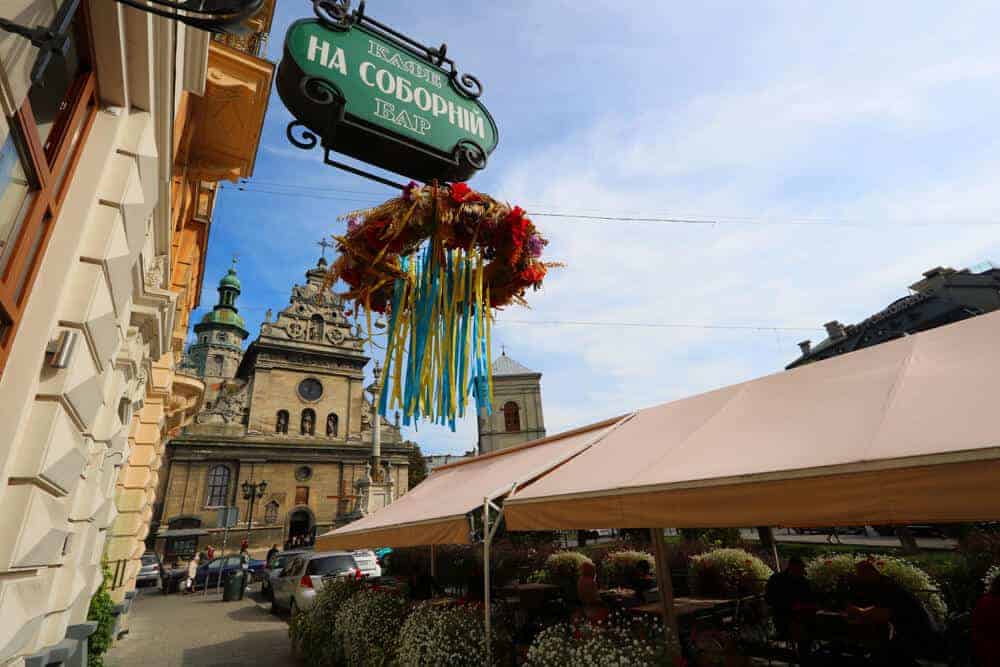
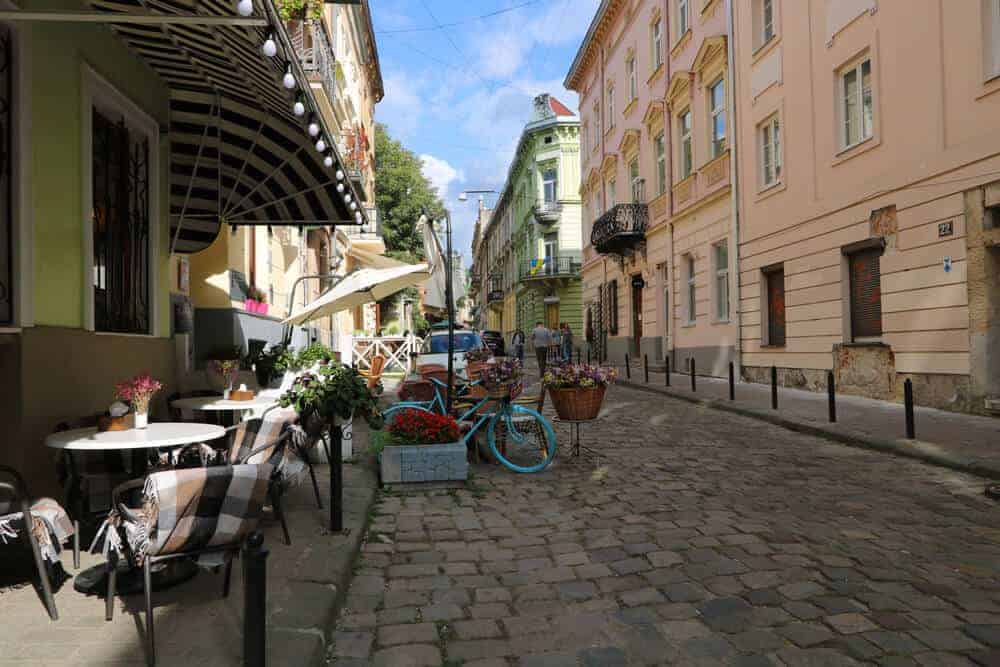

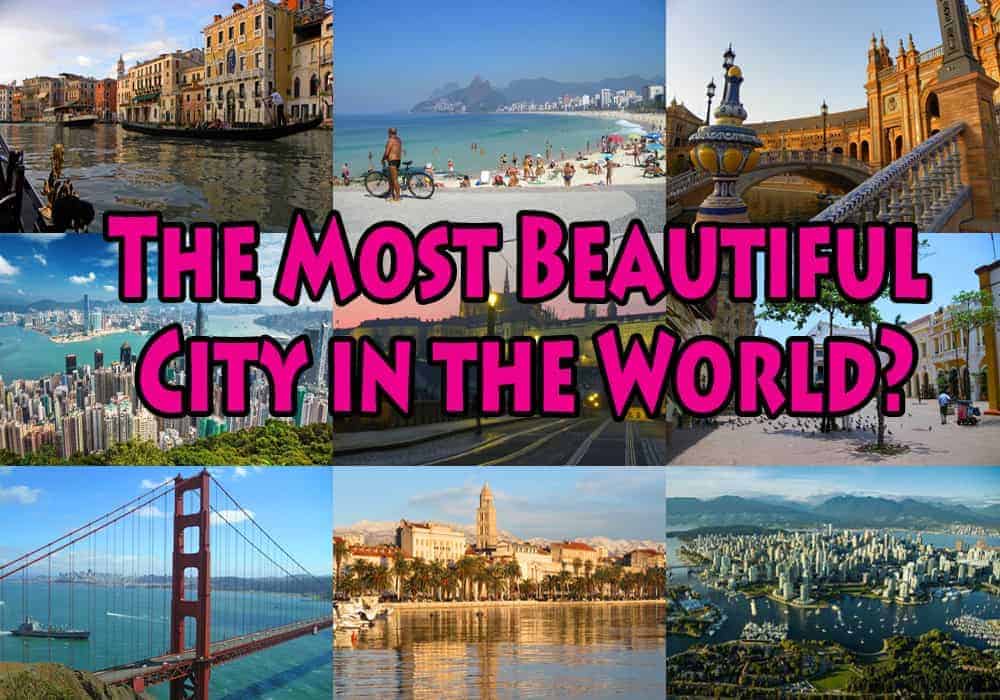

Bremen, Schwerin, Stralsund, the Ruhr conurbation (City of Culture 2010), Belfast, Bristol, Liverpool, Birmingham, Le Havre.
And, if you can have Segovia, Siena and Burgos (I don’t think their qualities are underrated), I can have Oslo, Cáceres and Toulouse.
Ghent, Belgium
Avignon, France
Aarhus, Denmark
Visby, Sweden
Nürnberg, Germany
Leiden, the Netherlands
Thank you RJA!